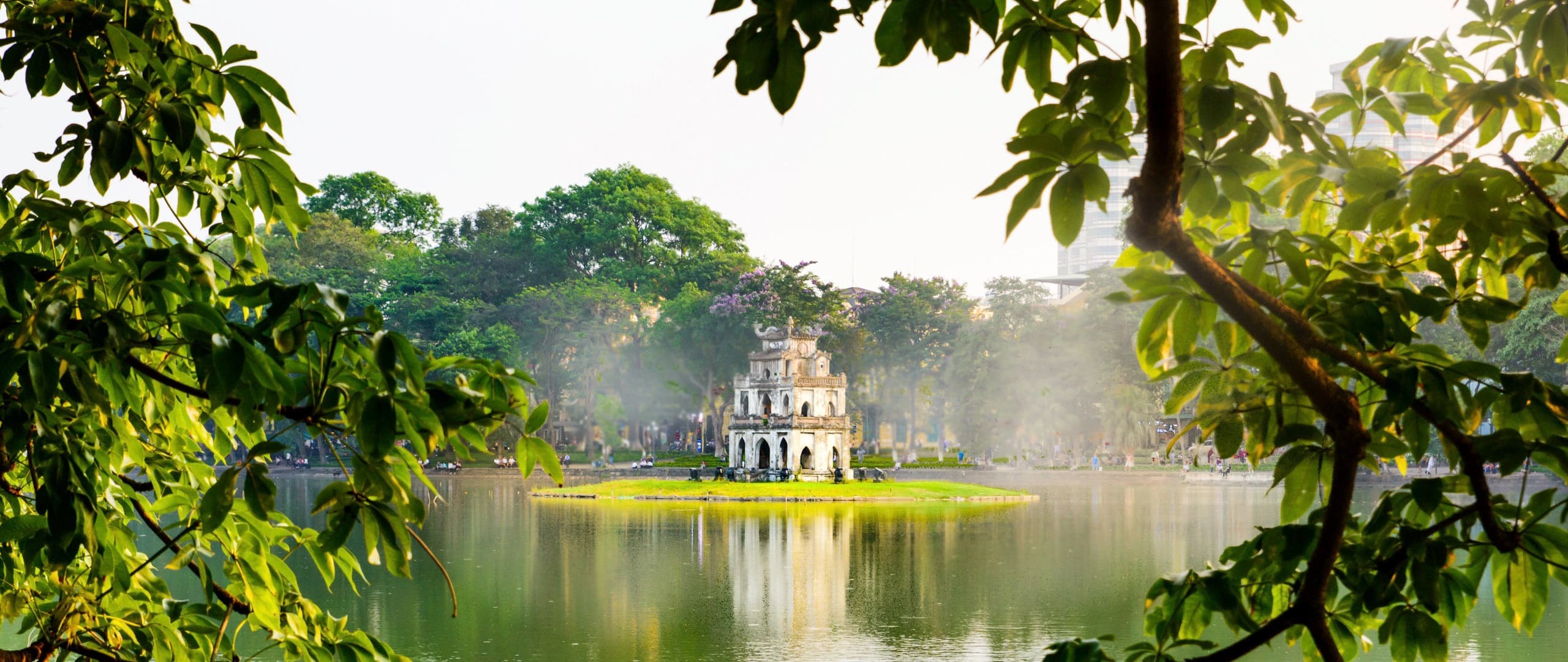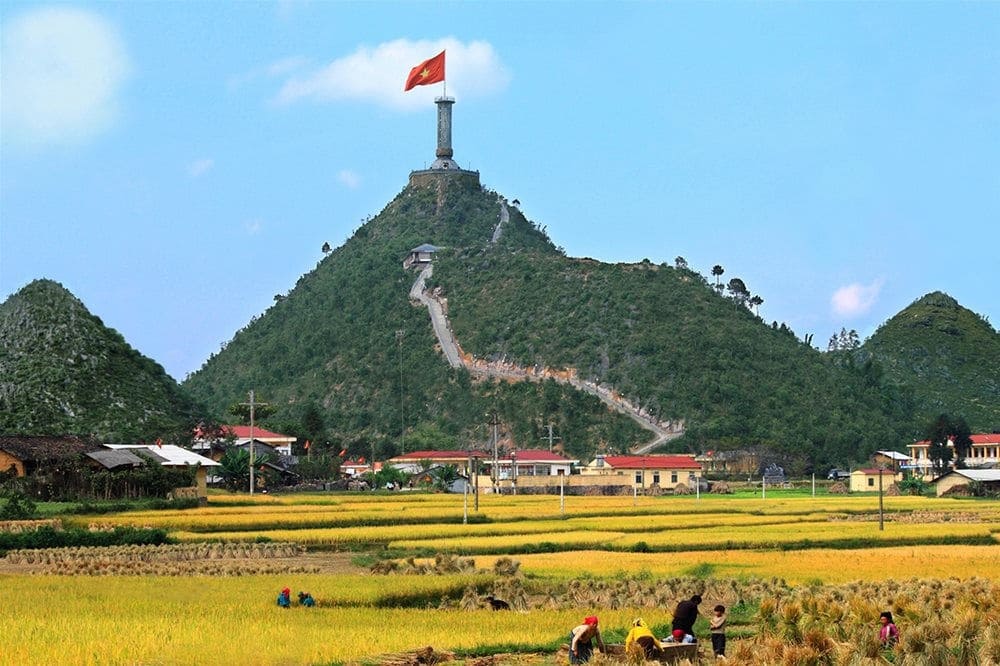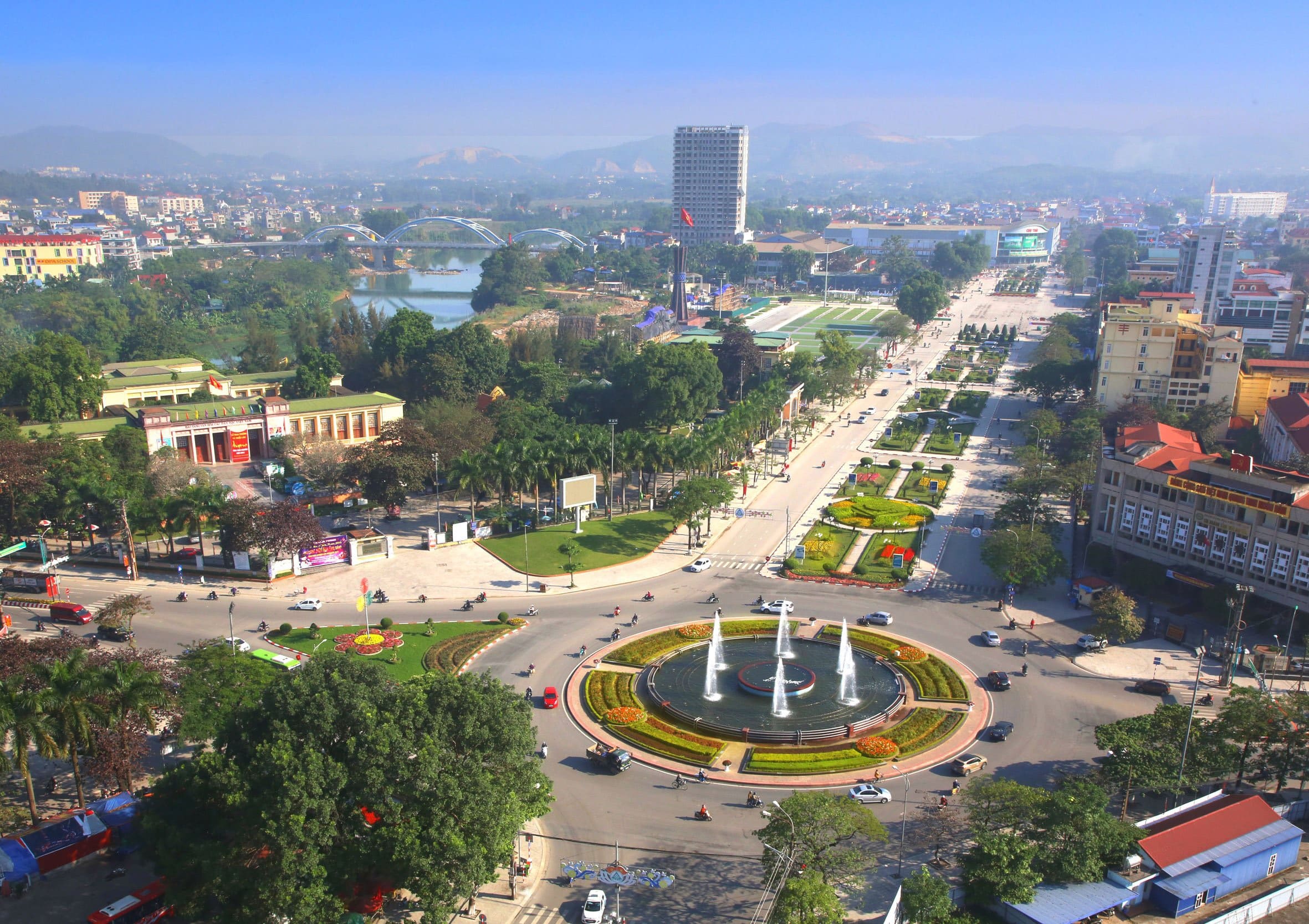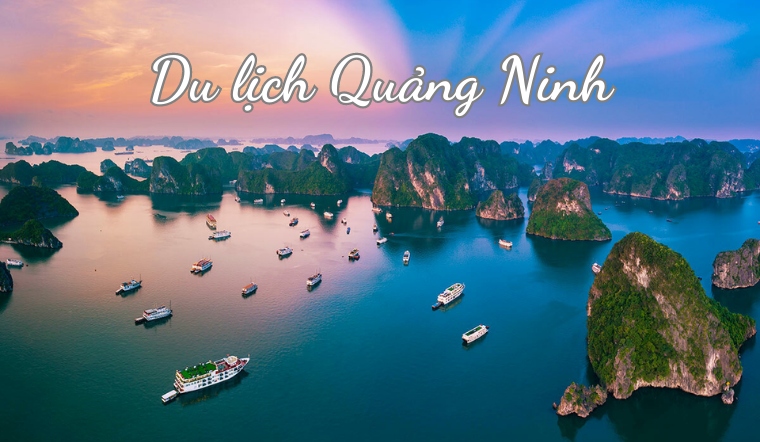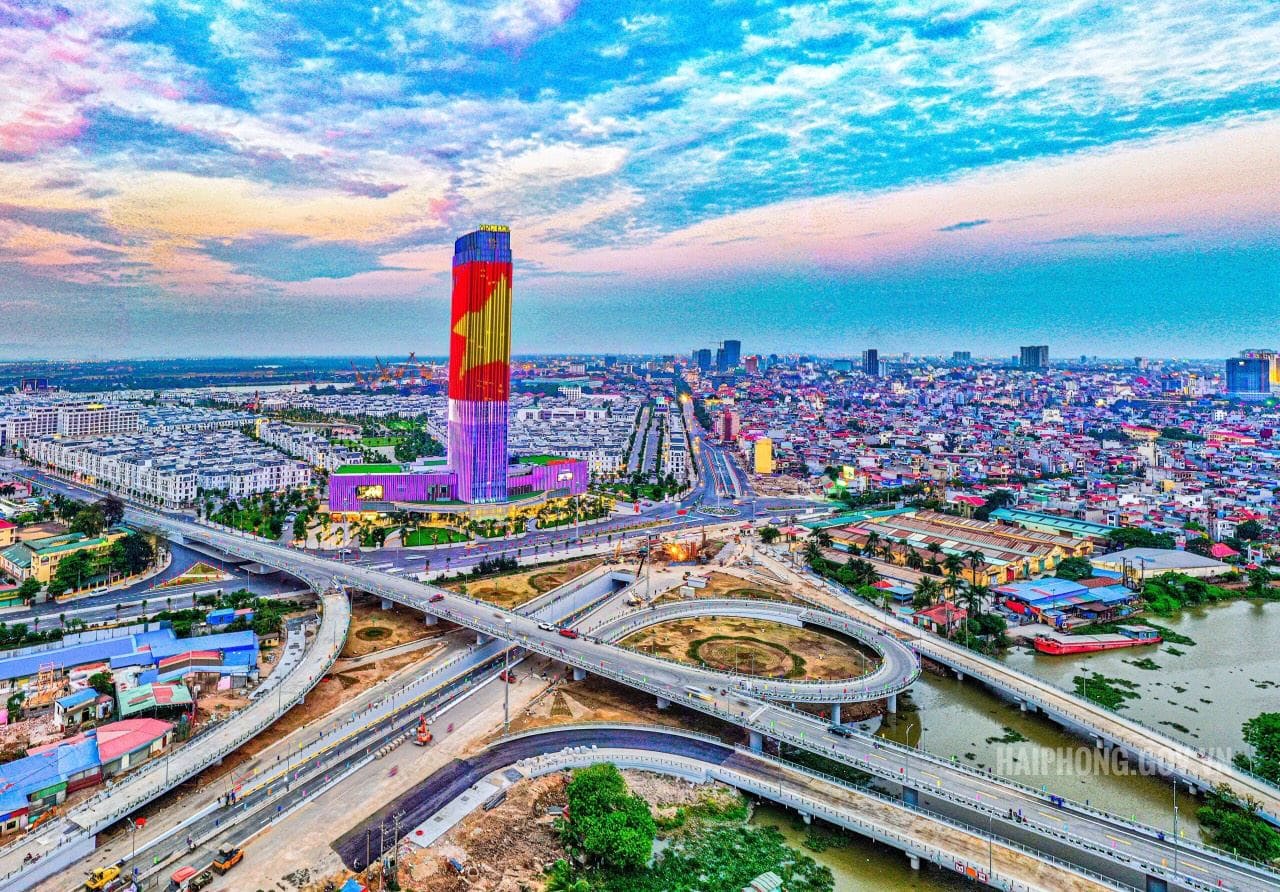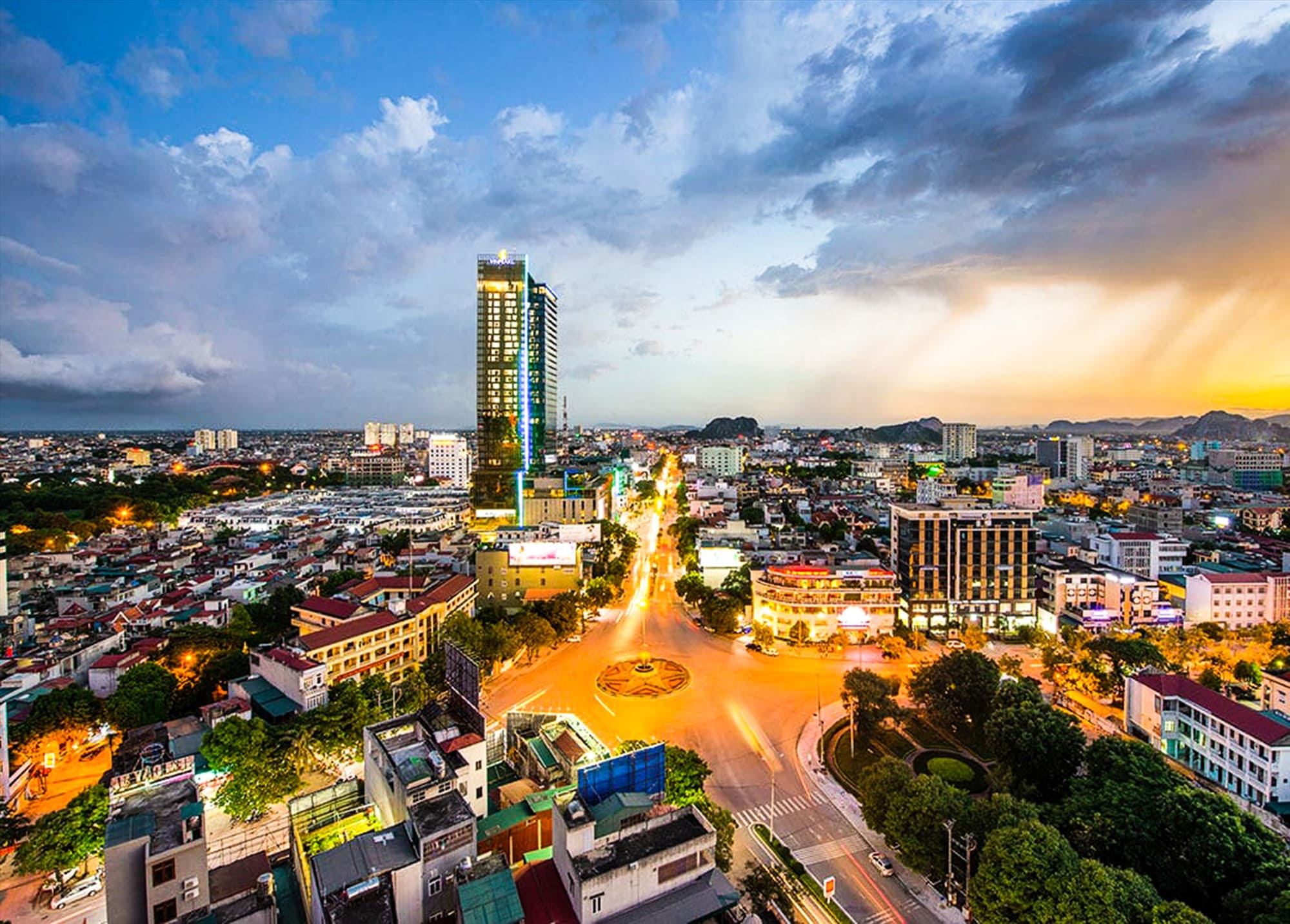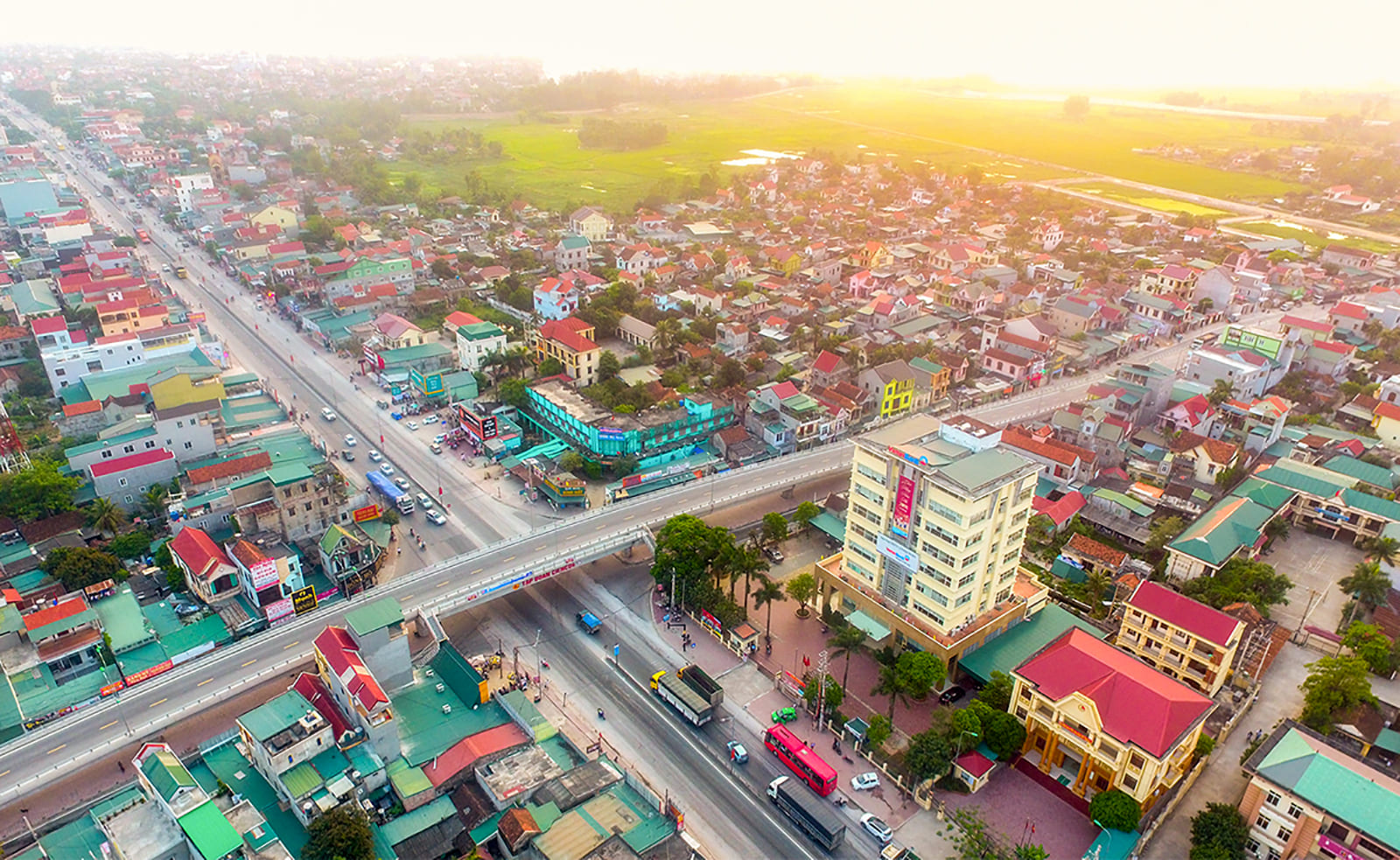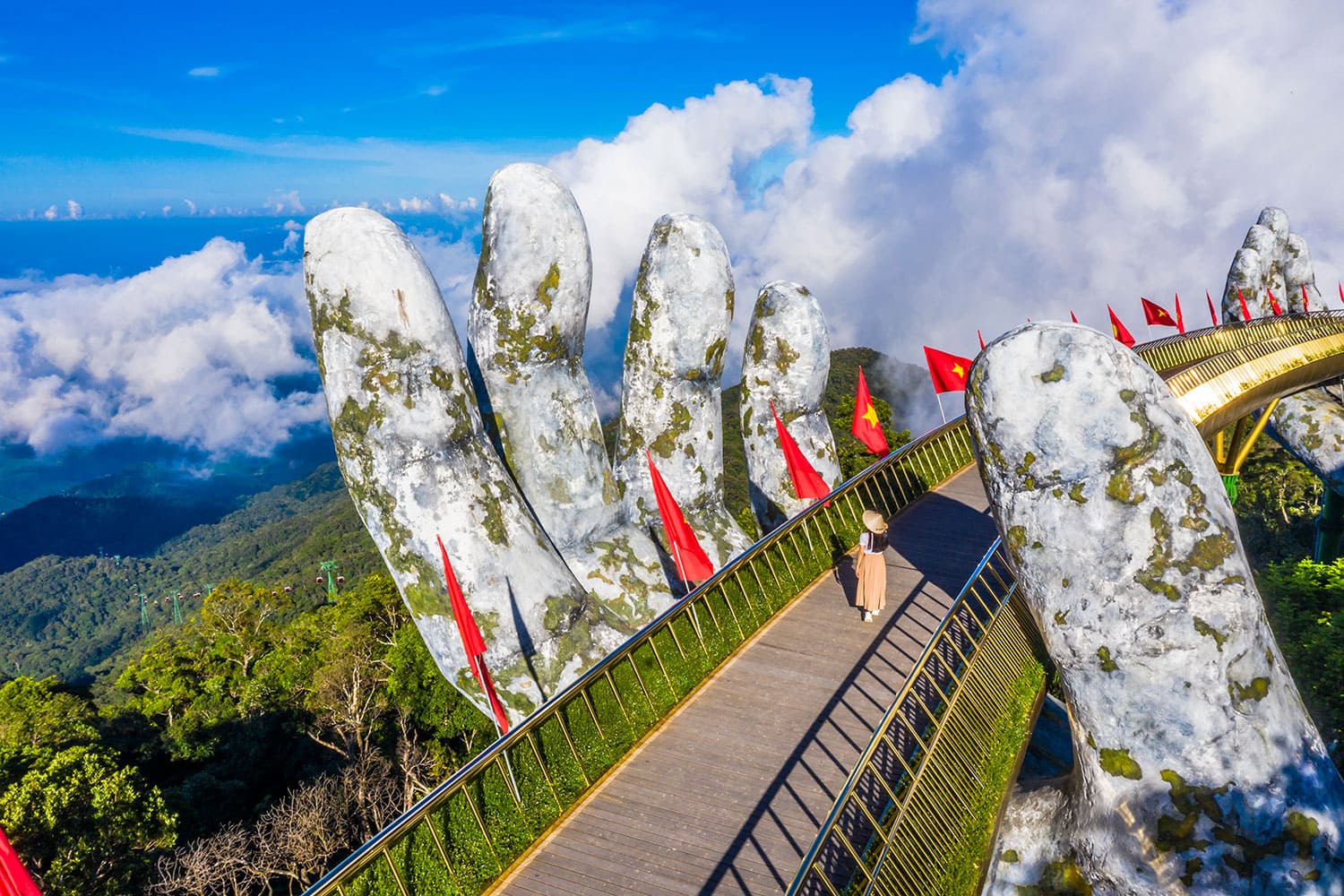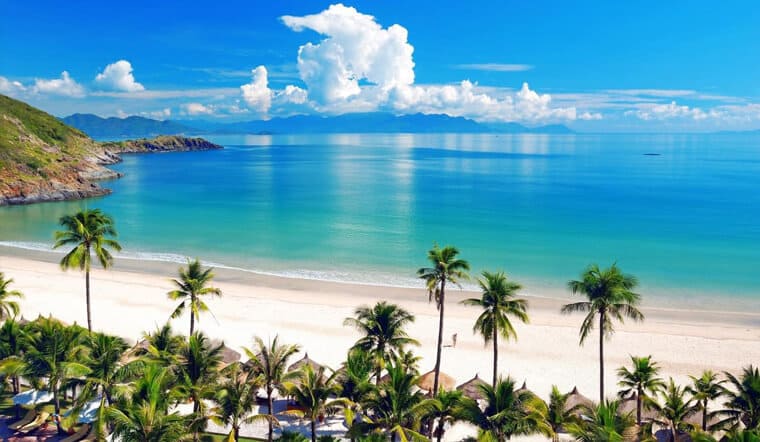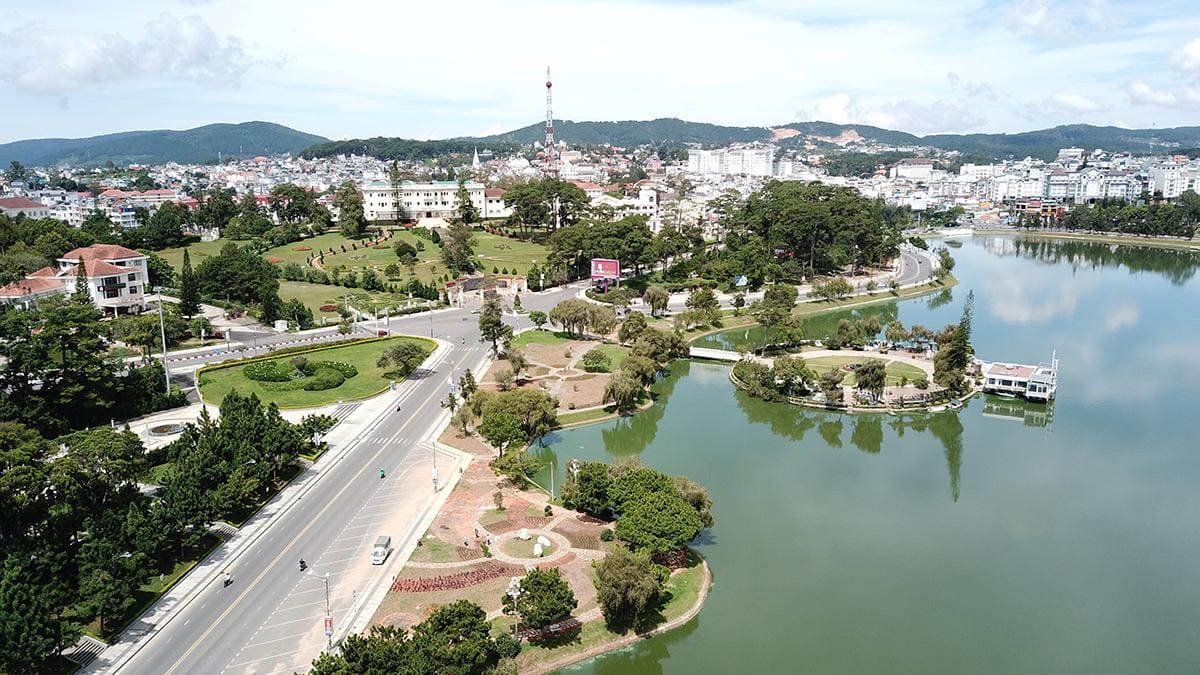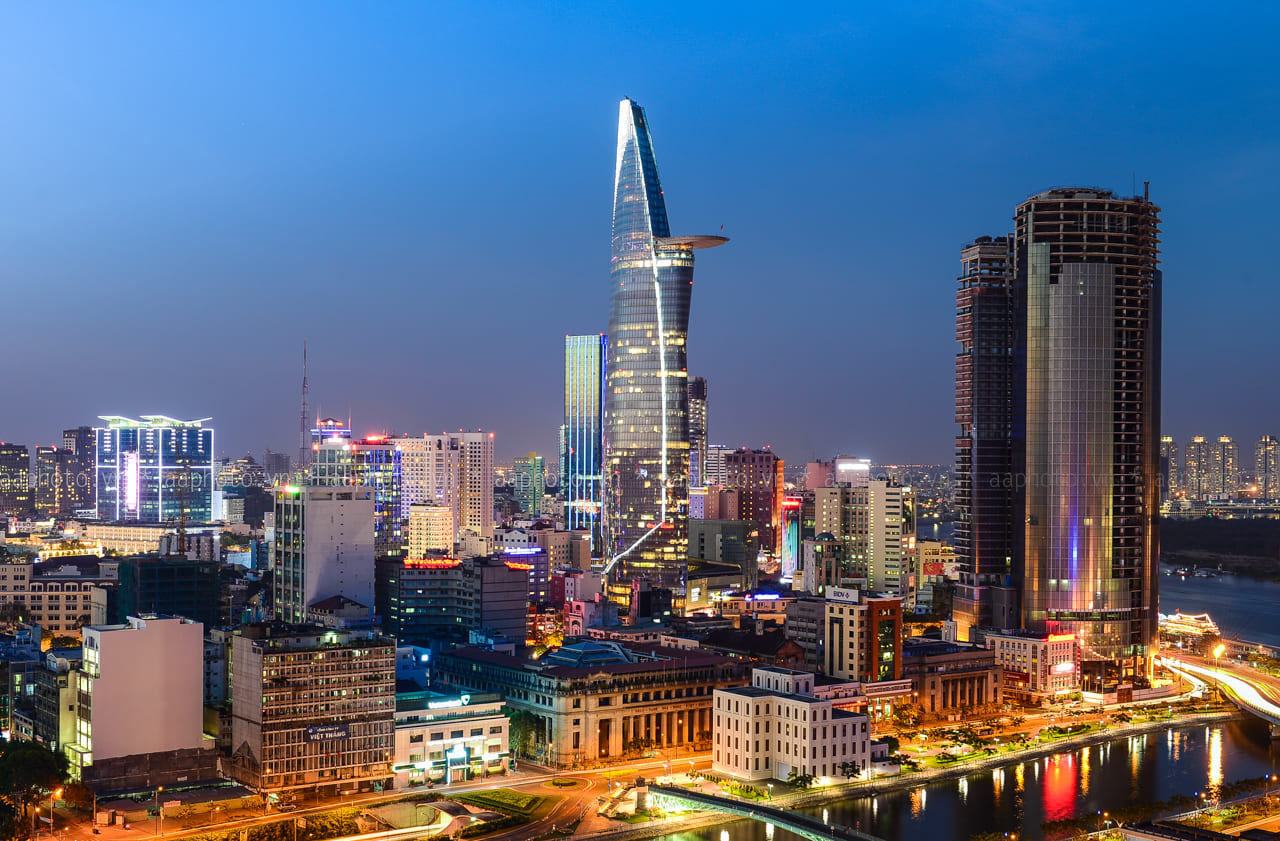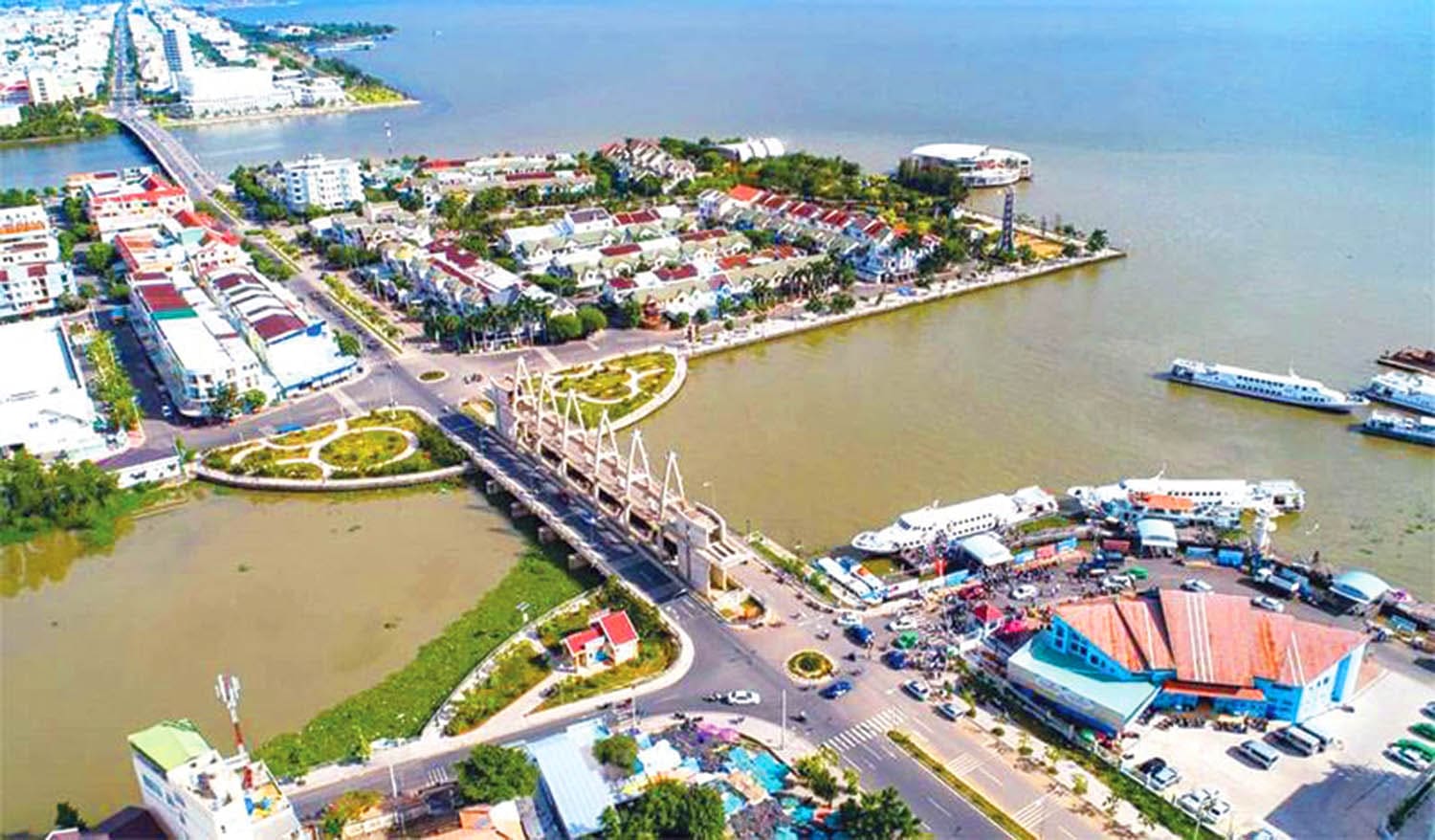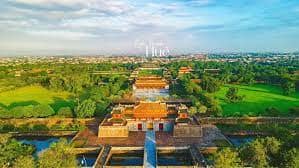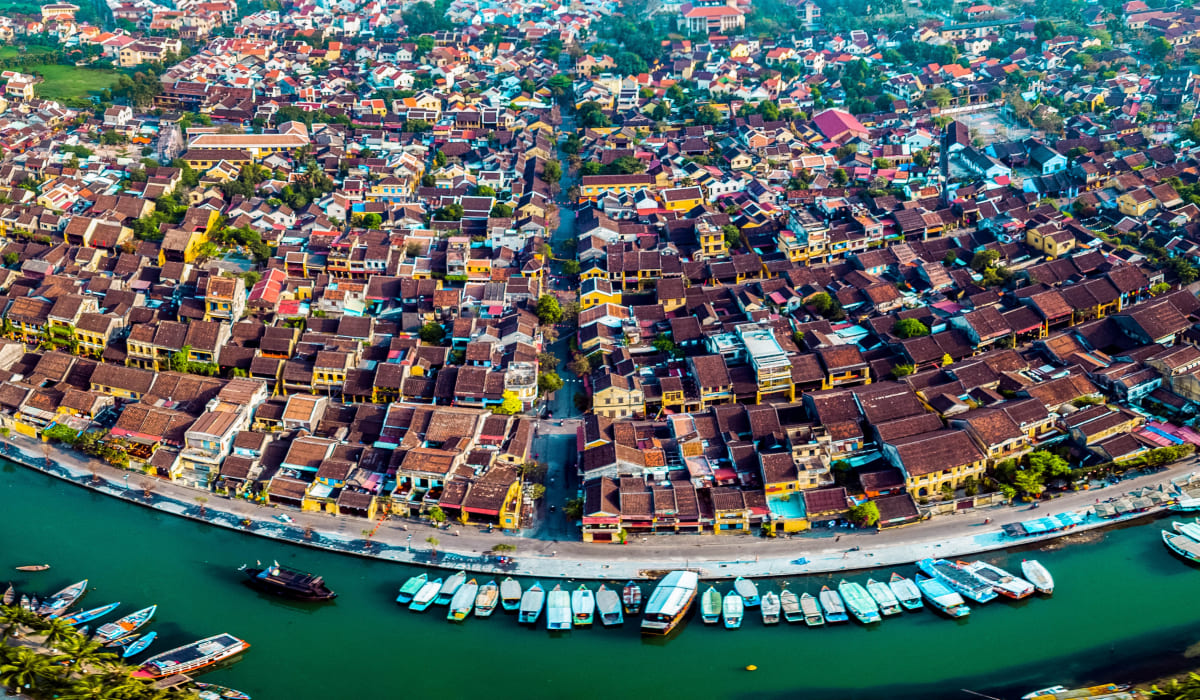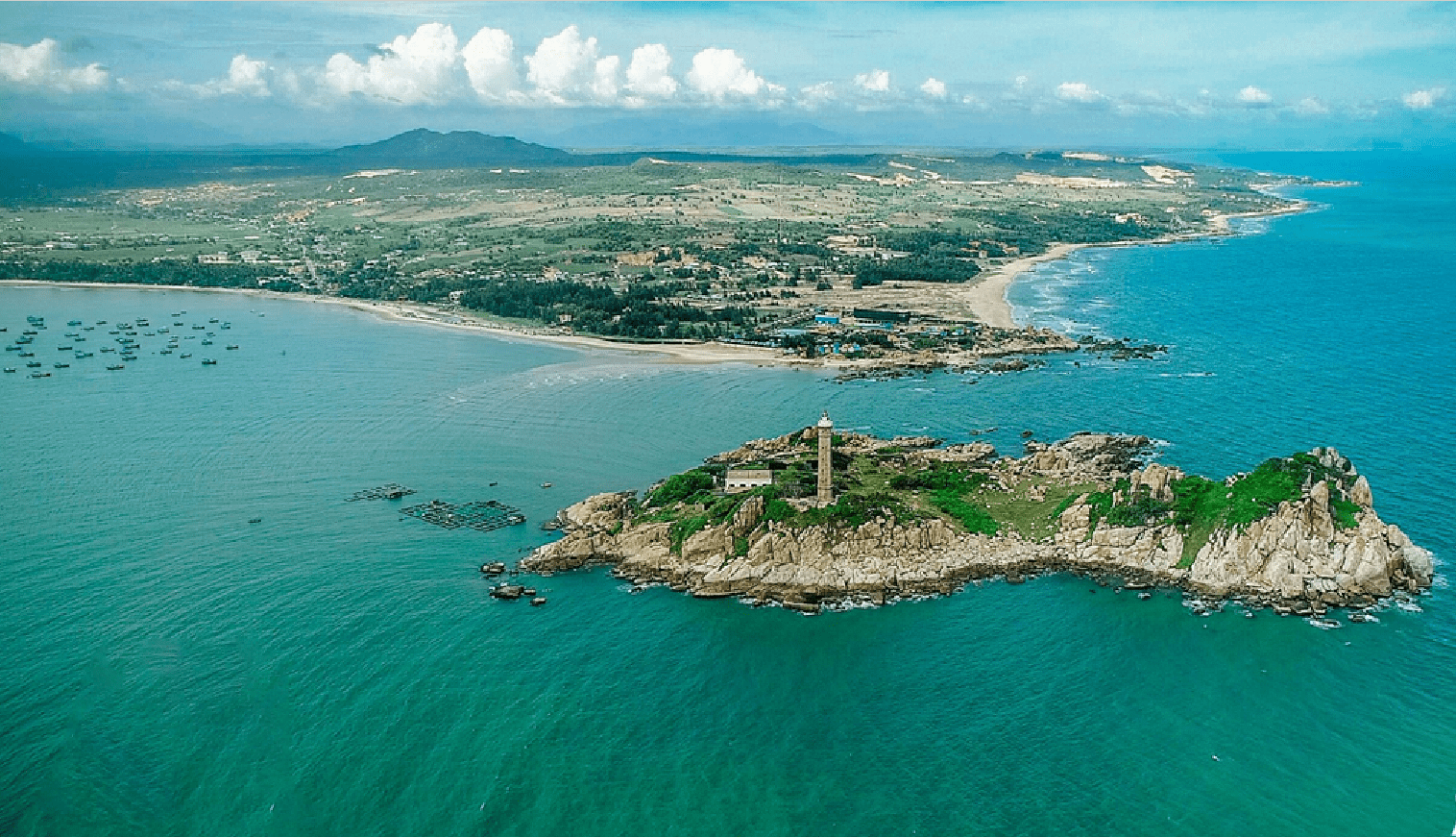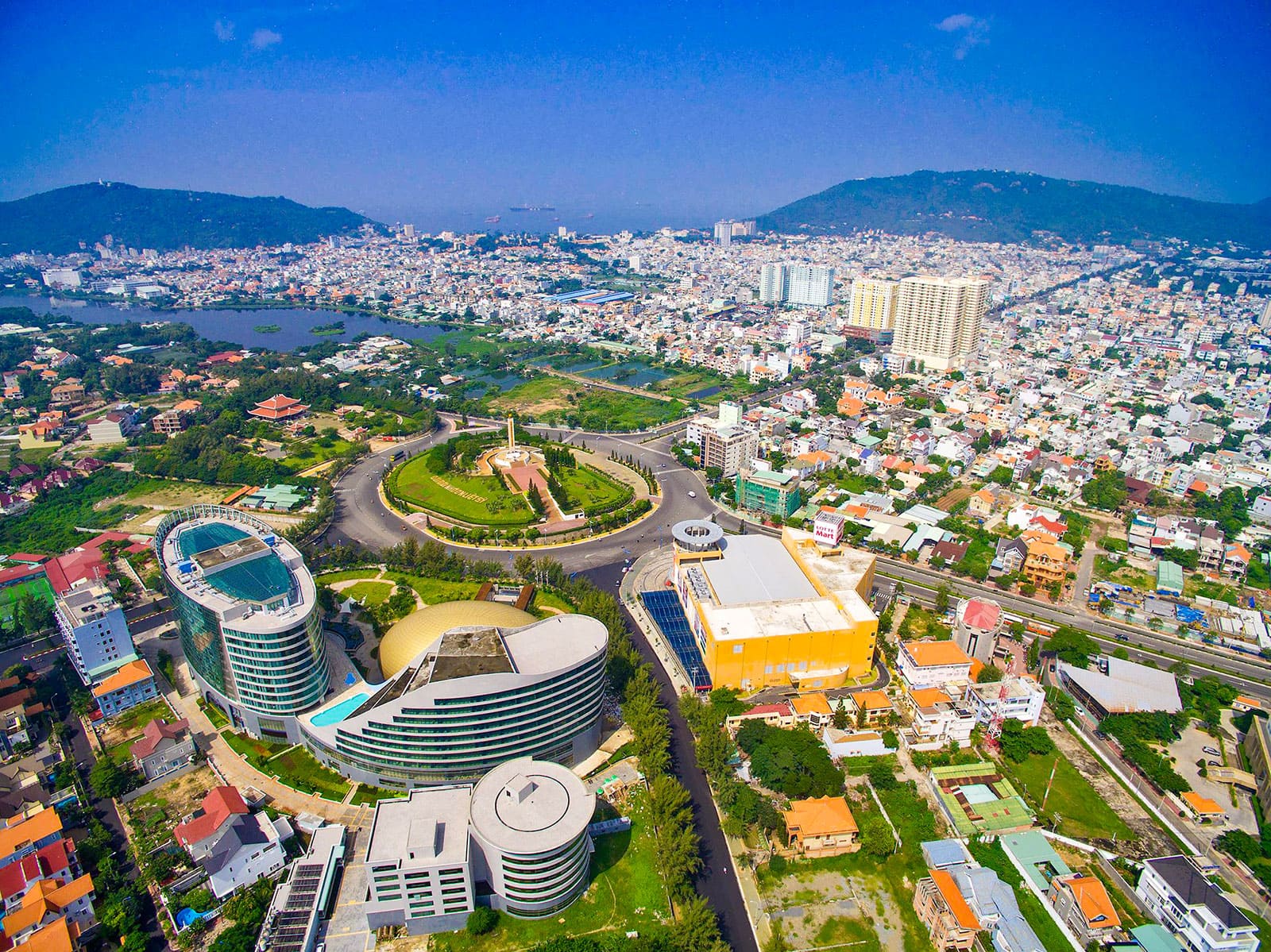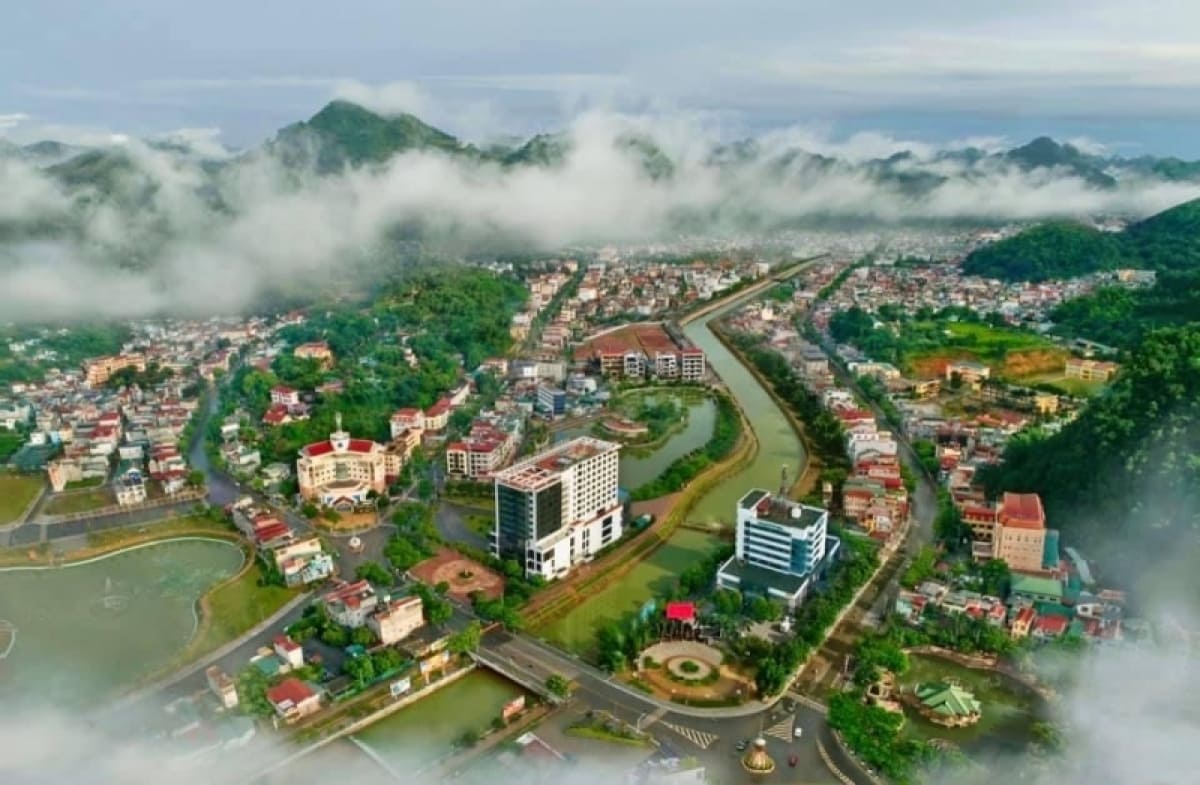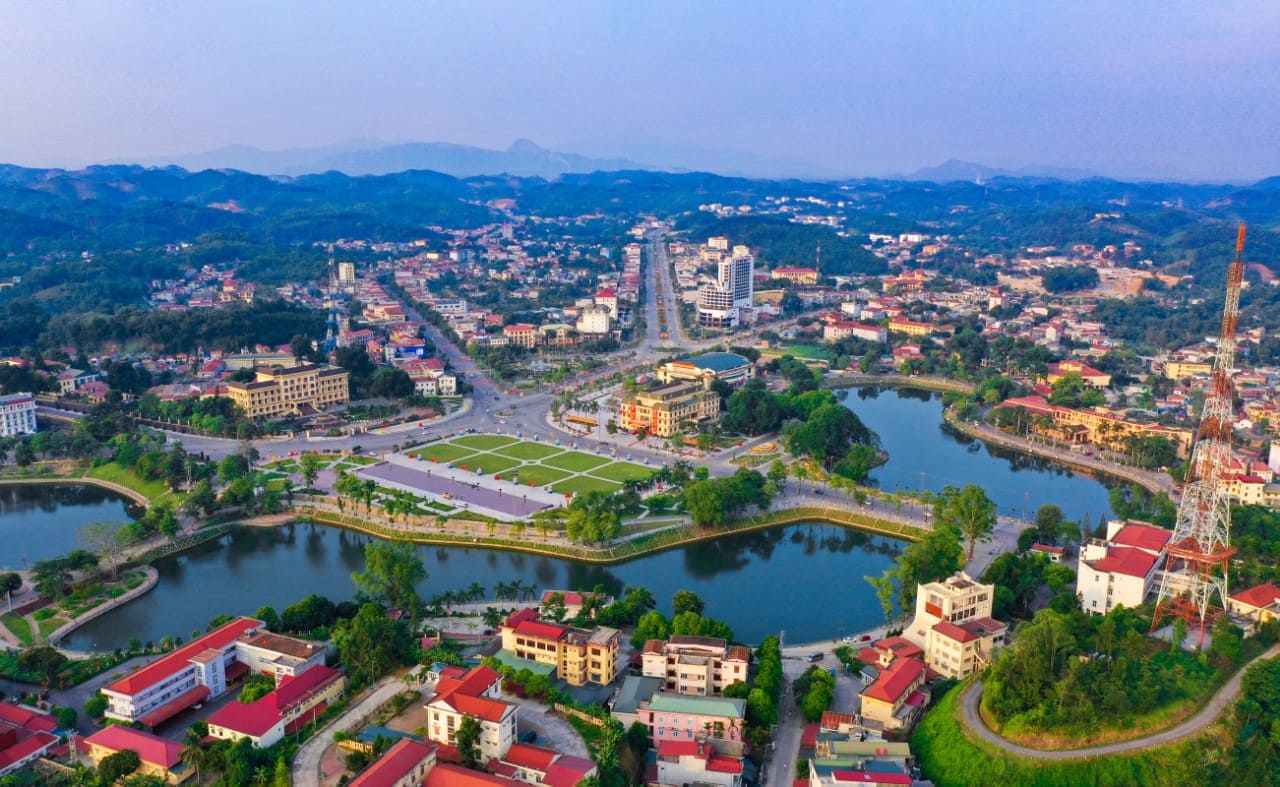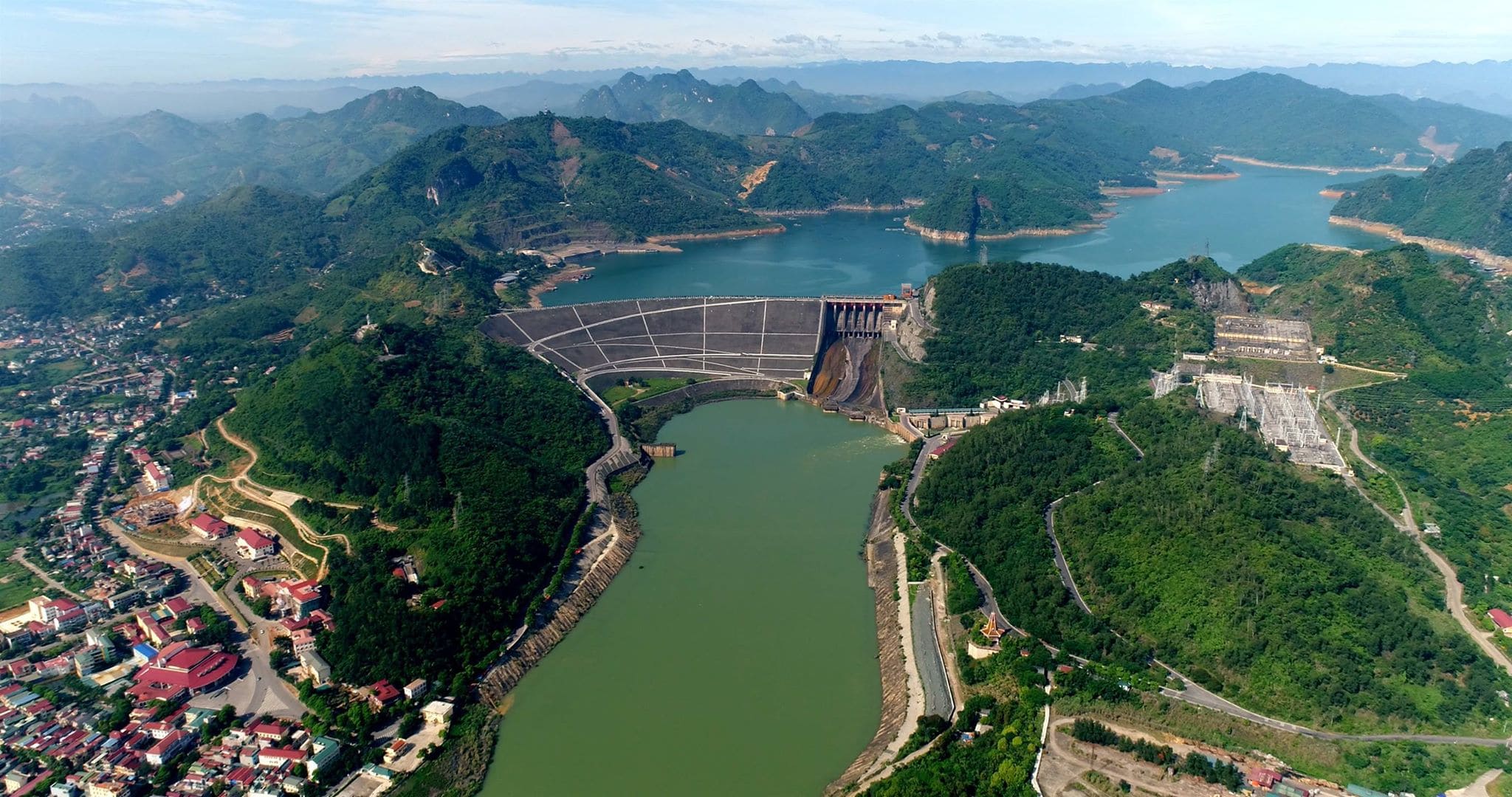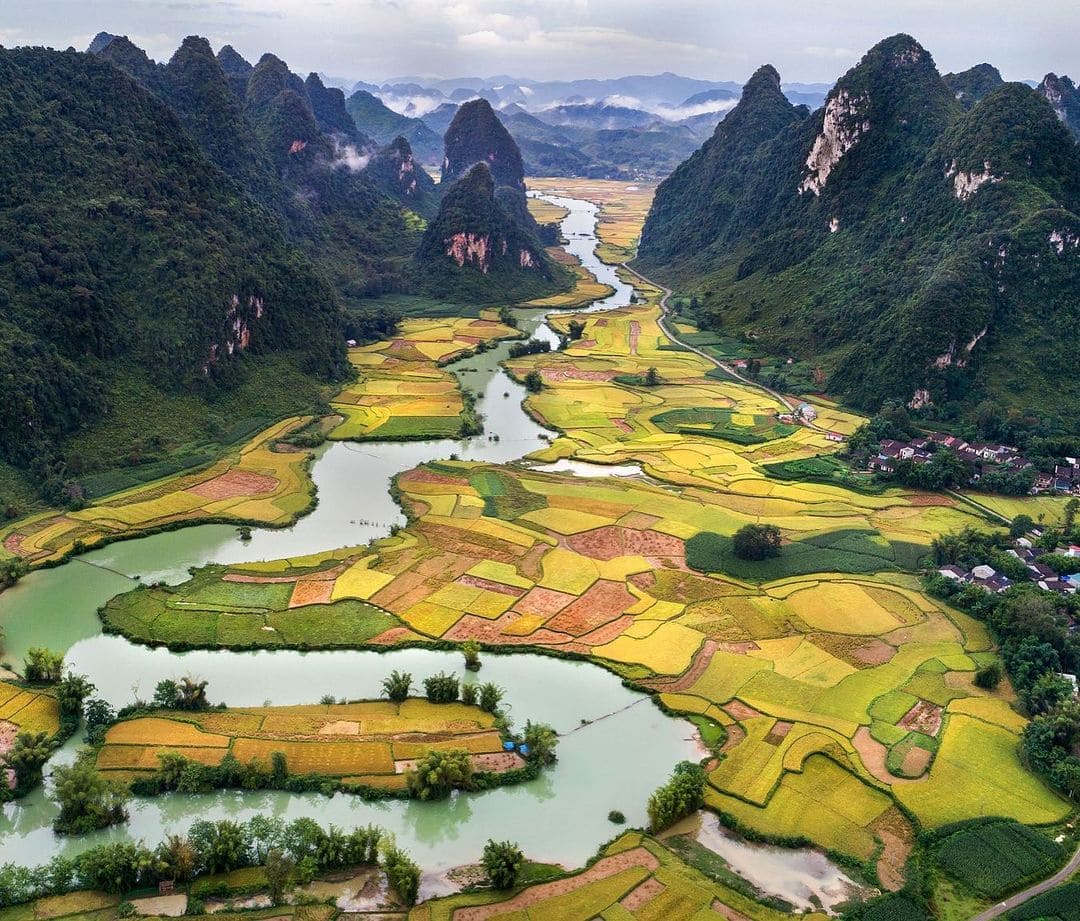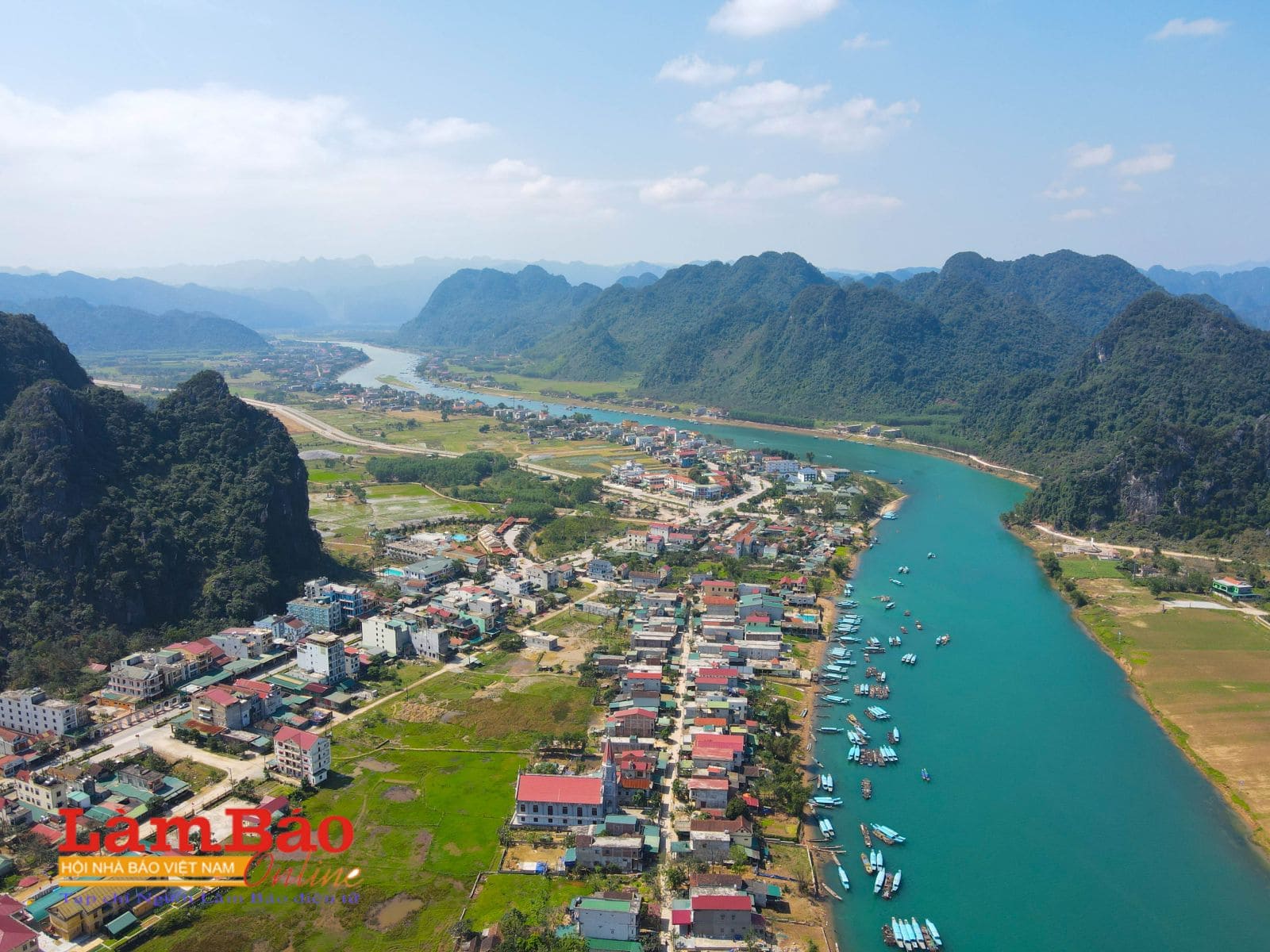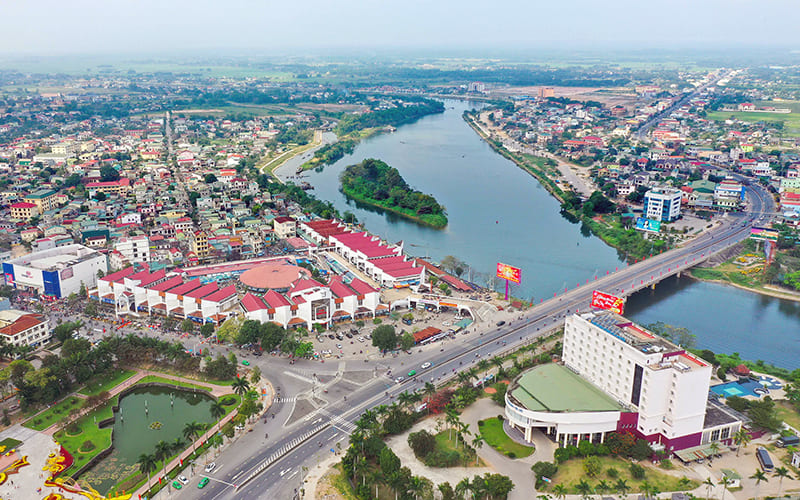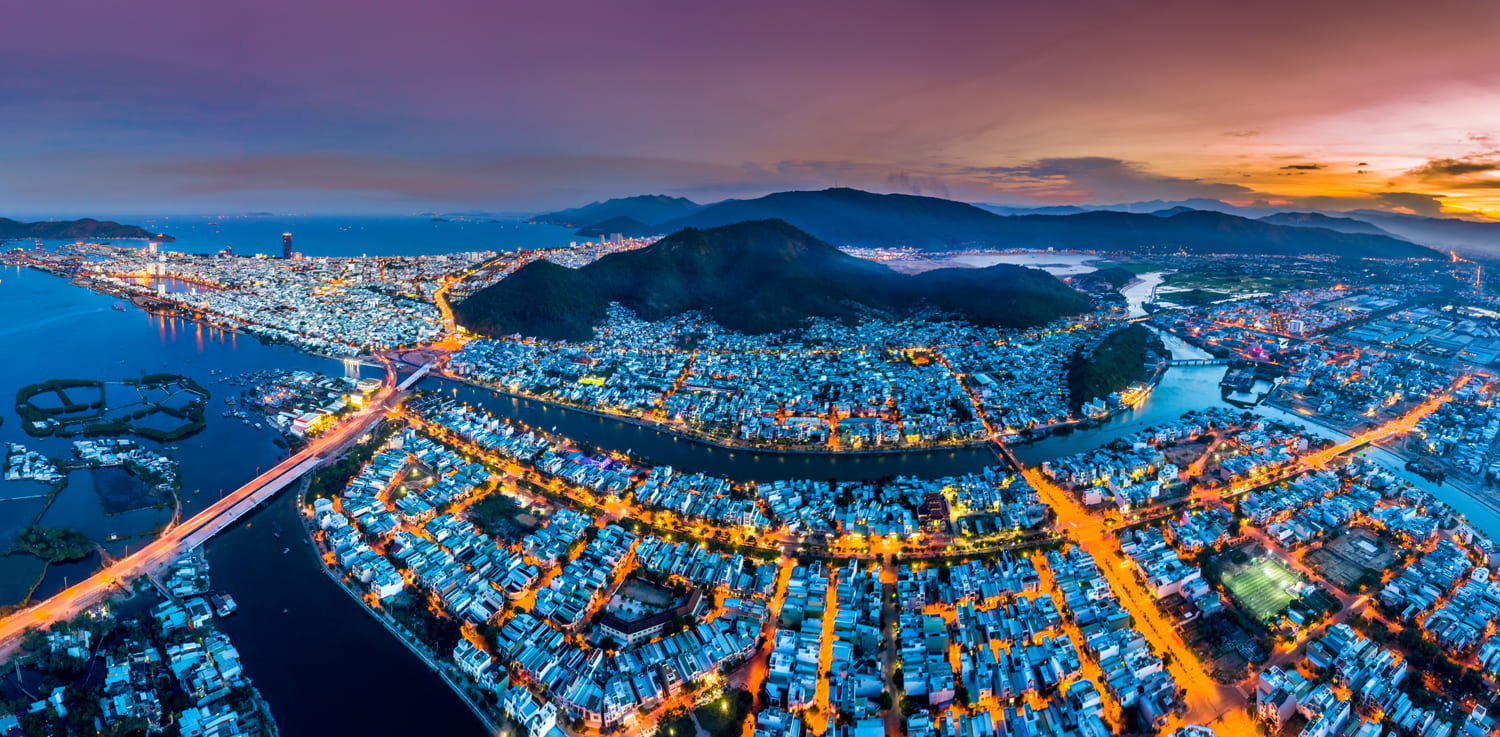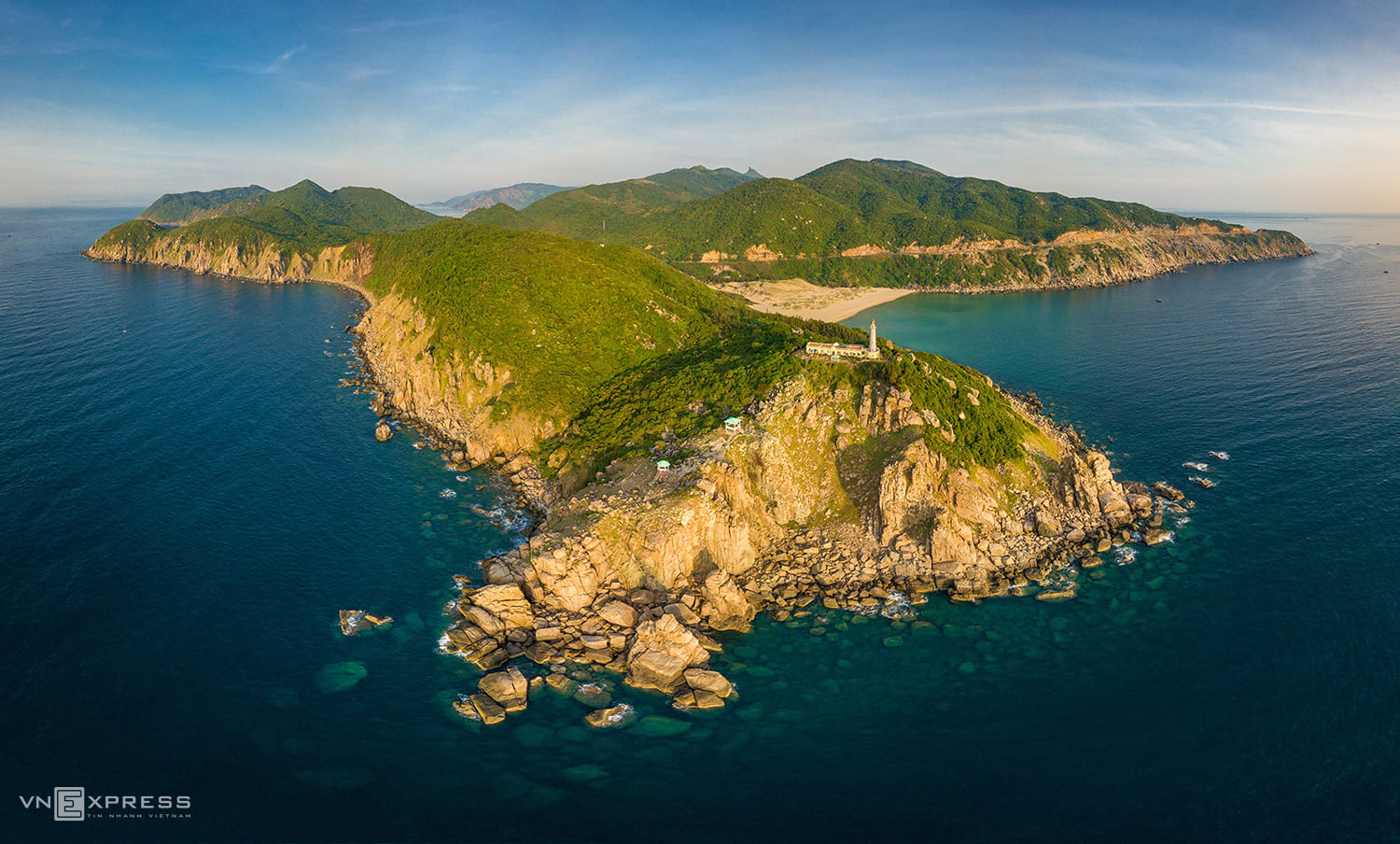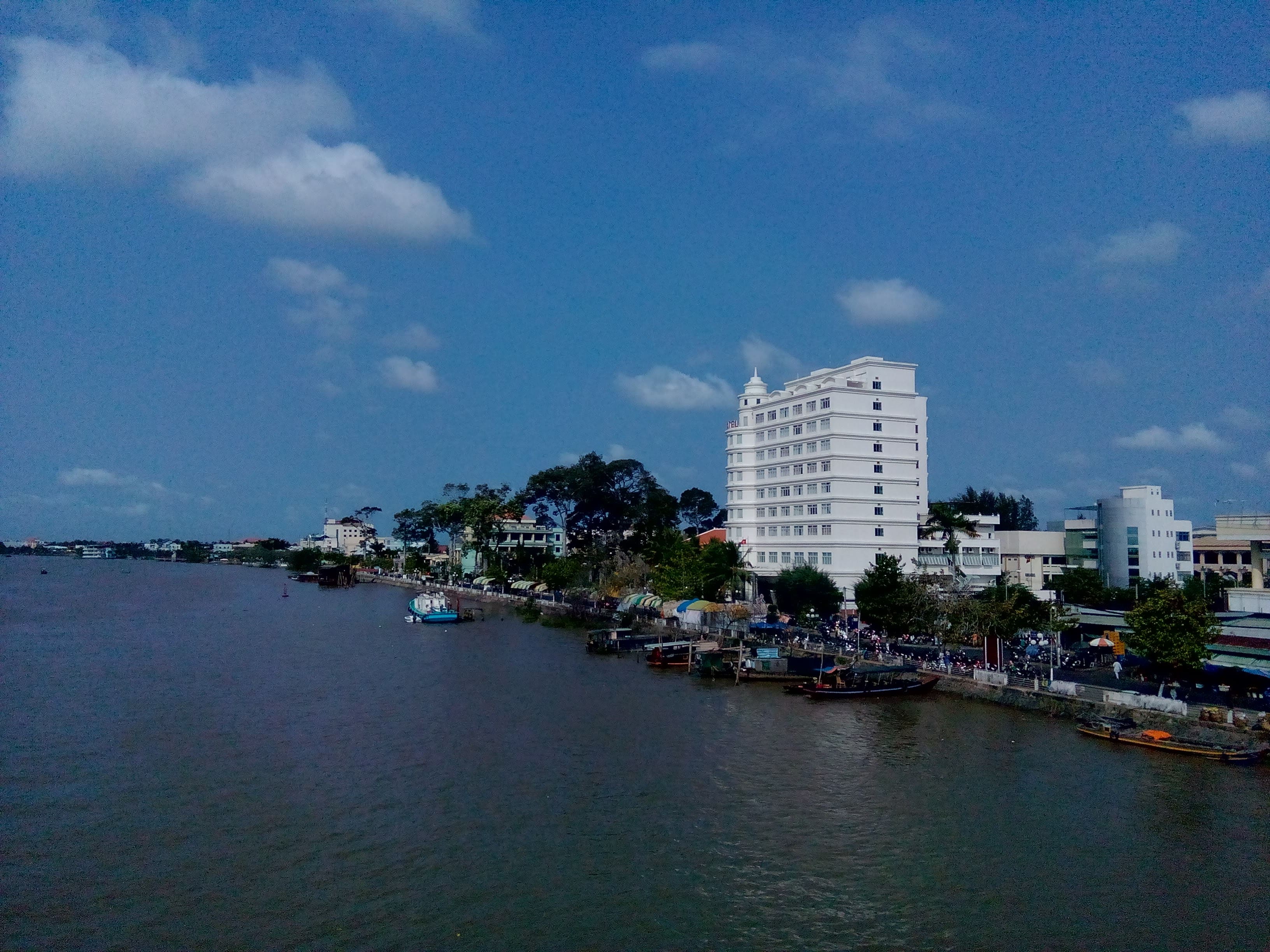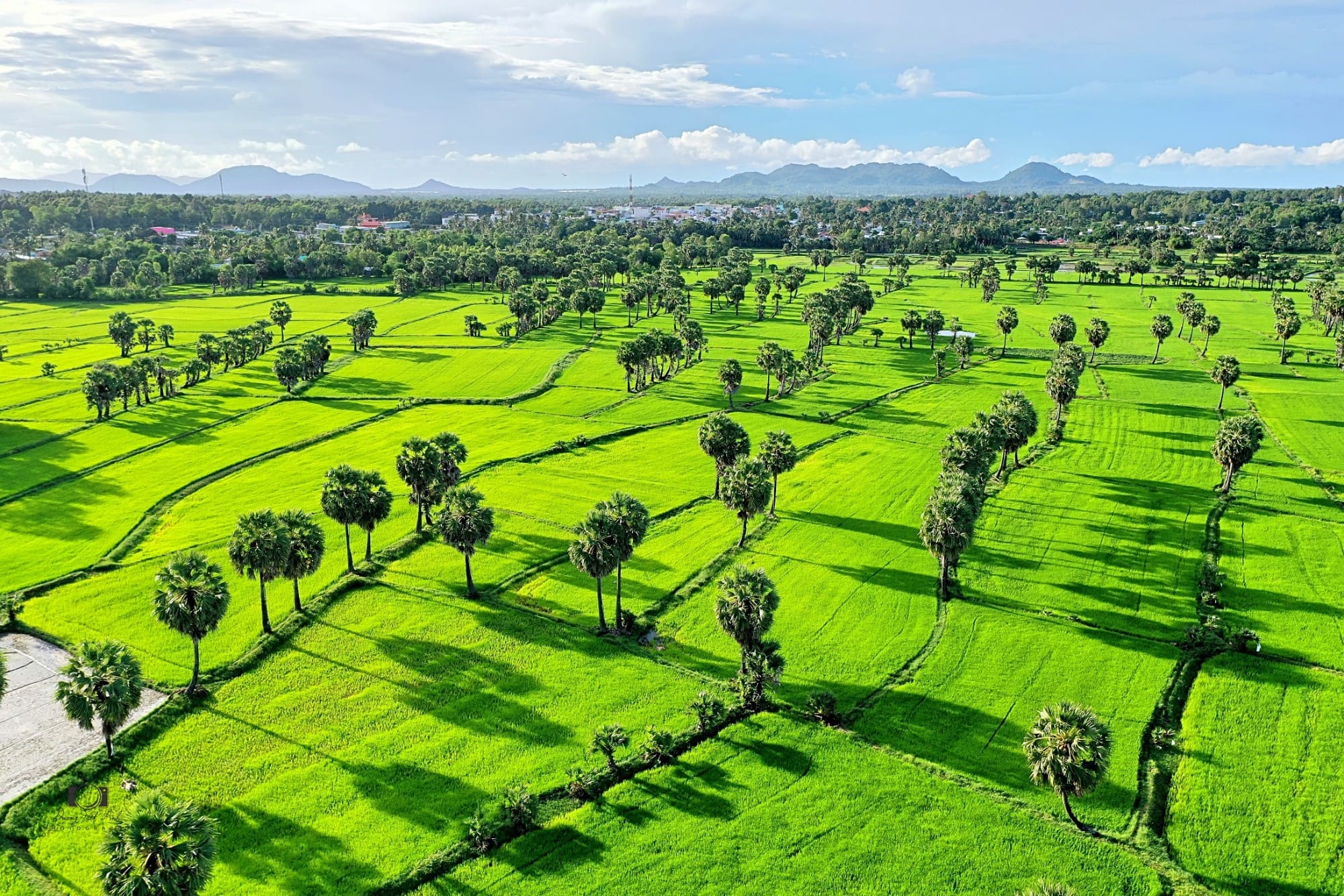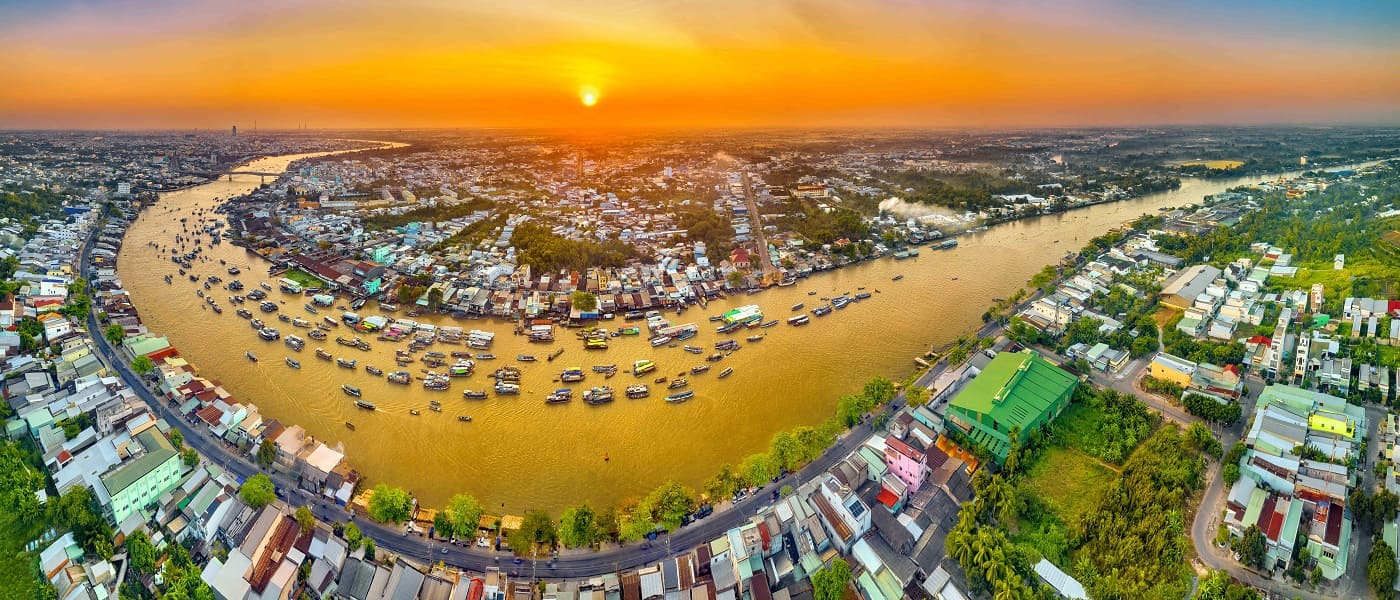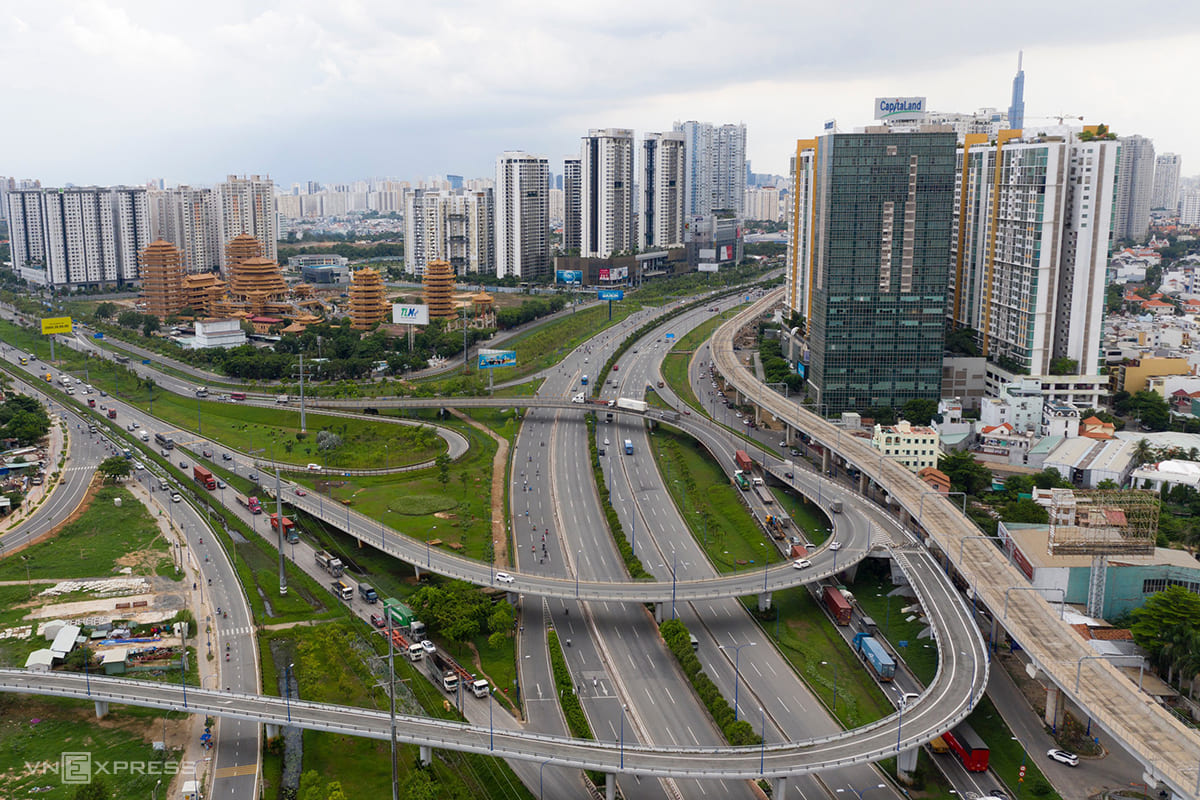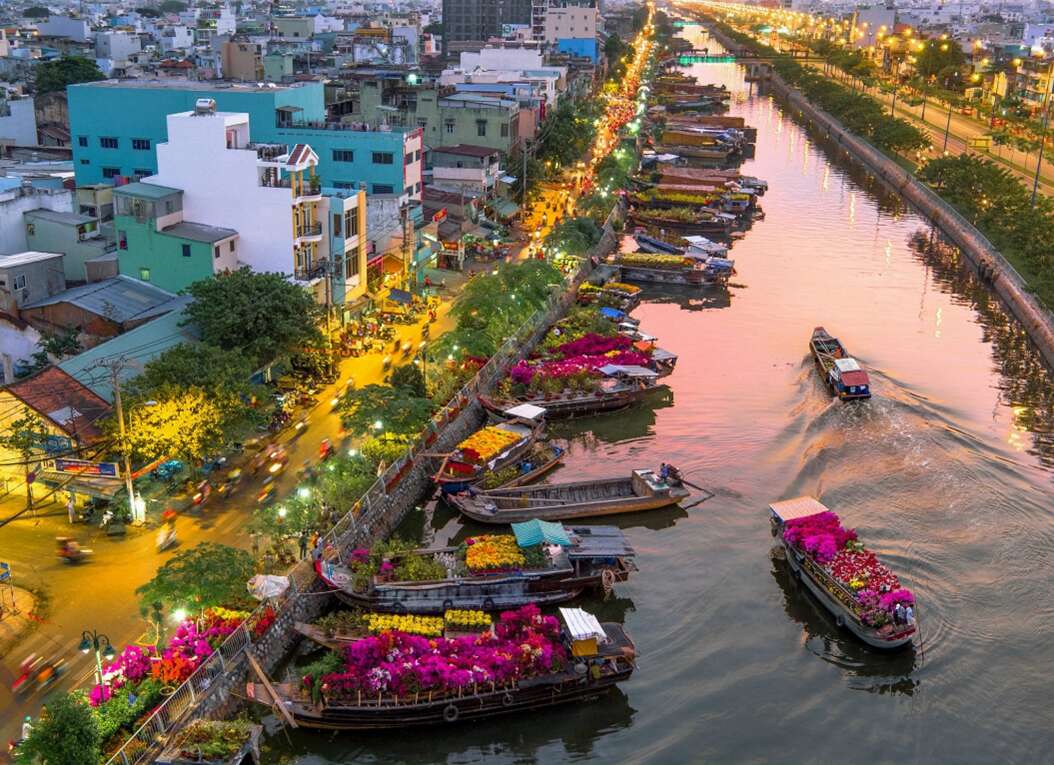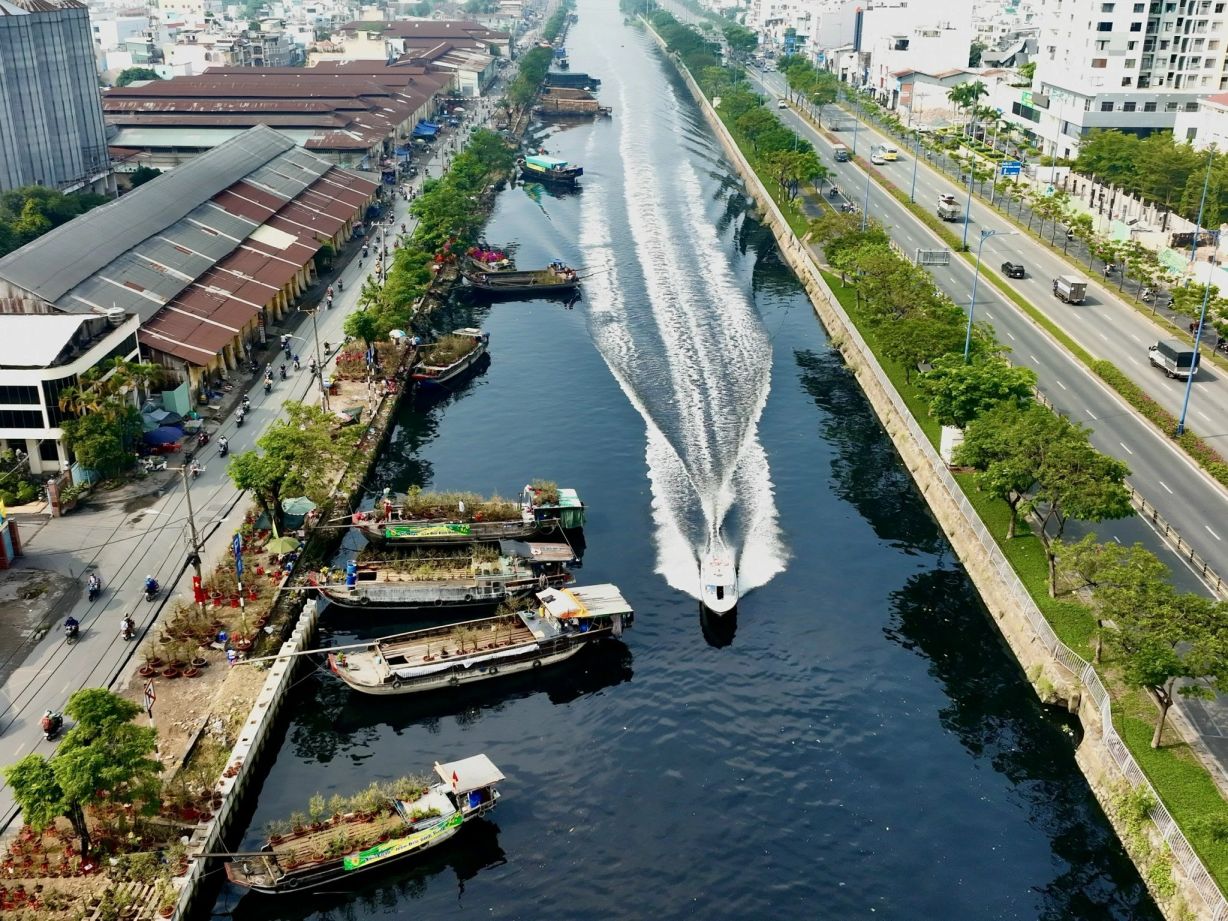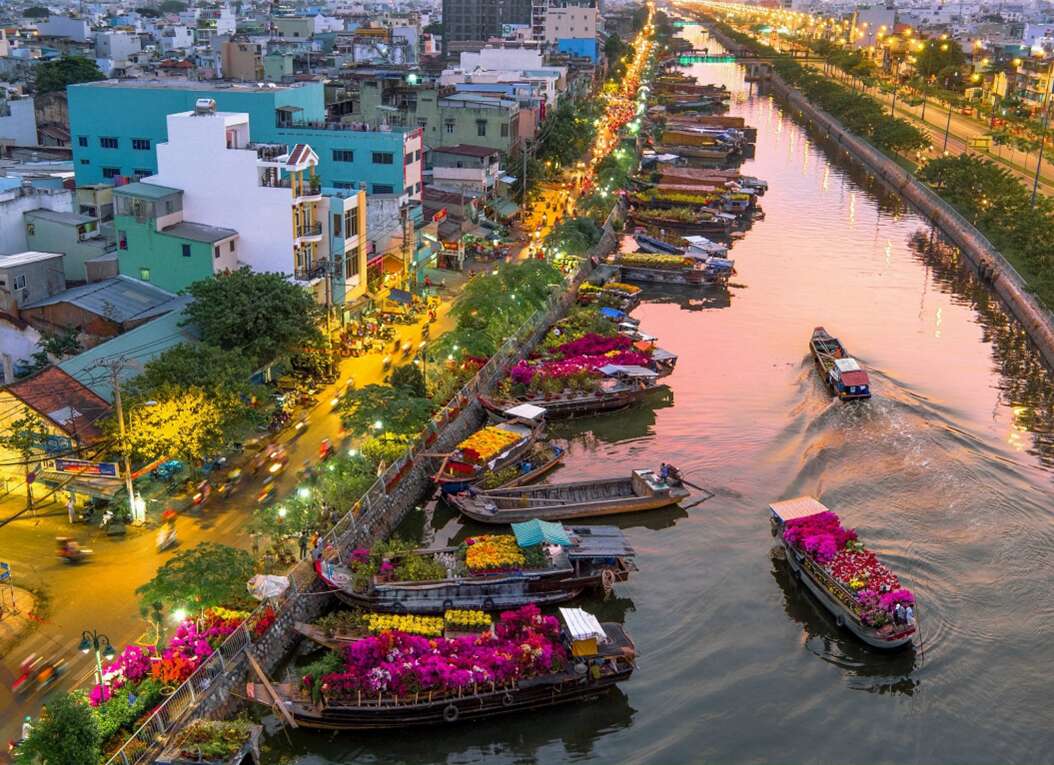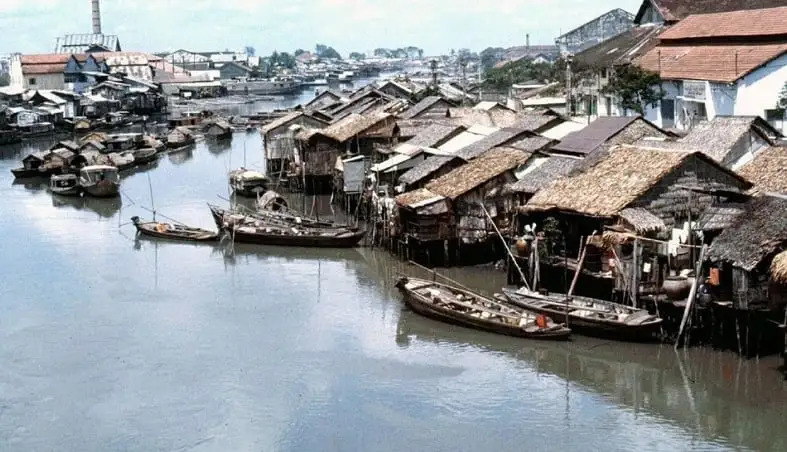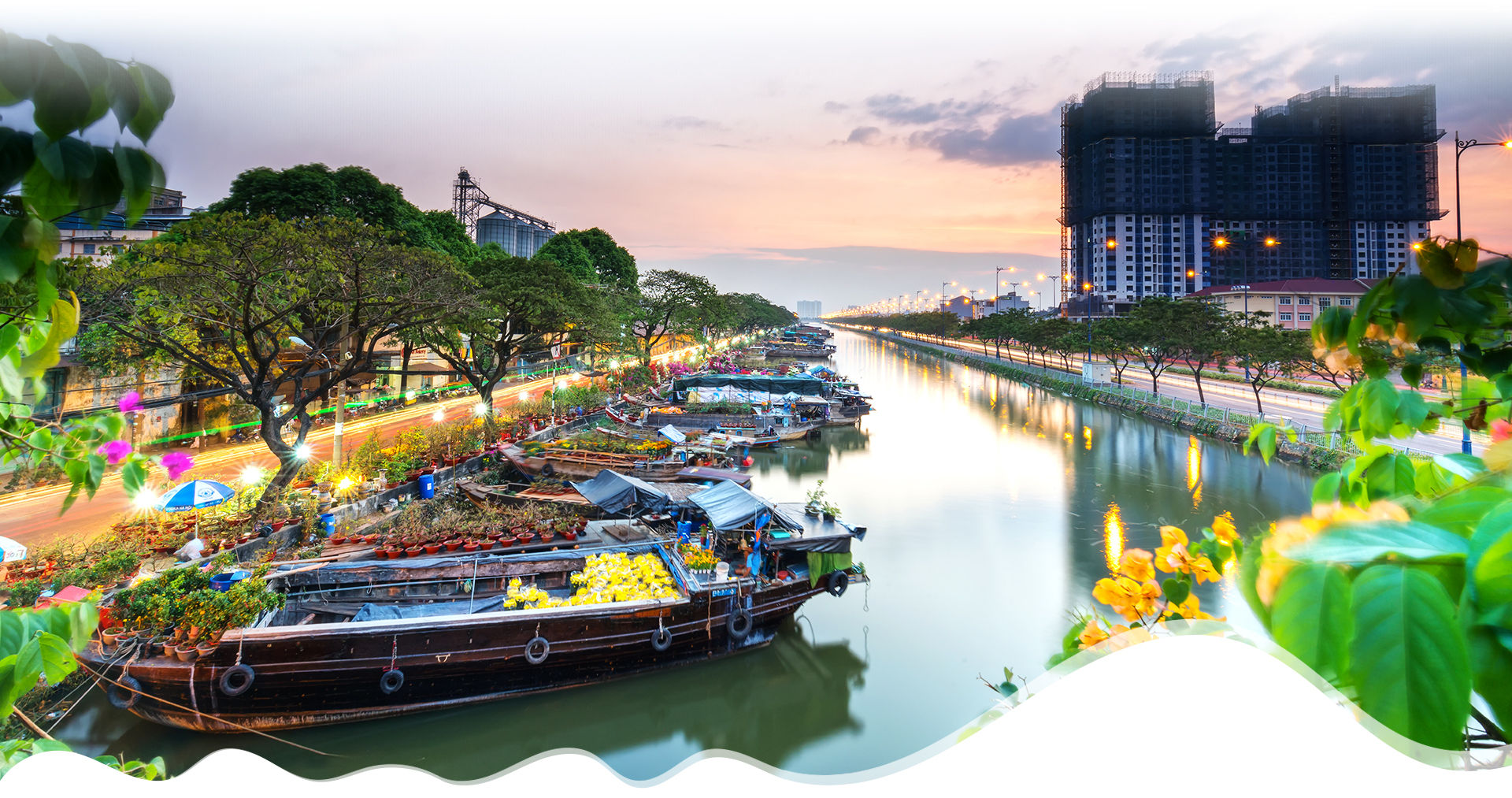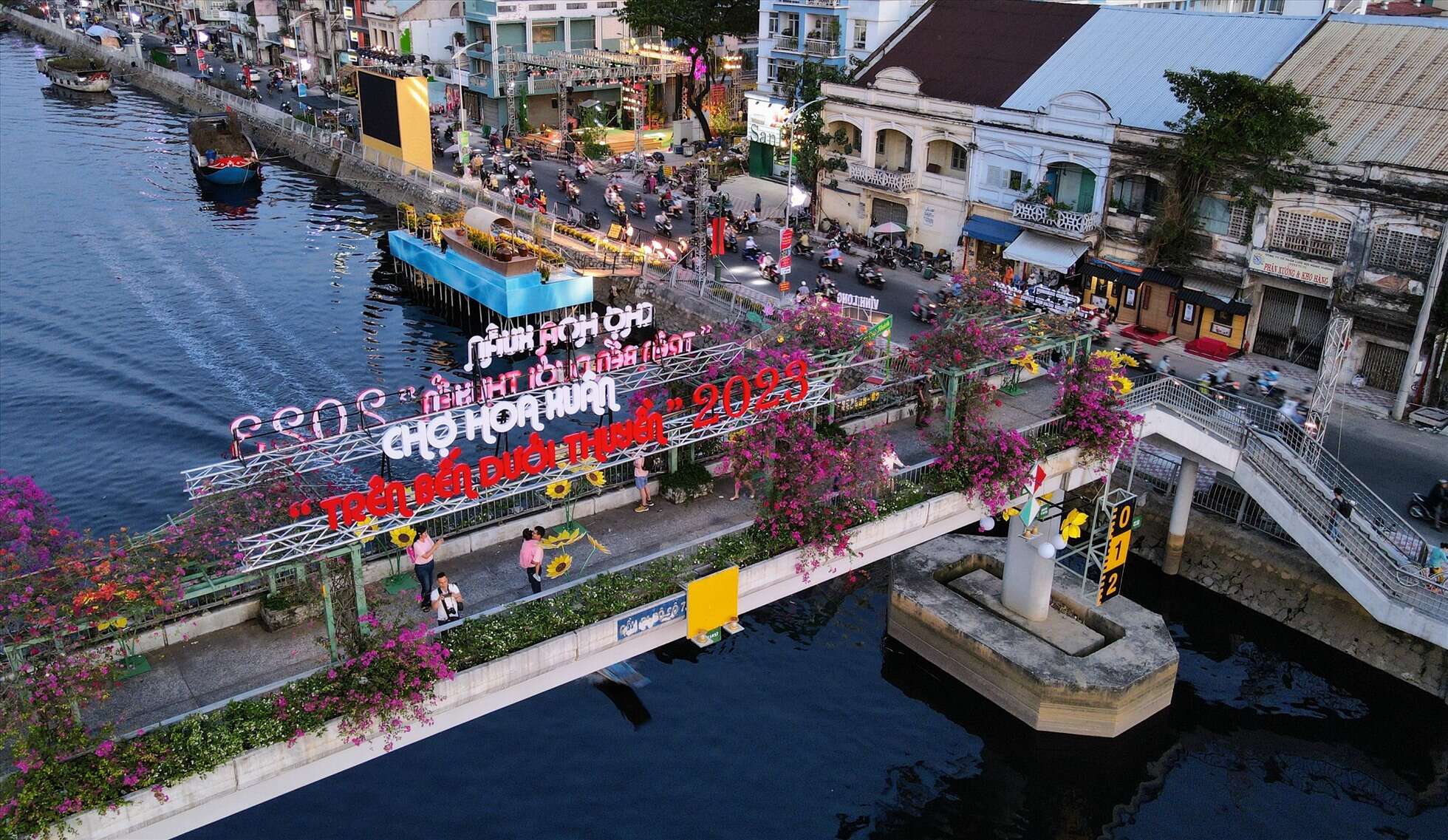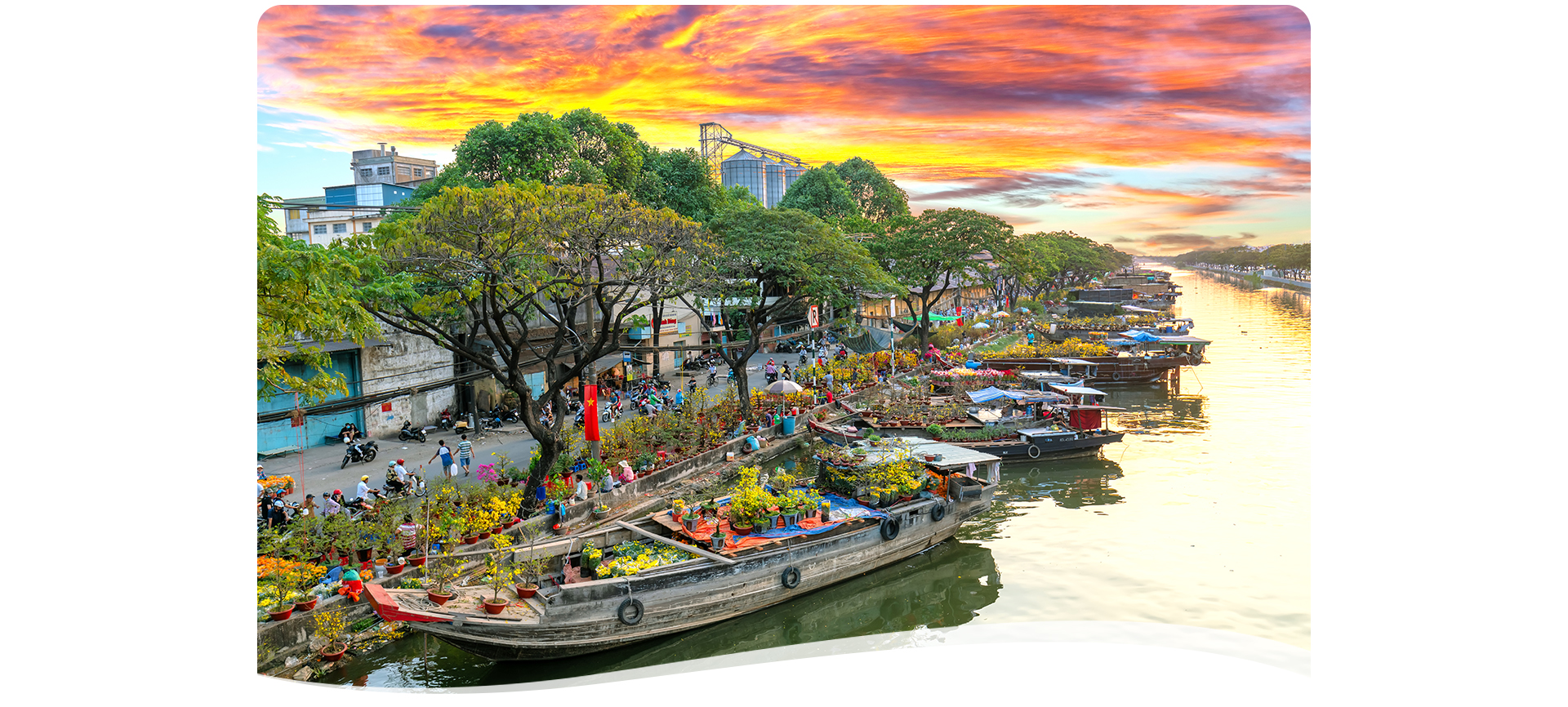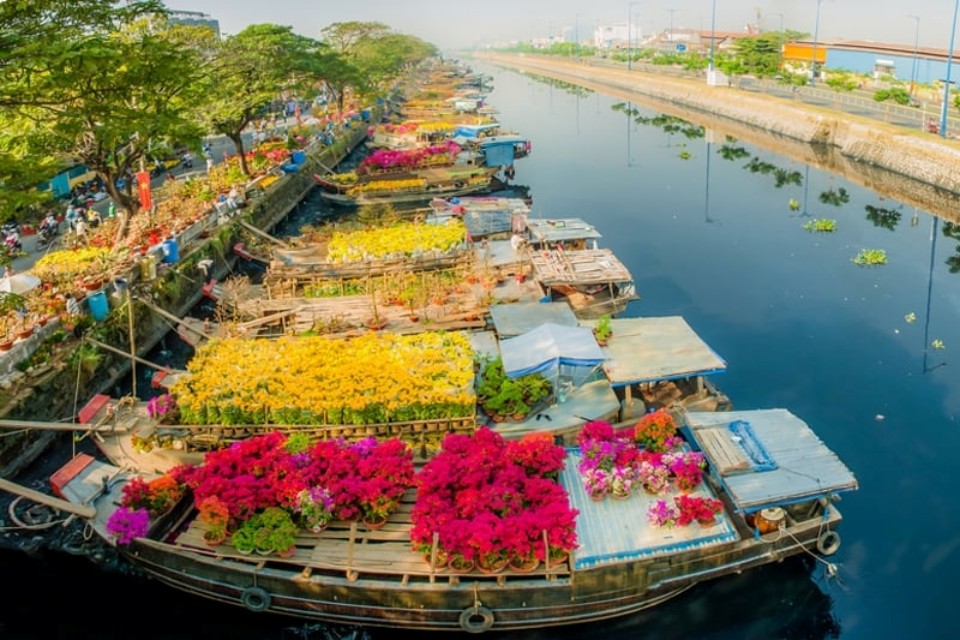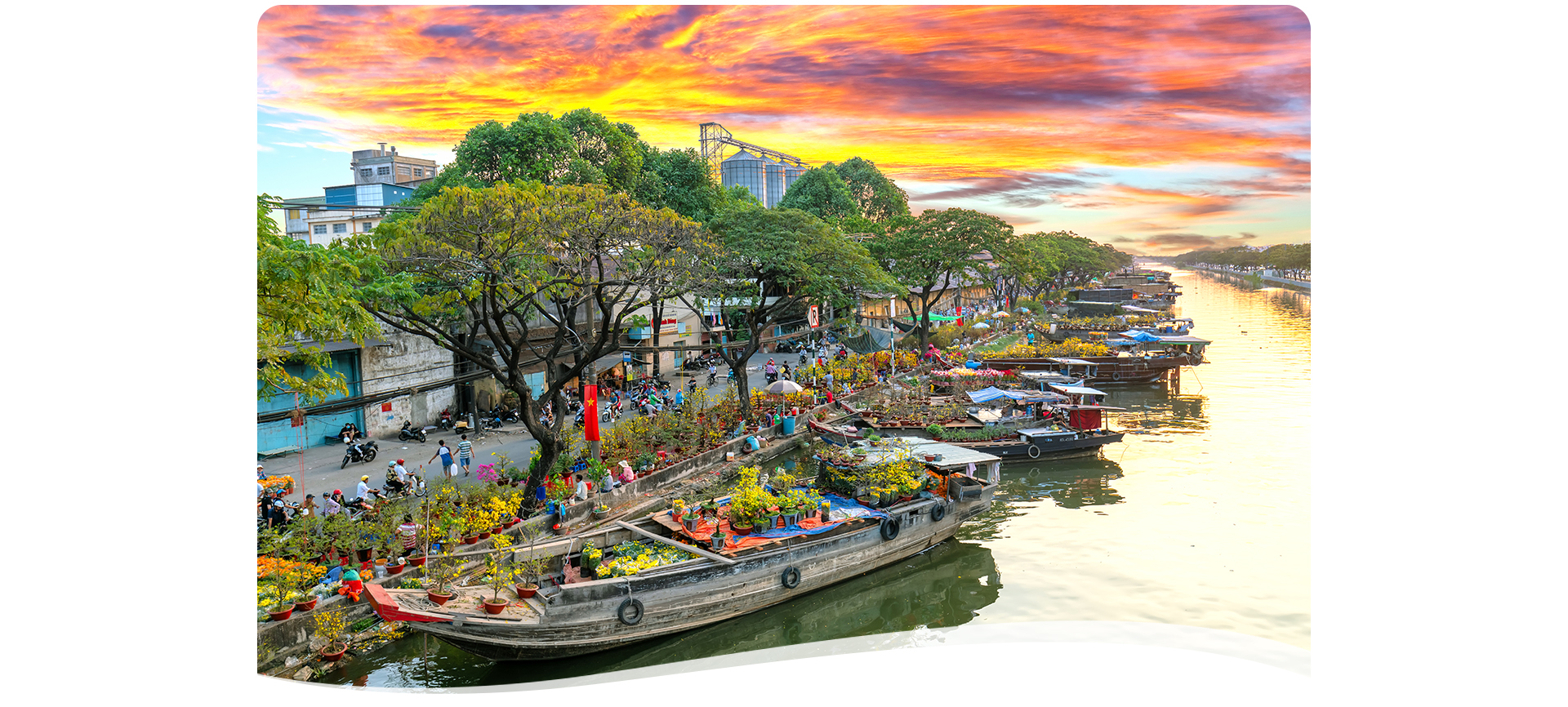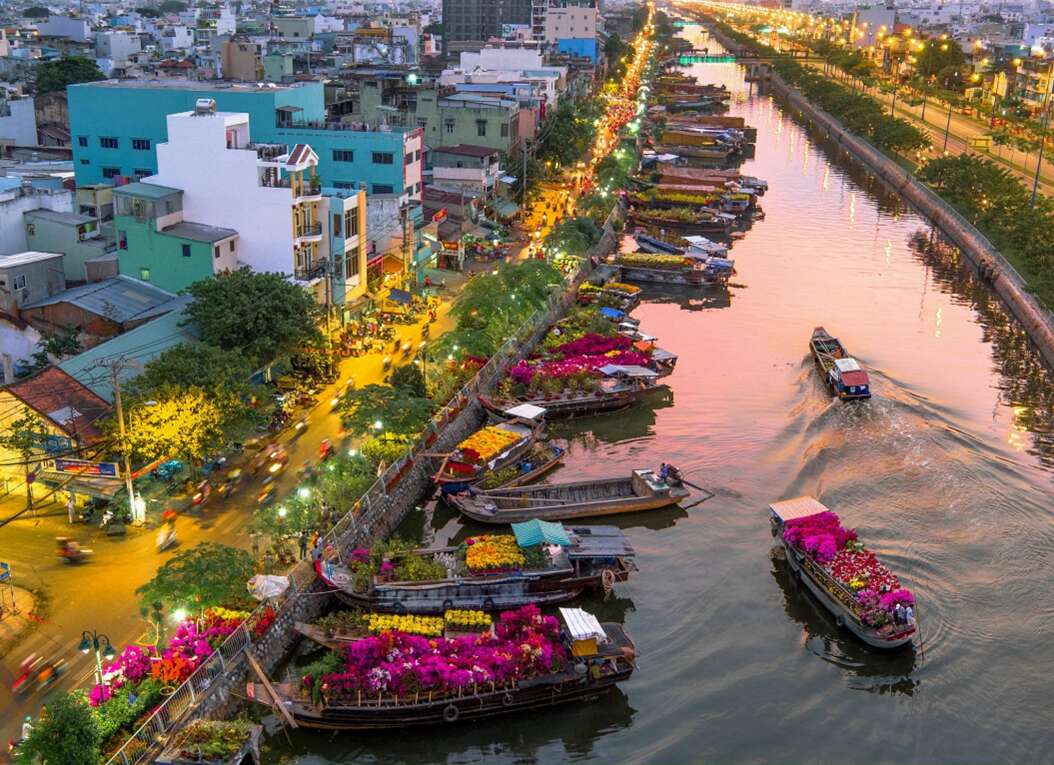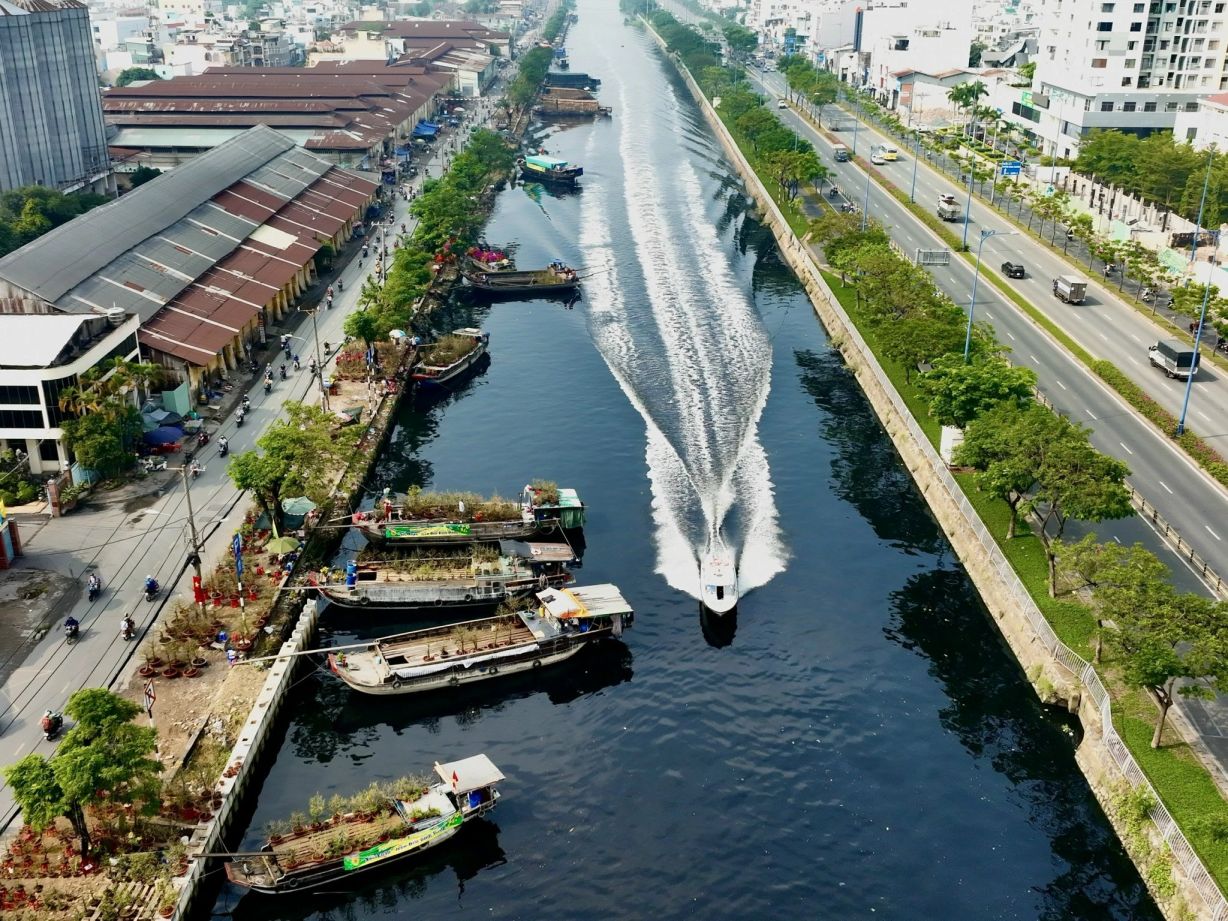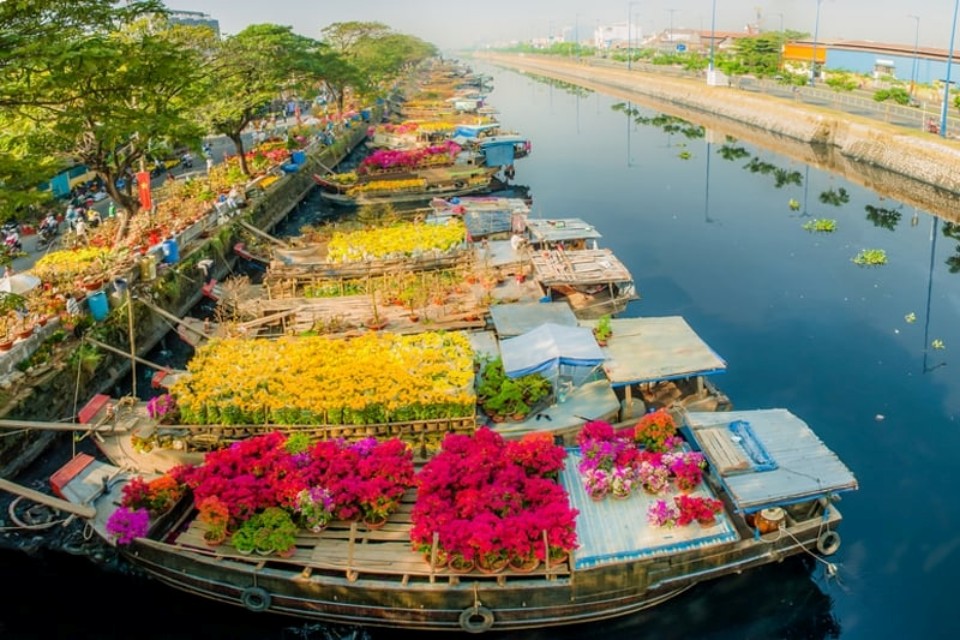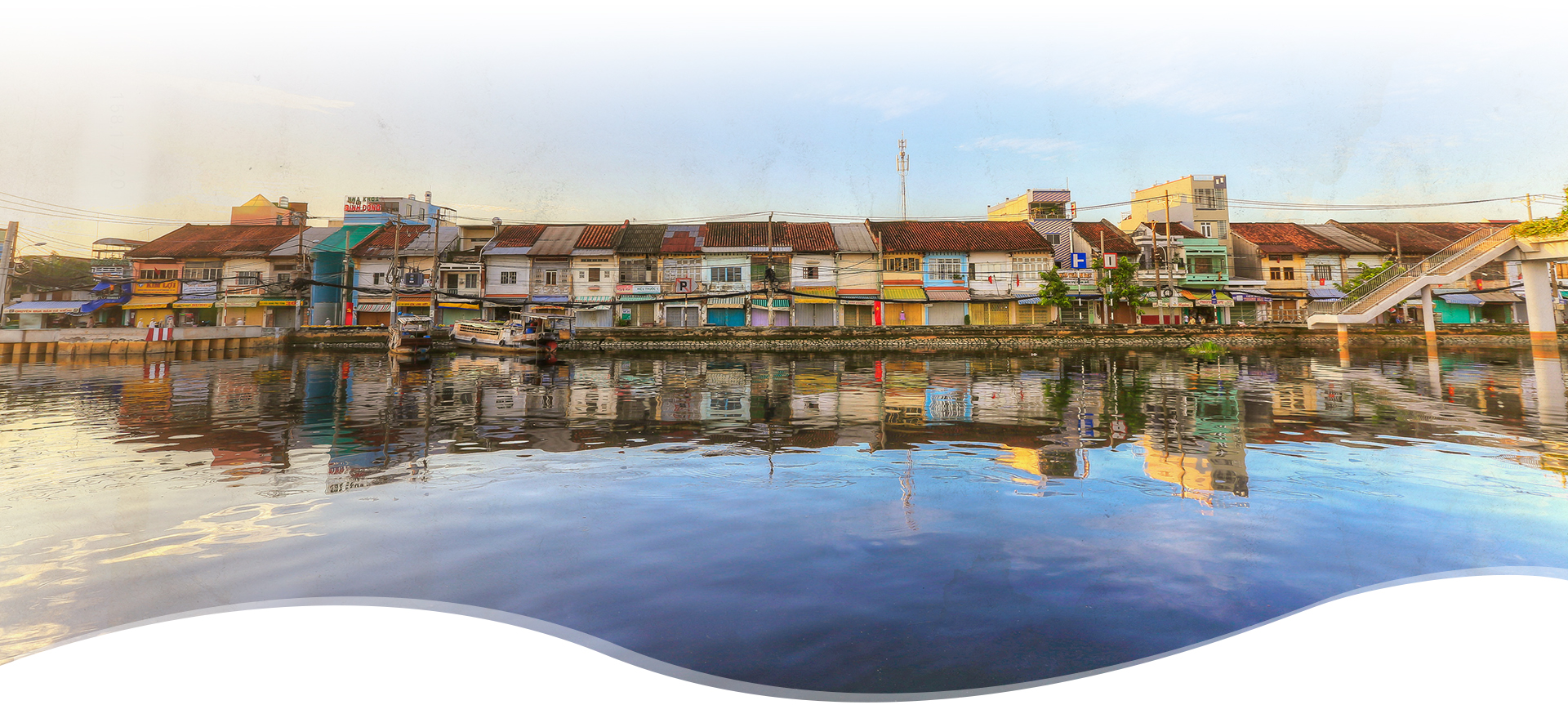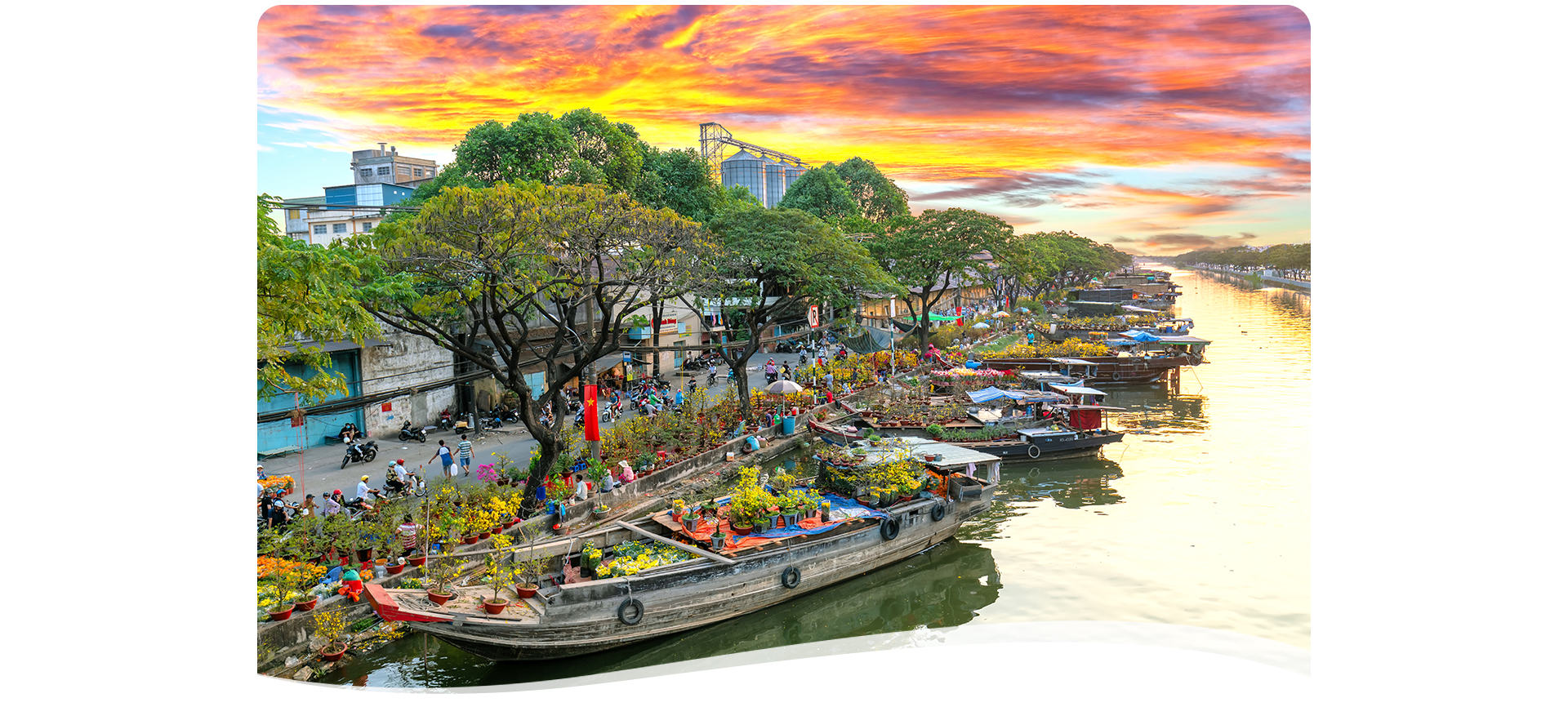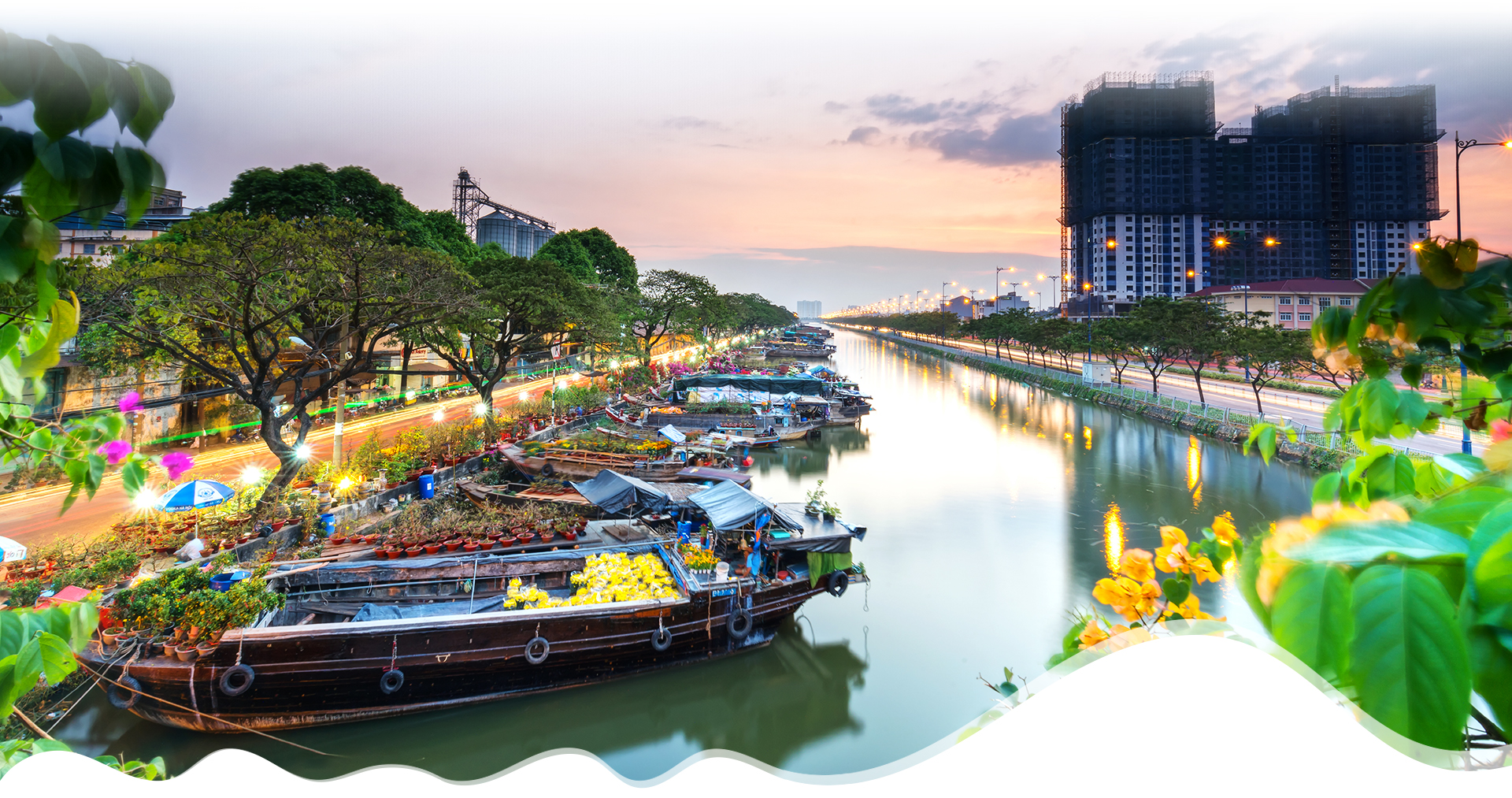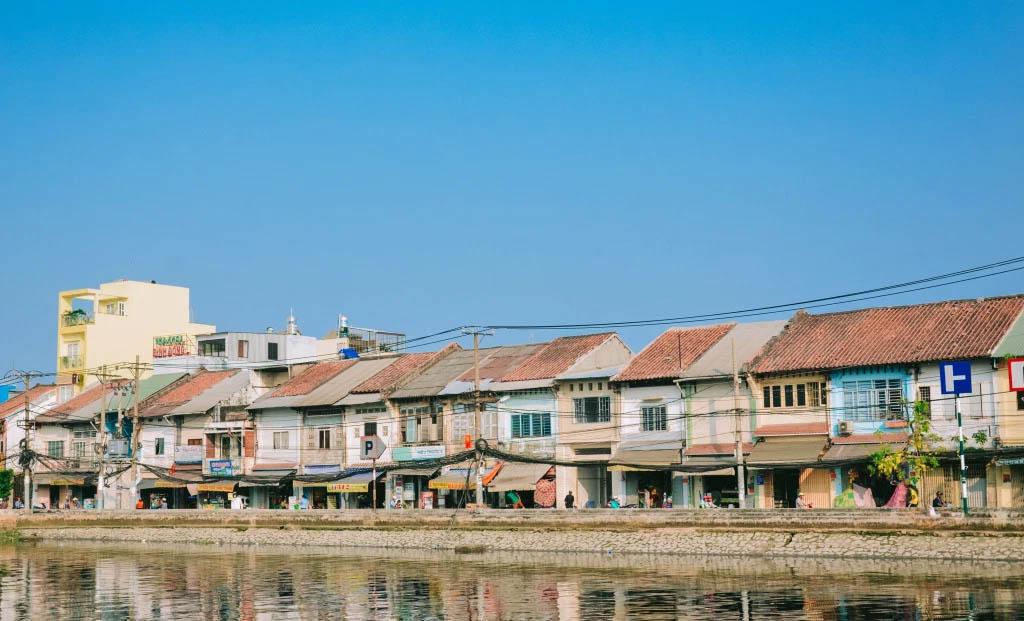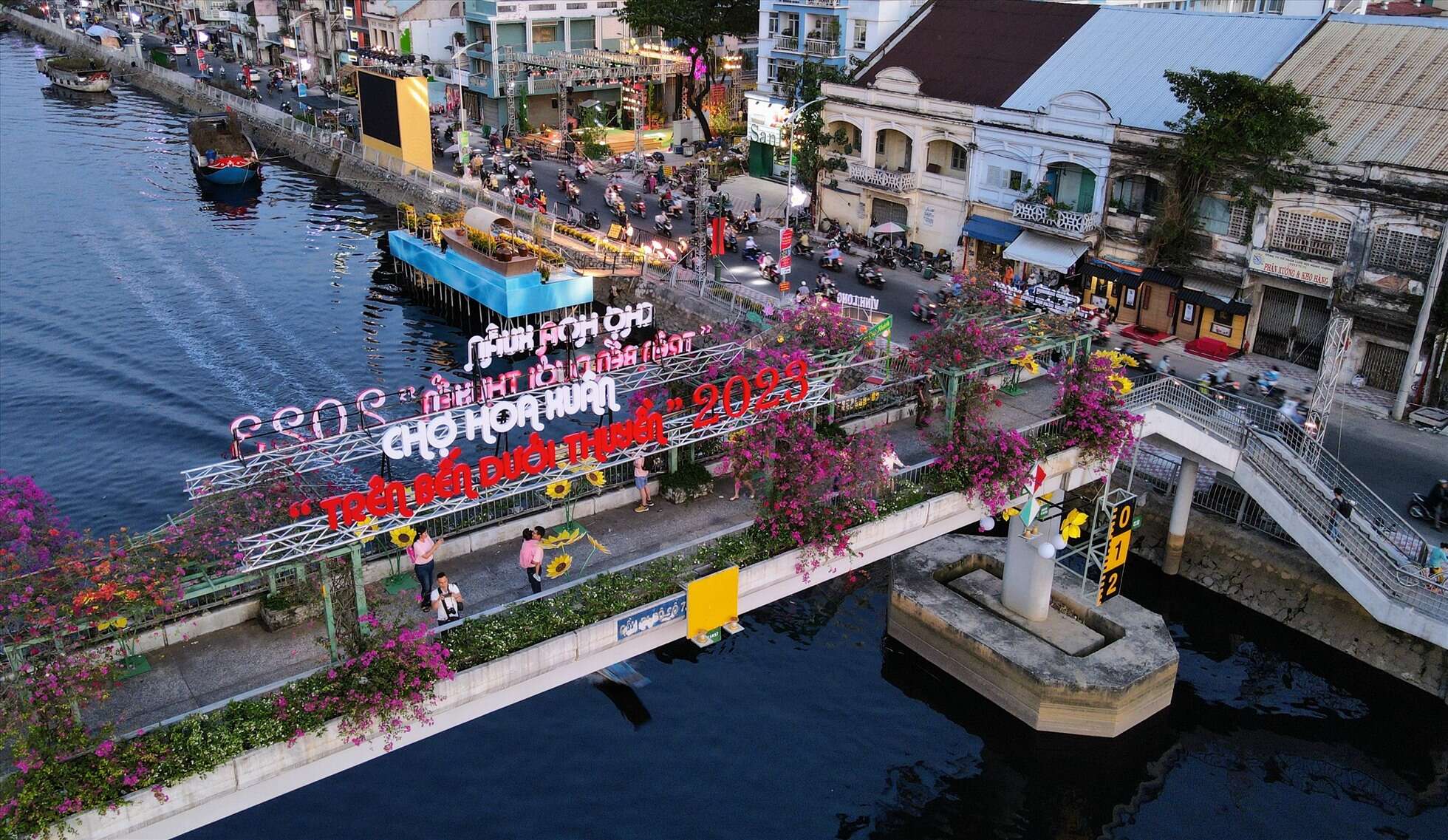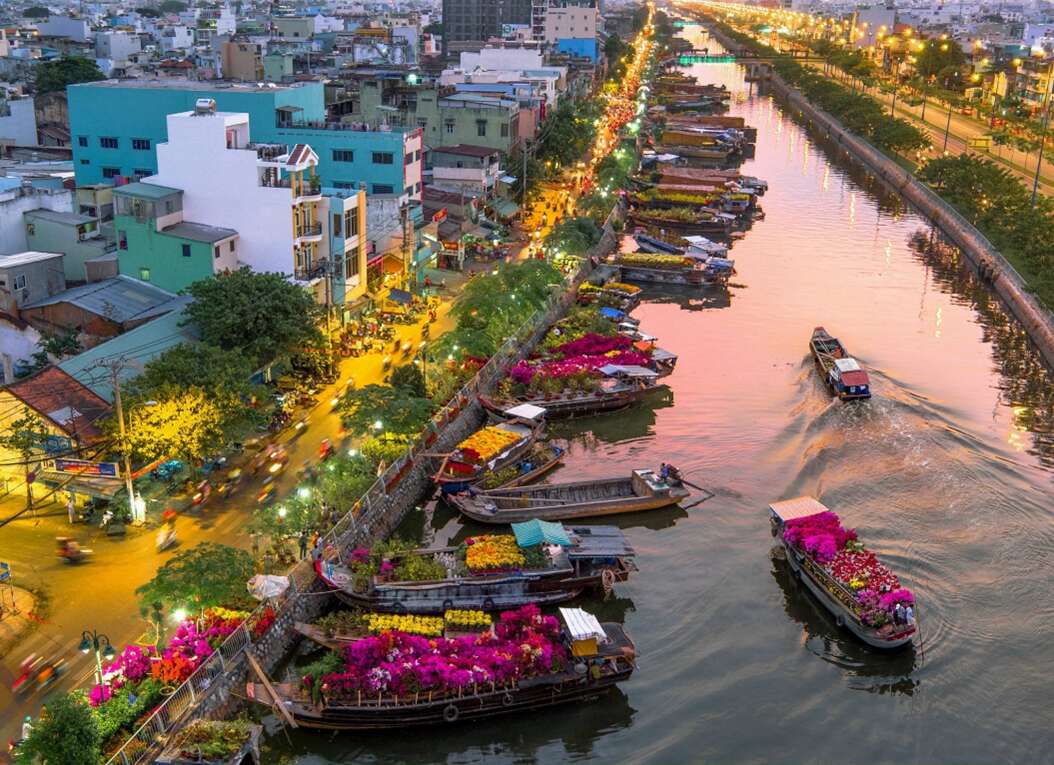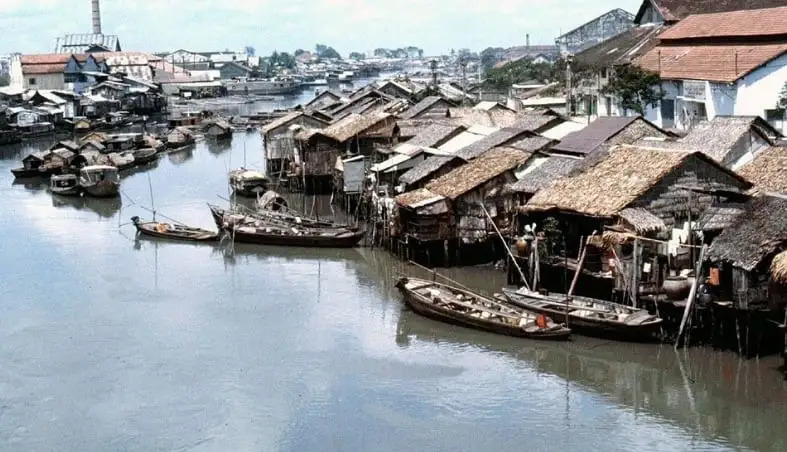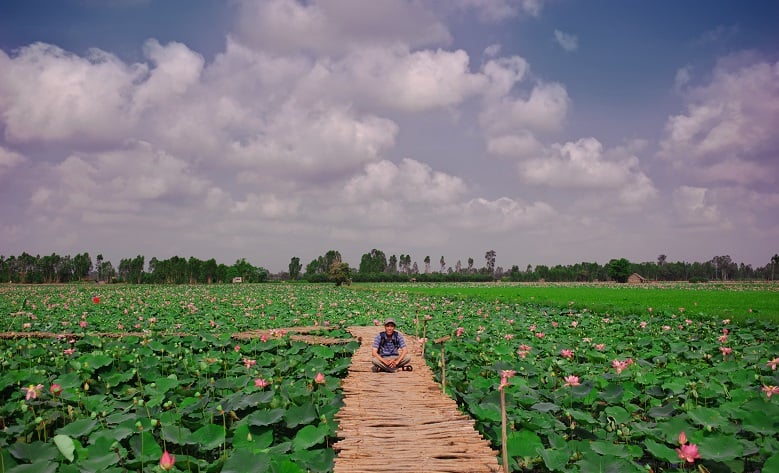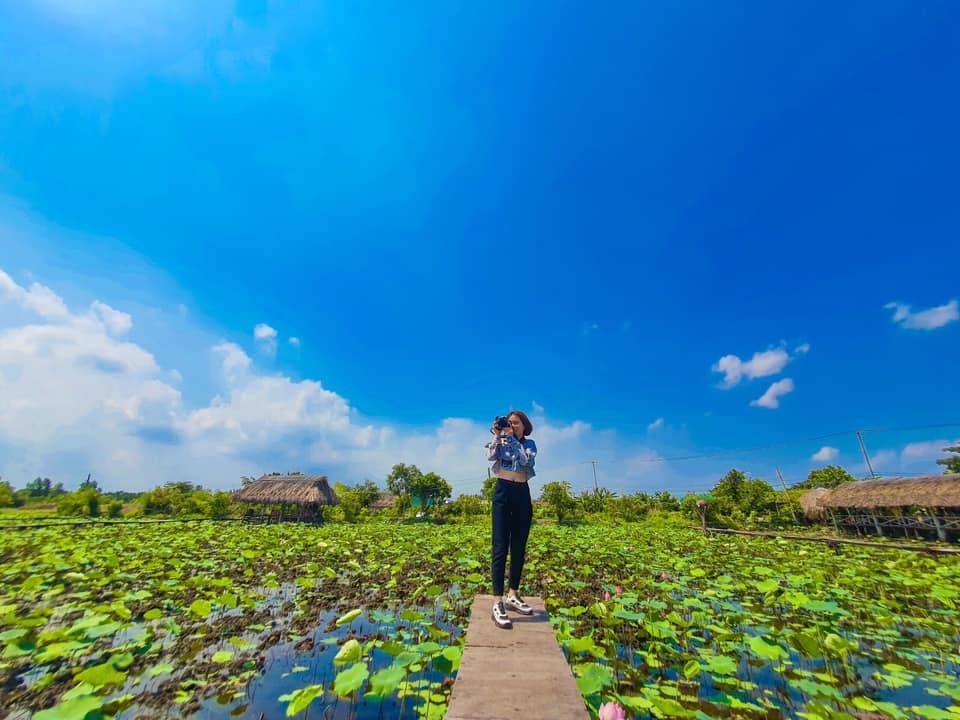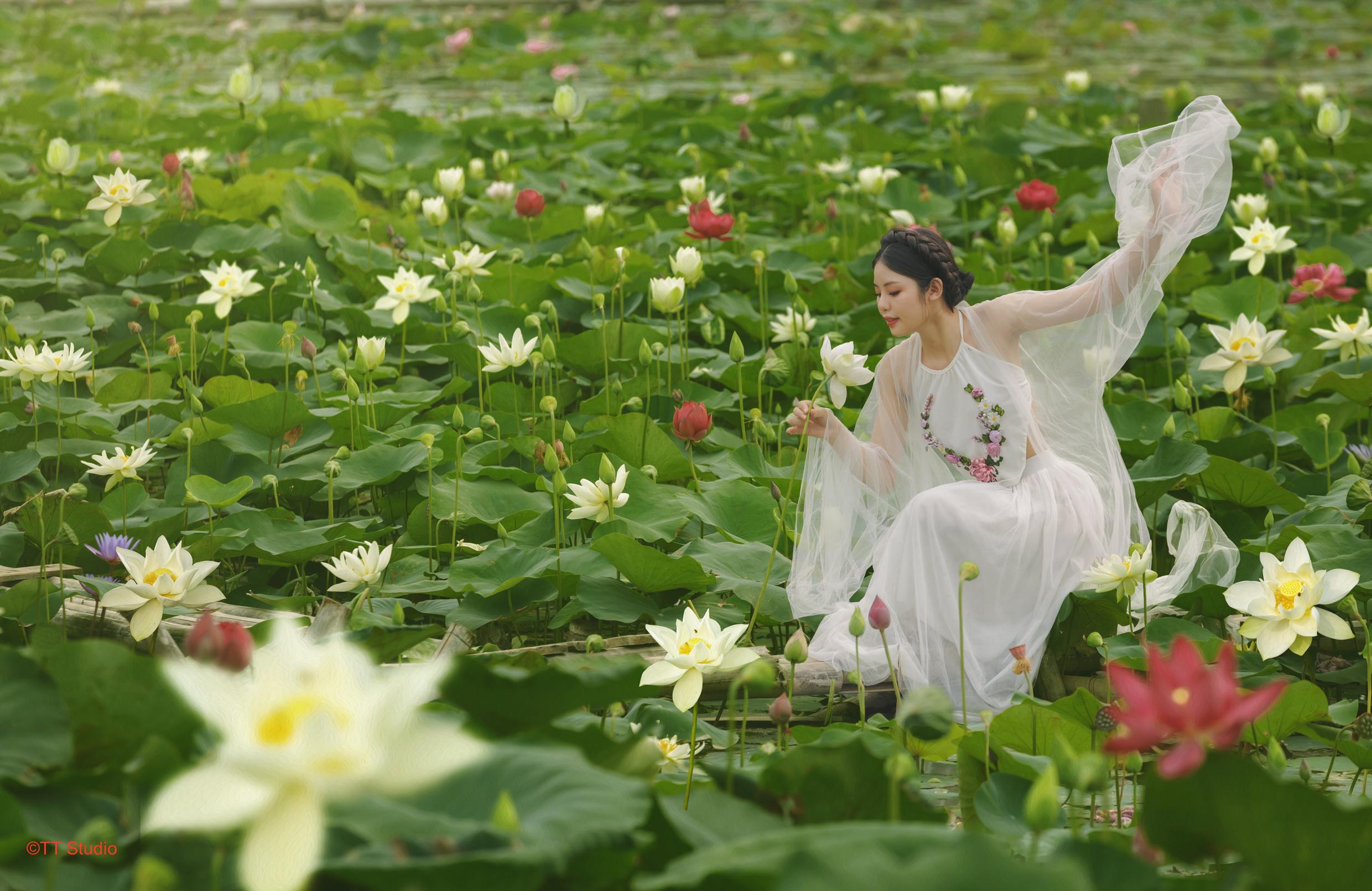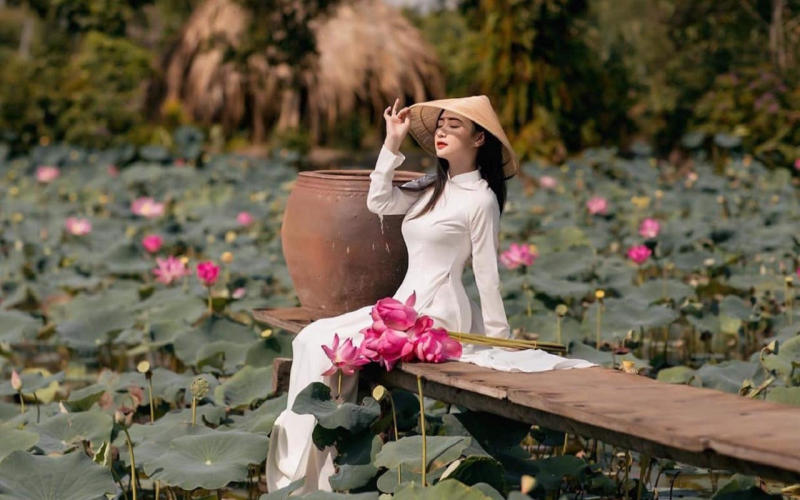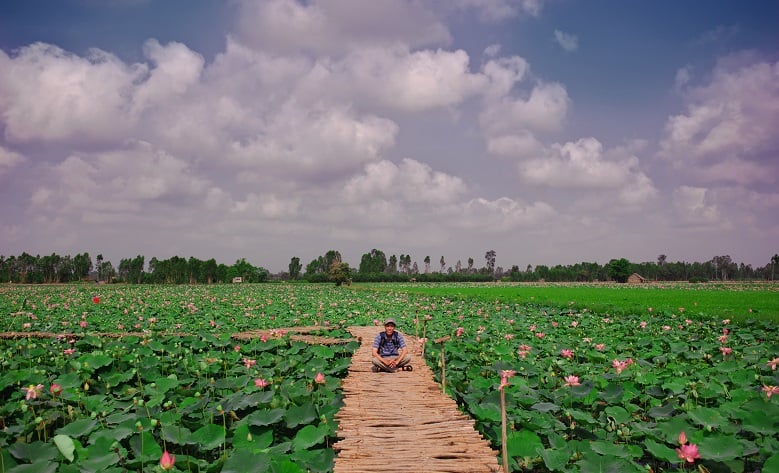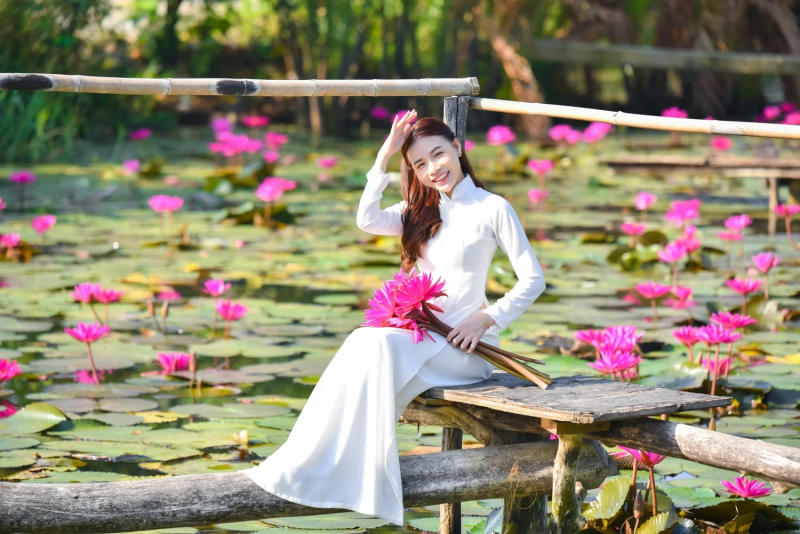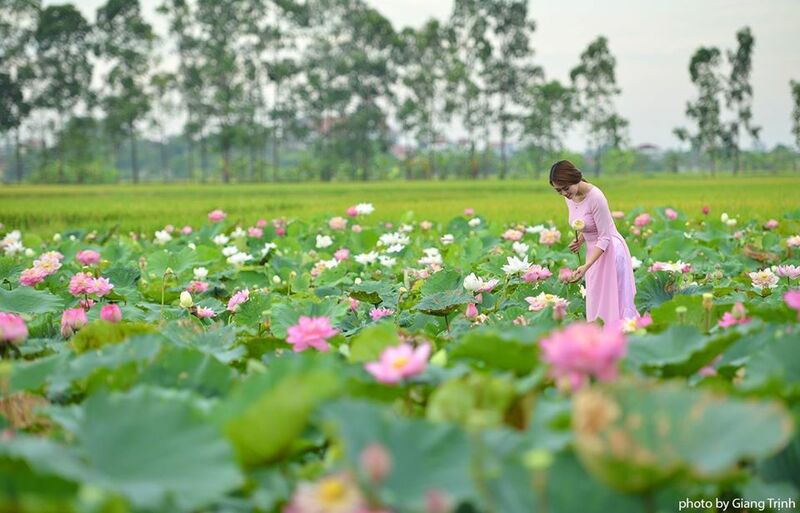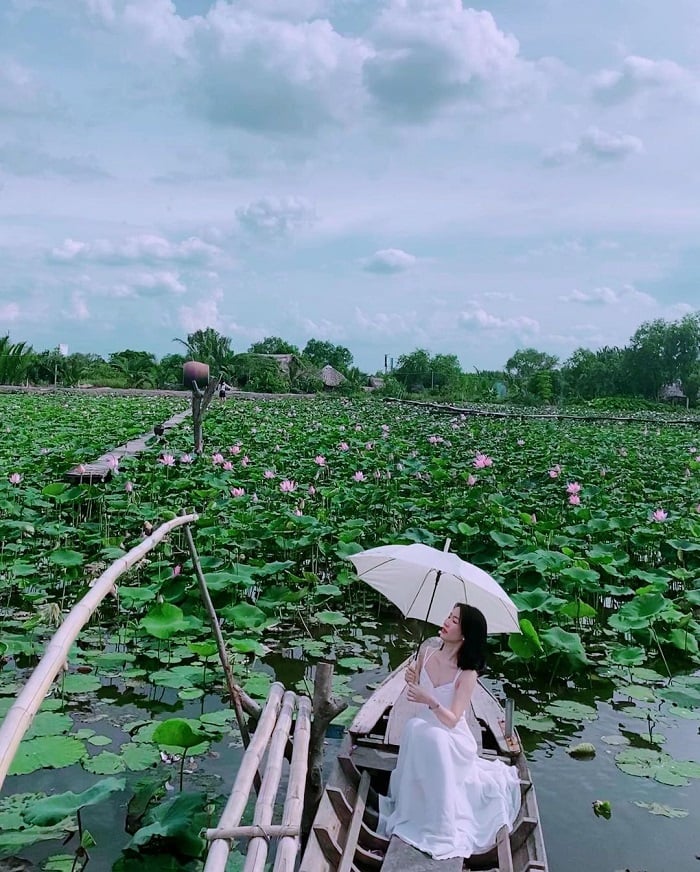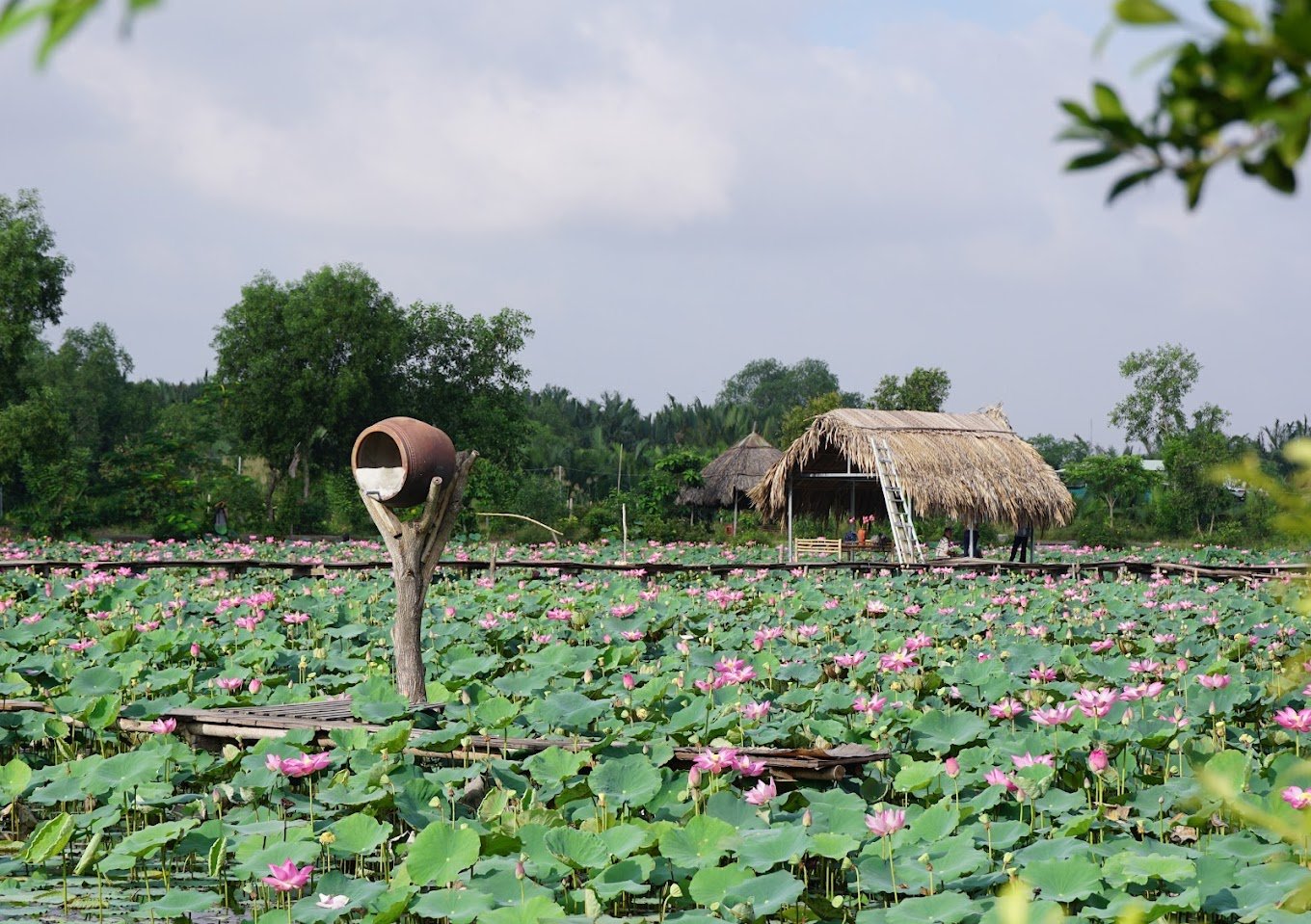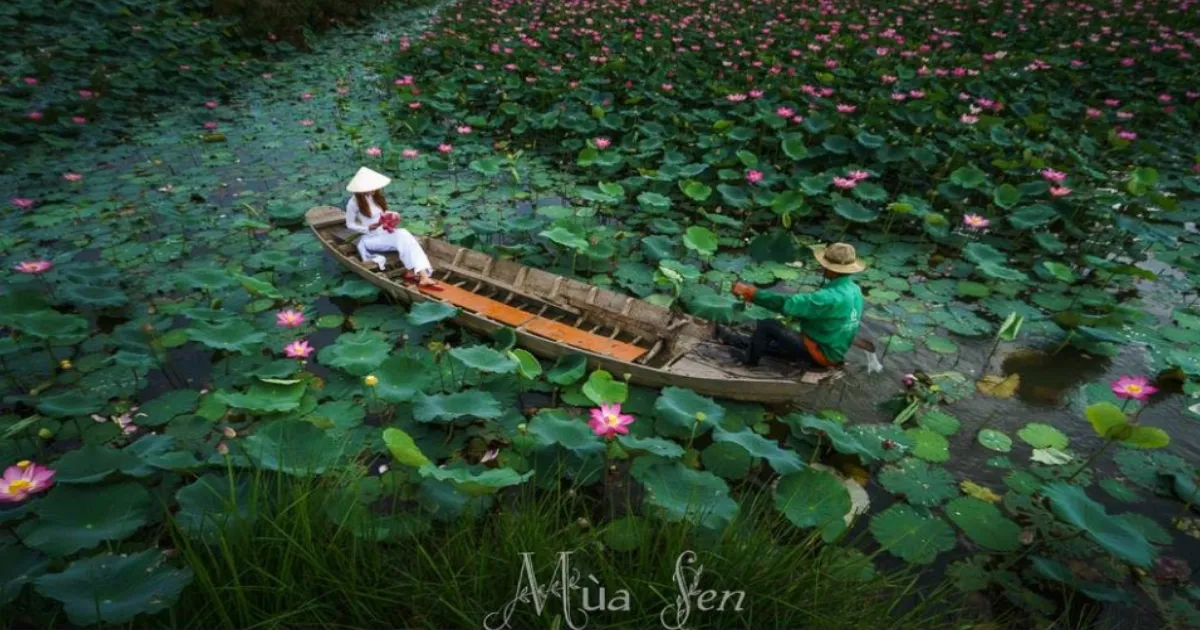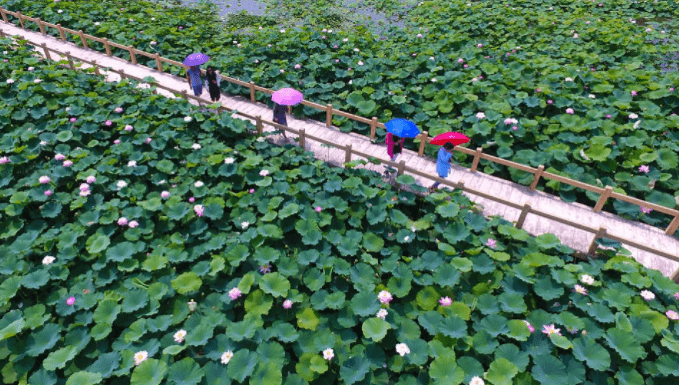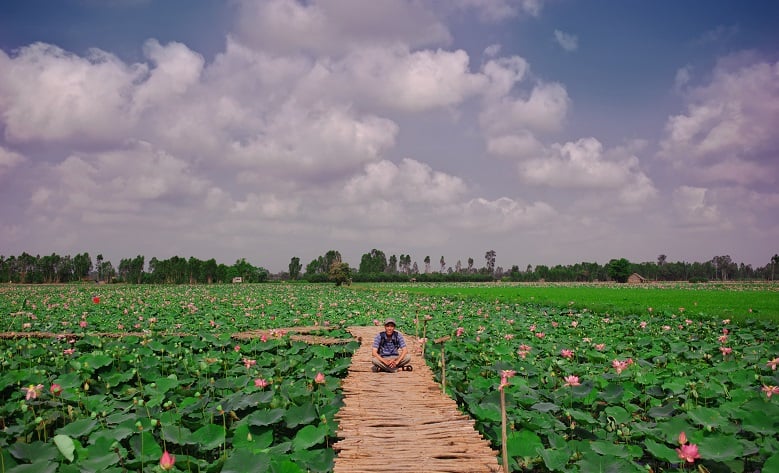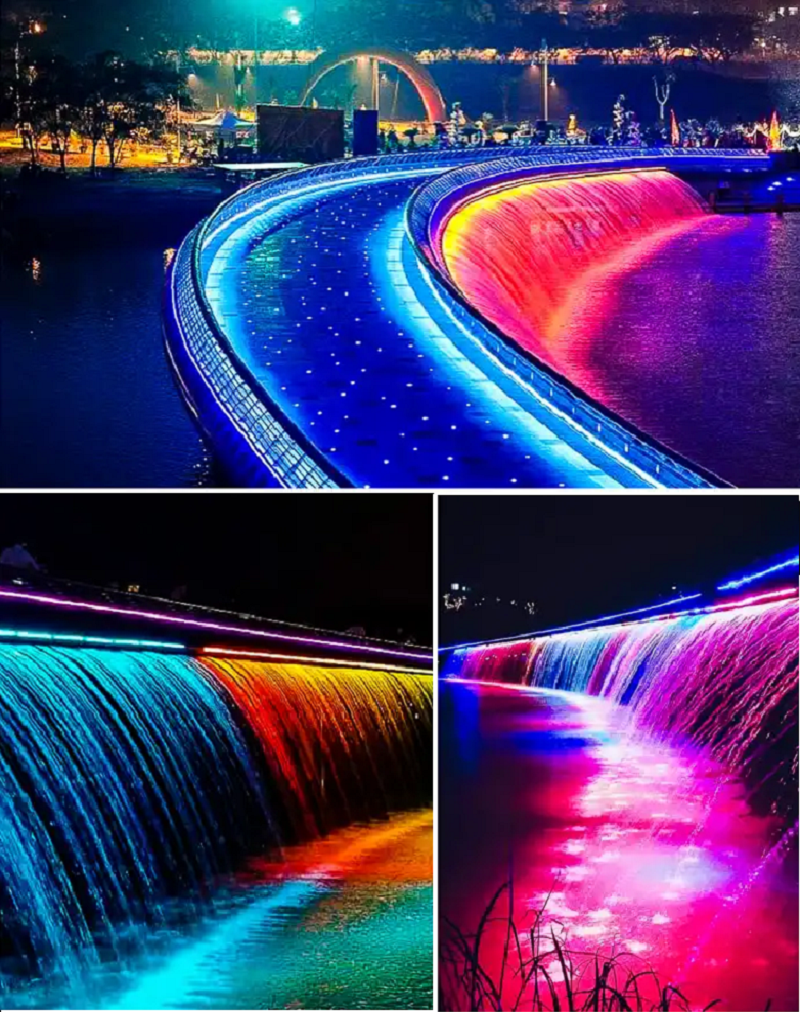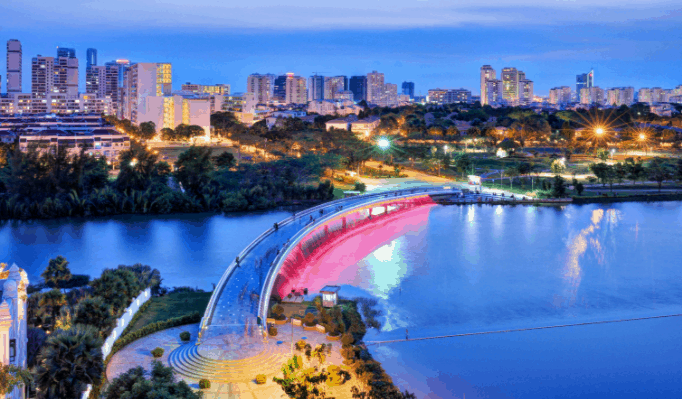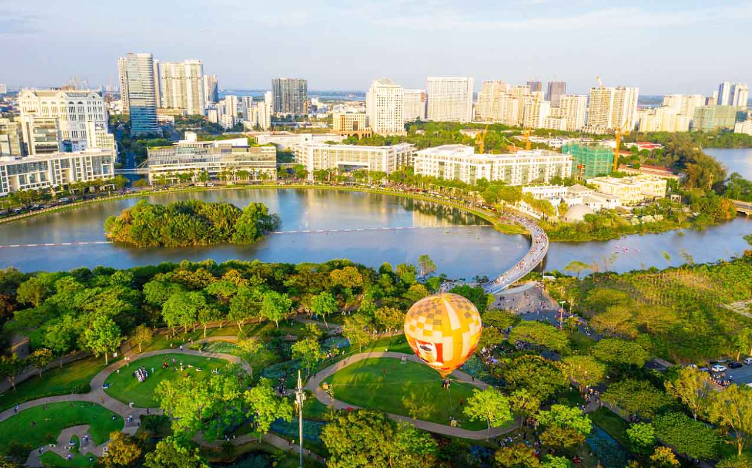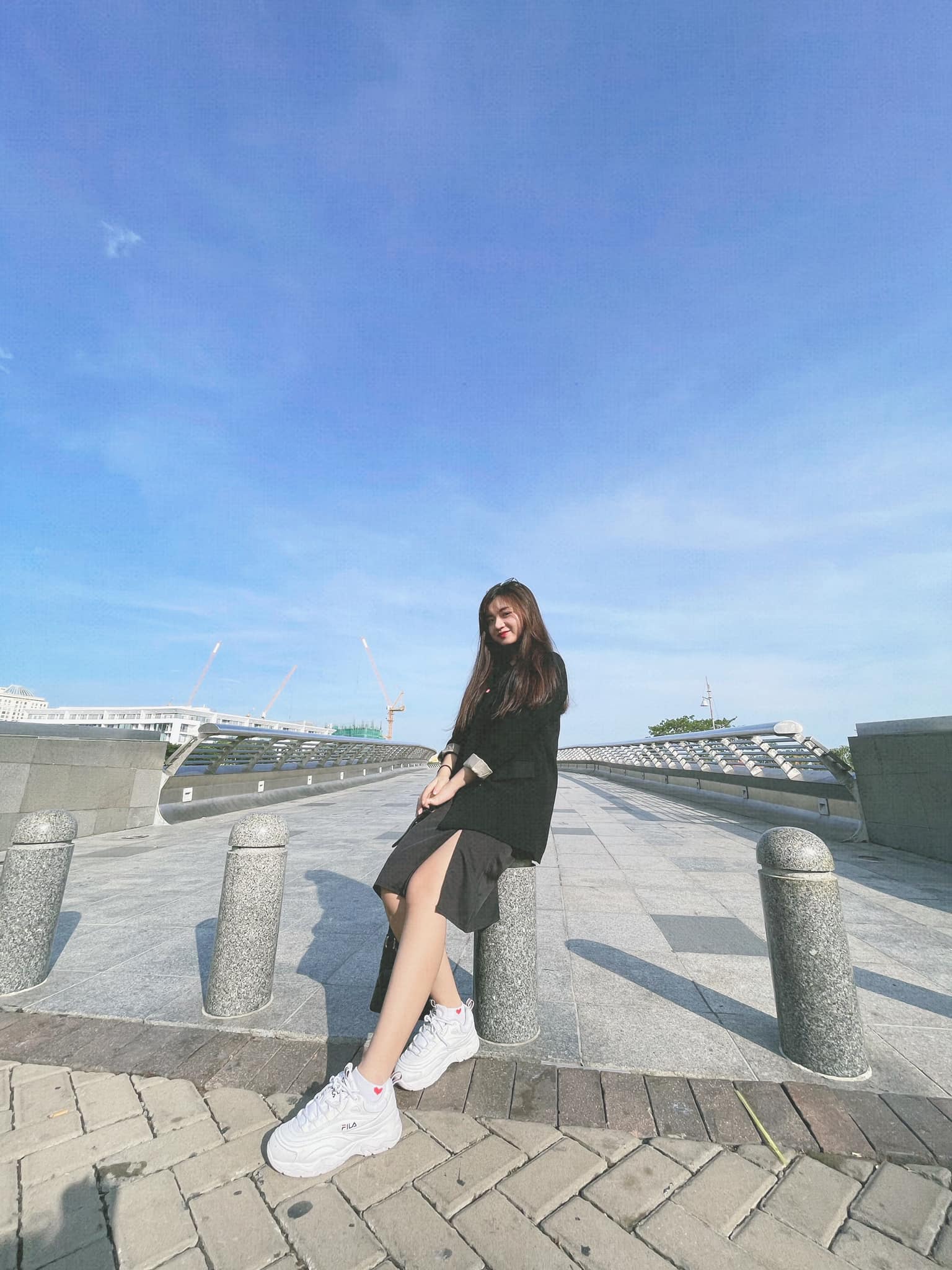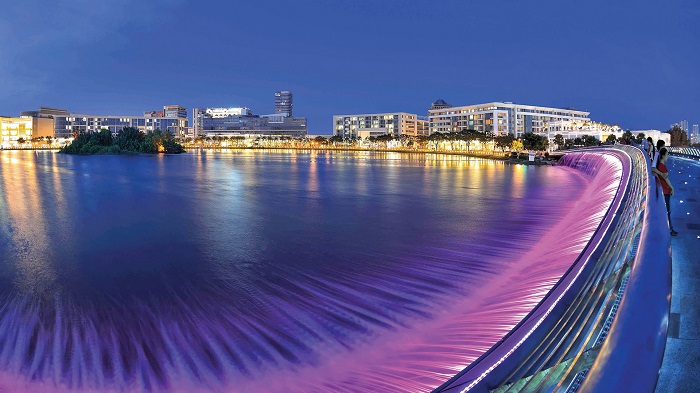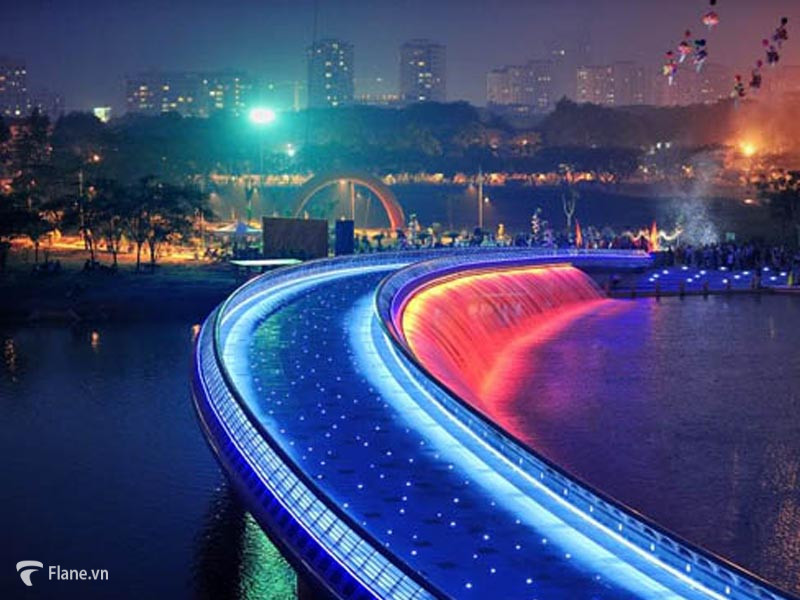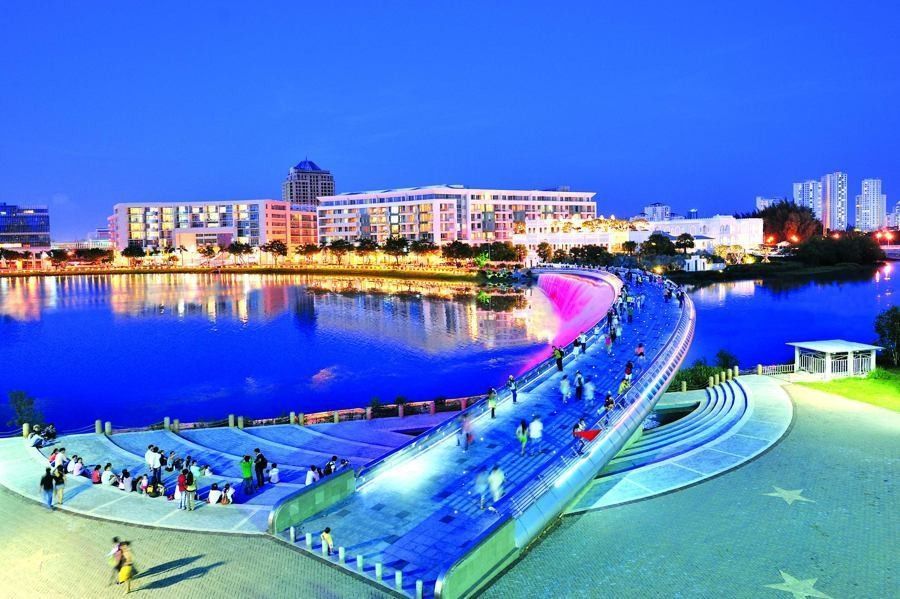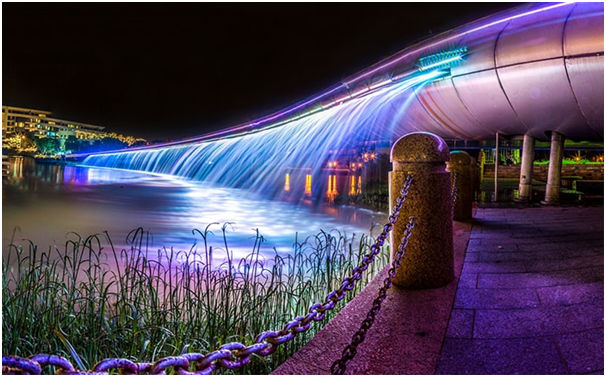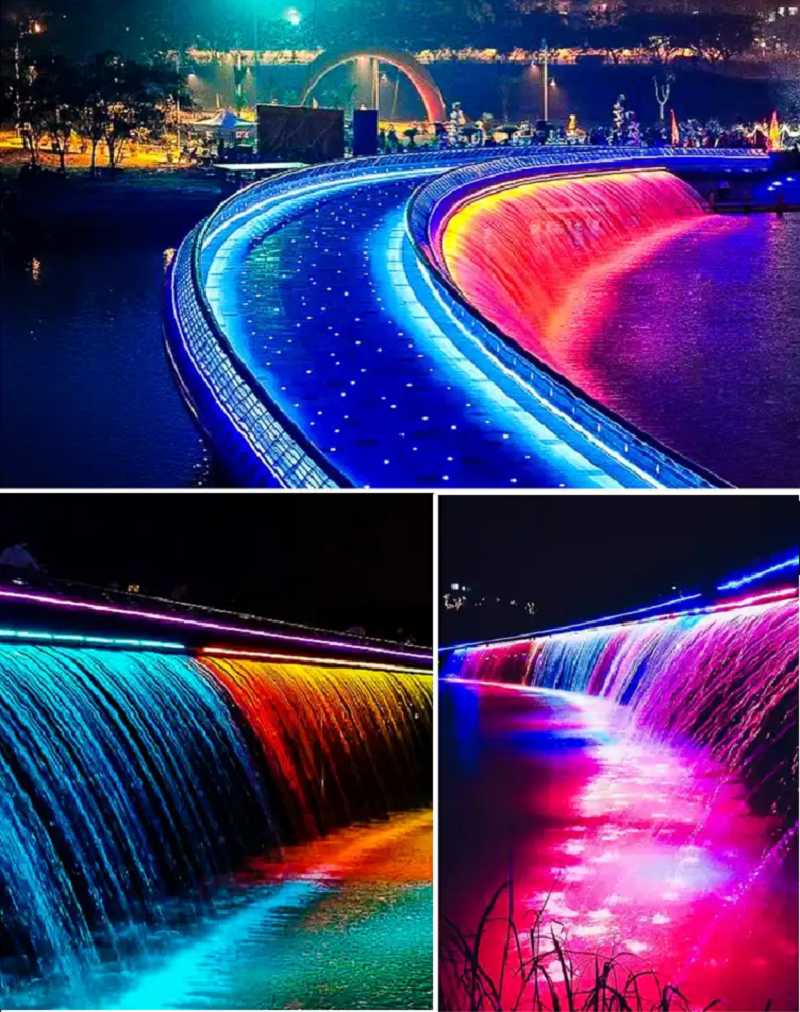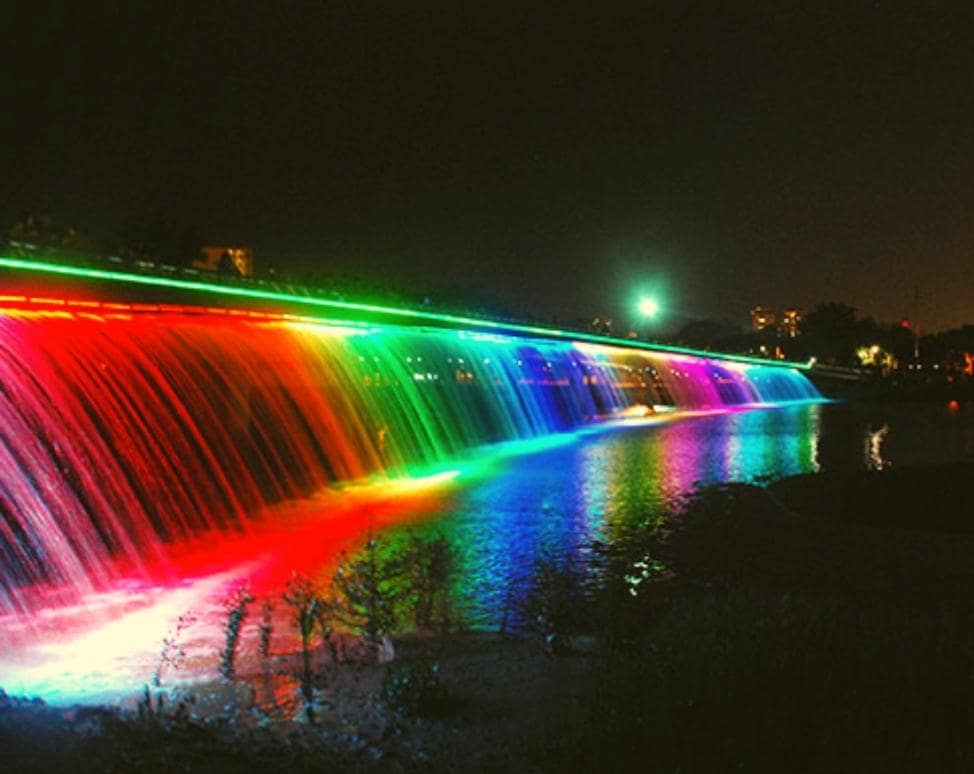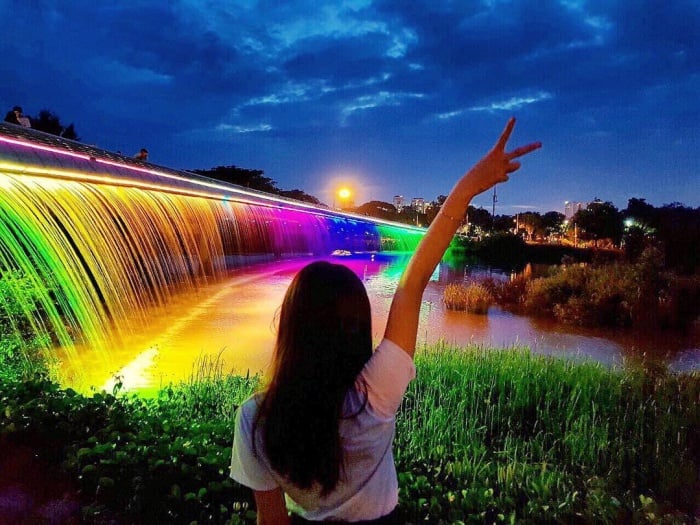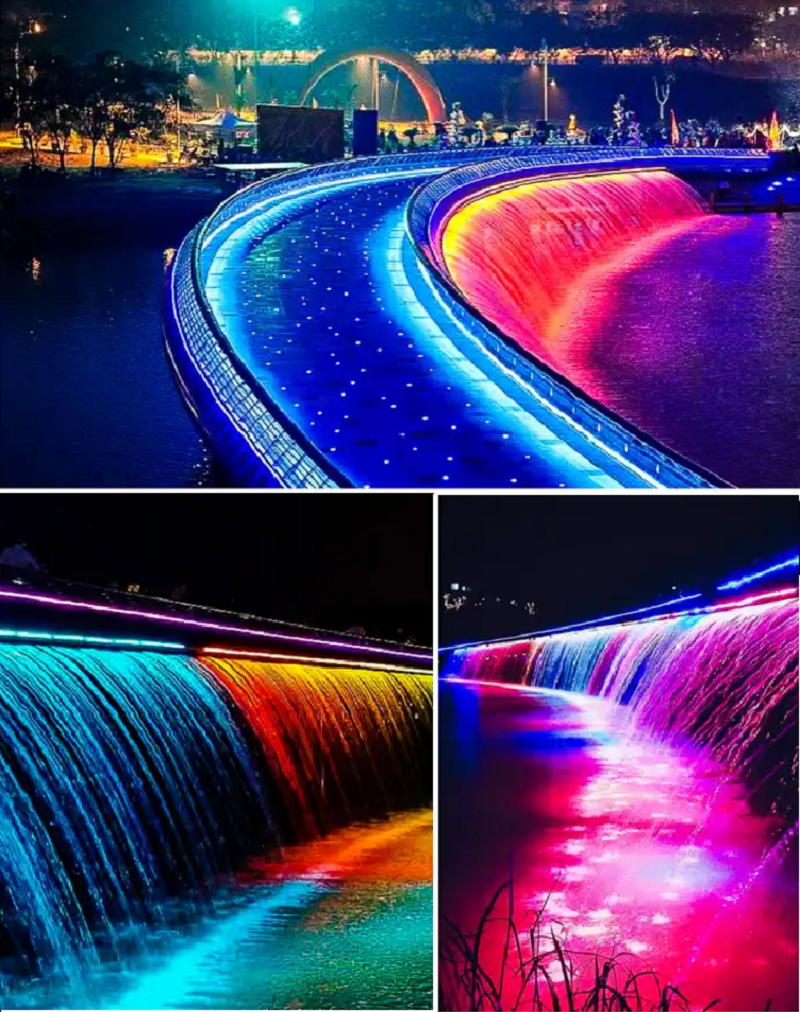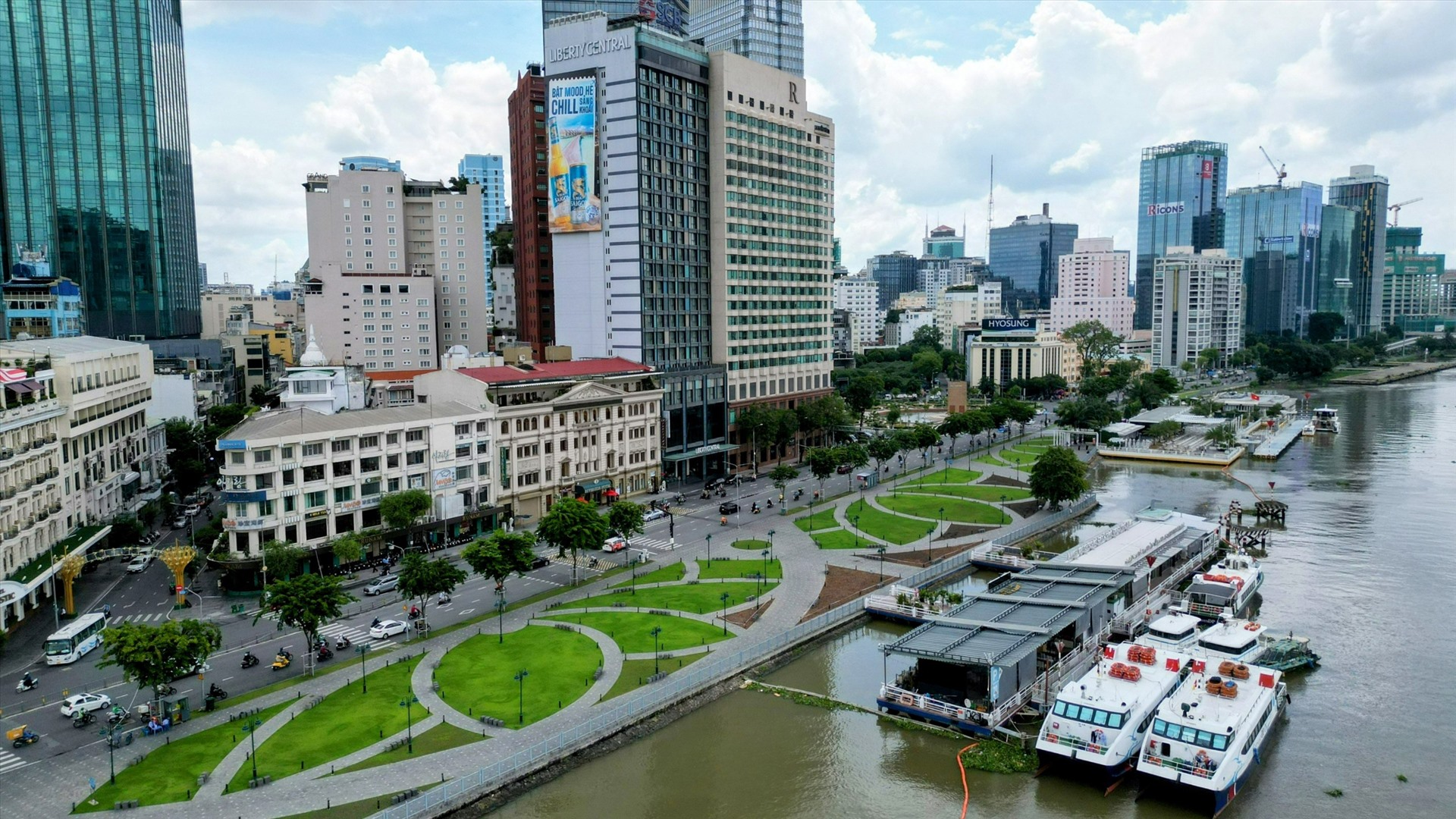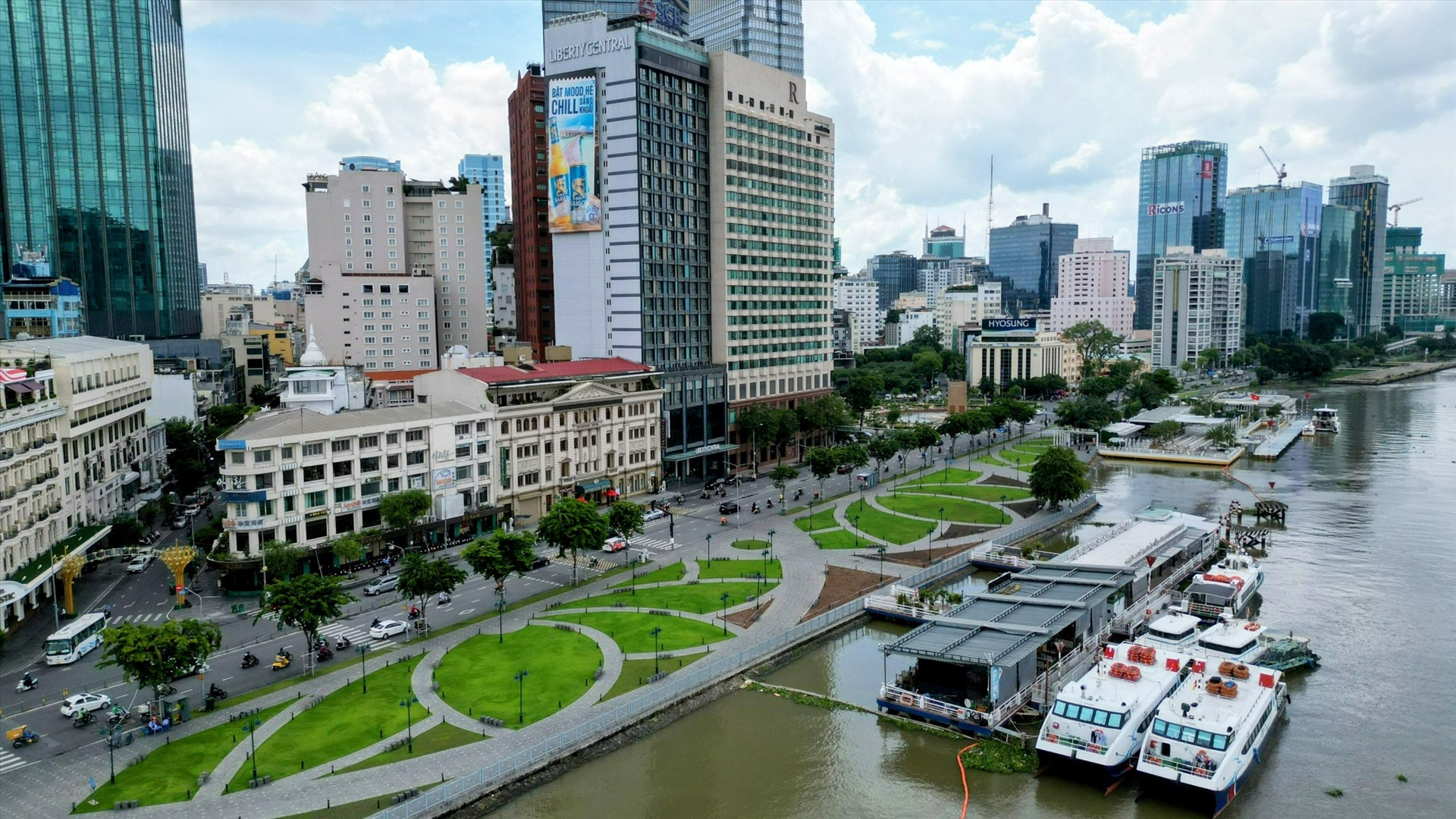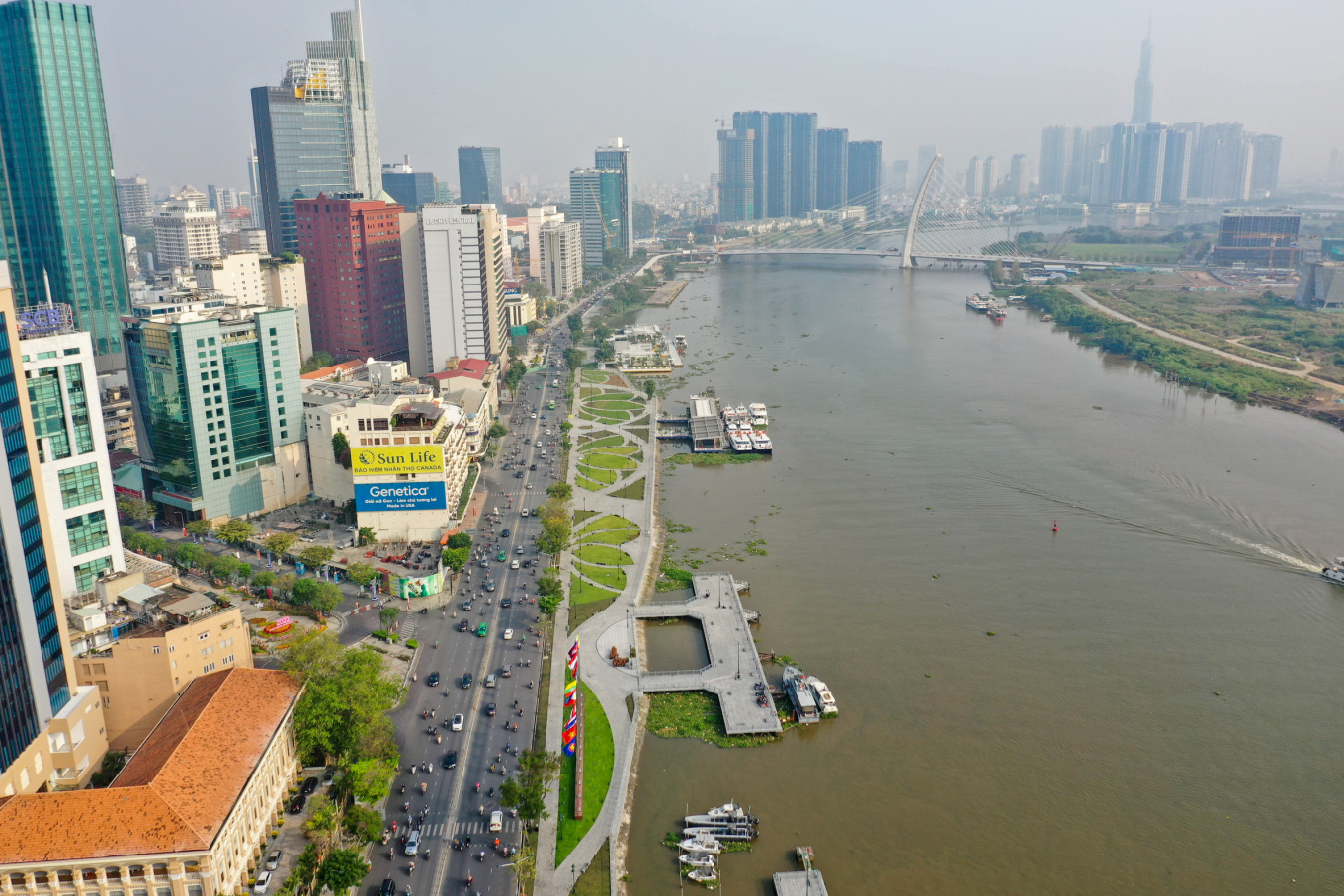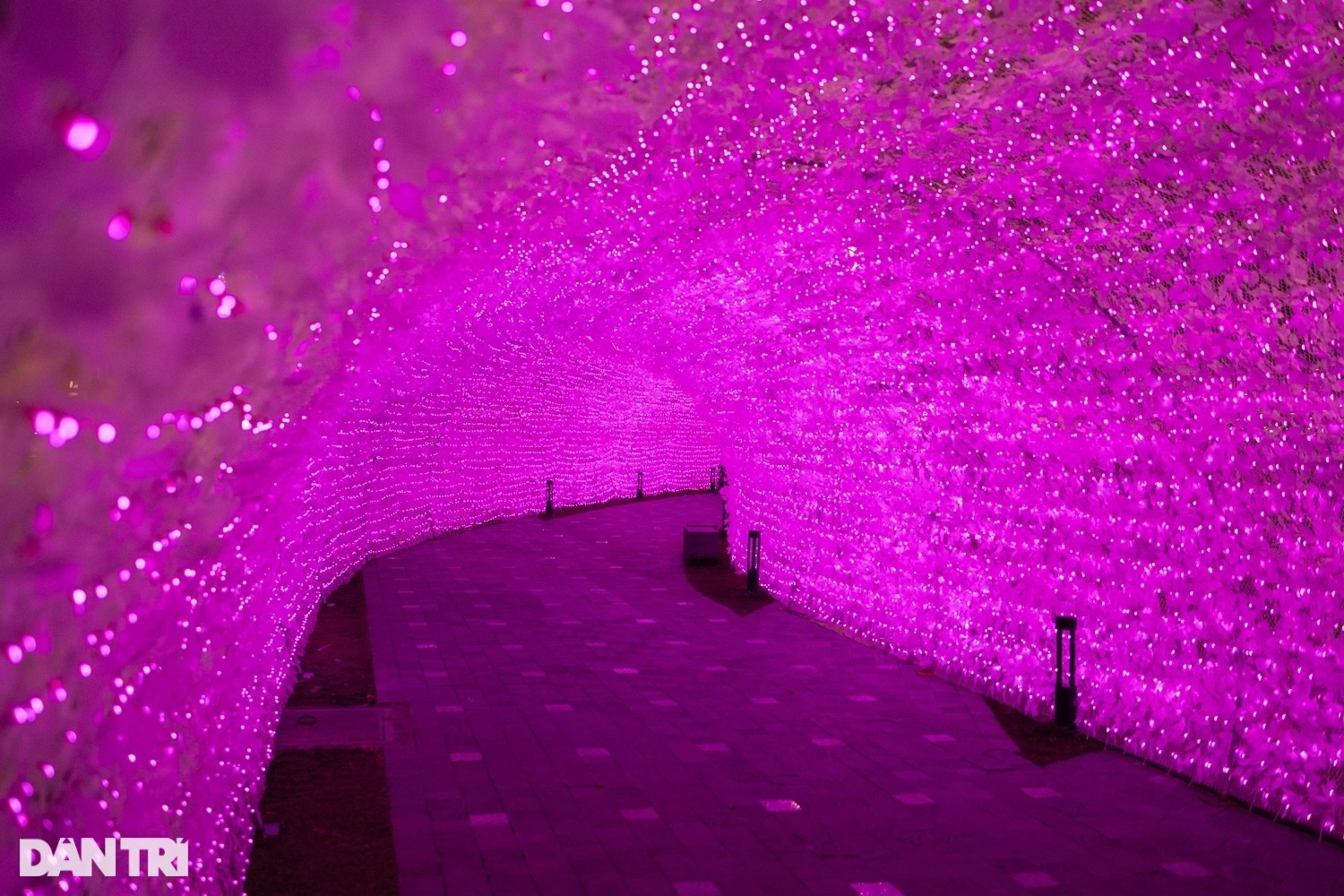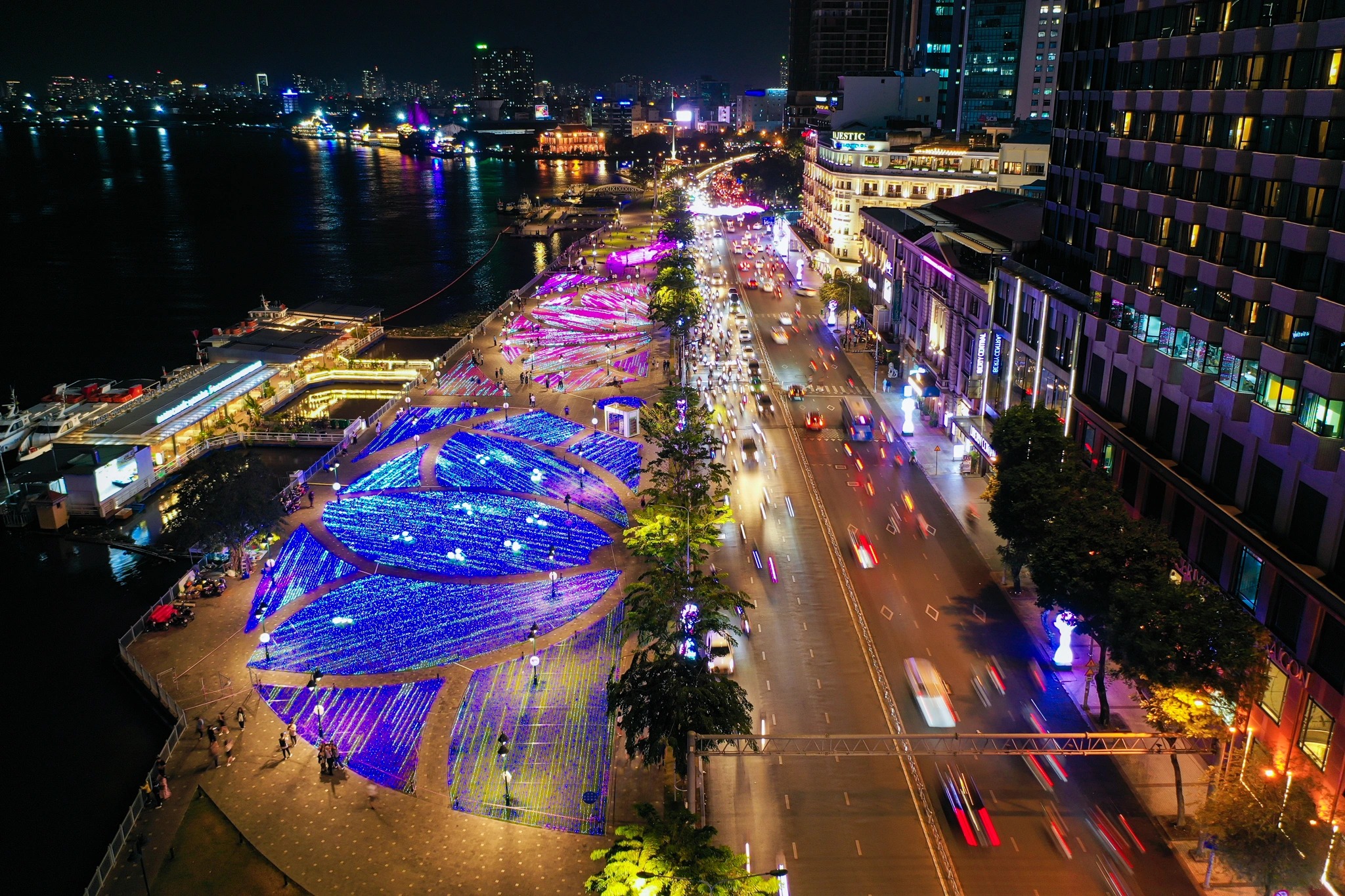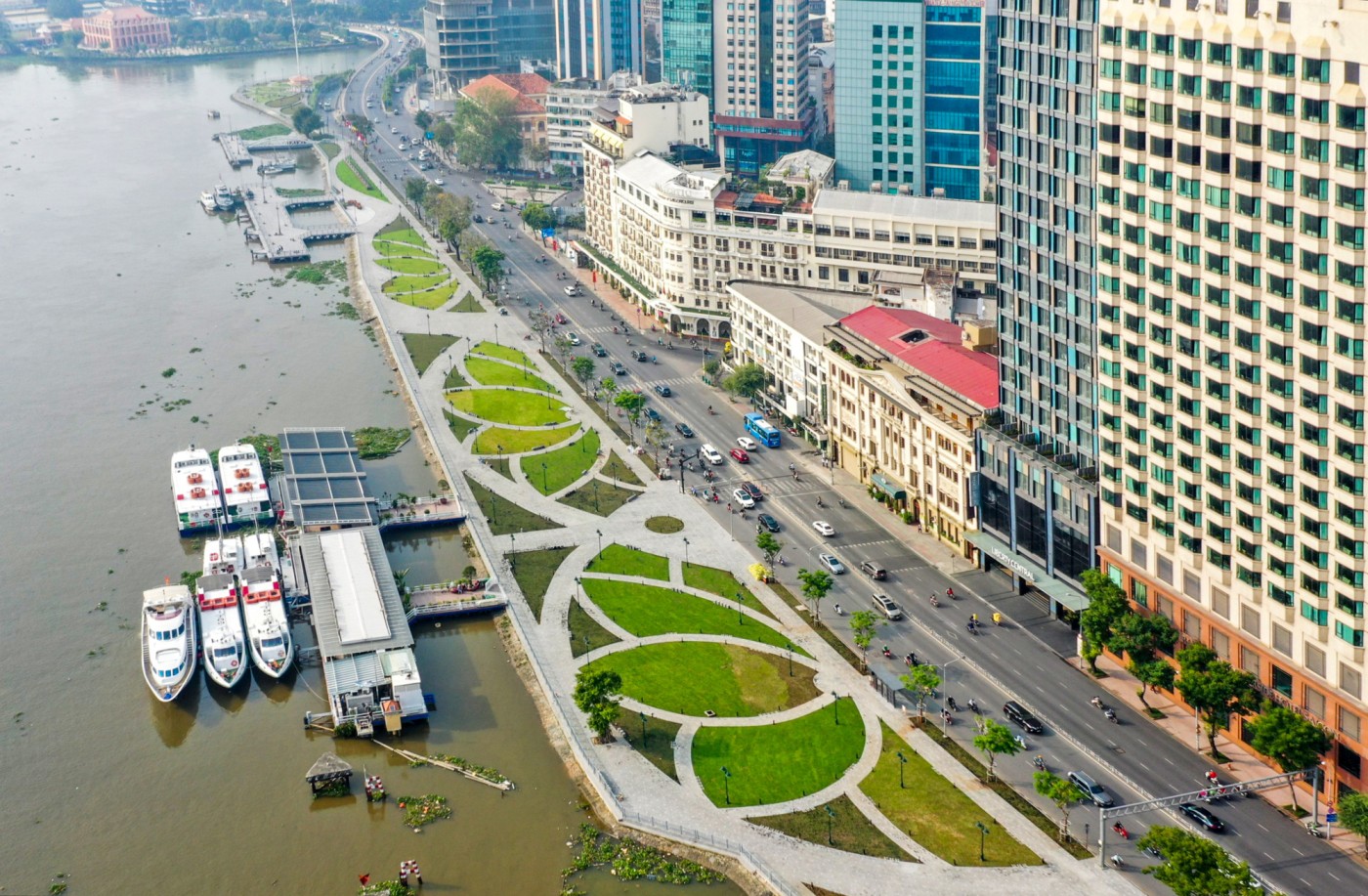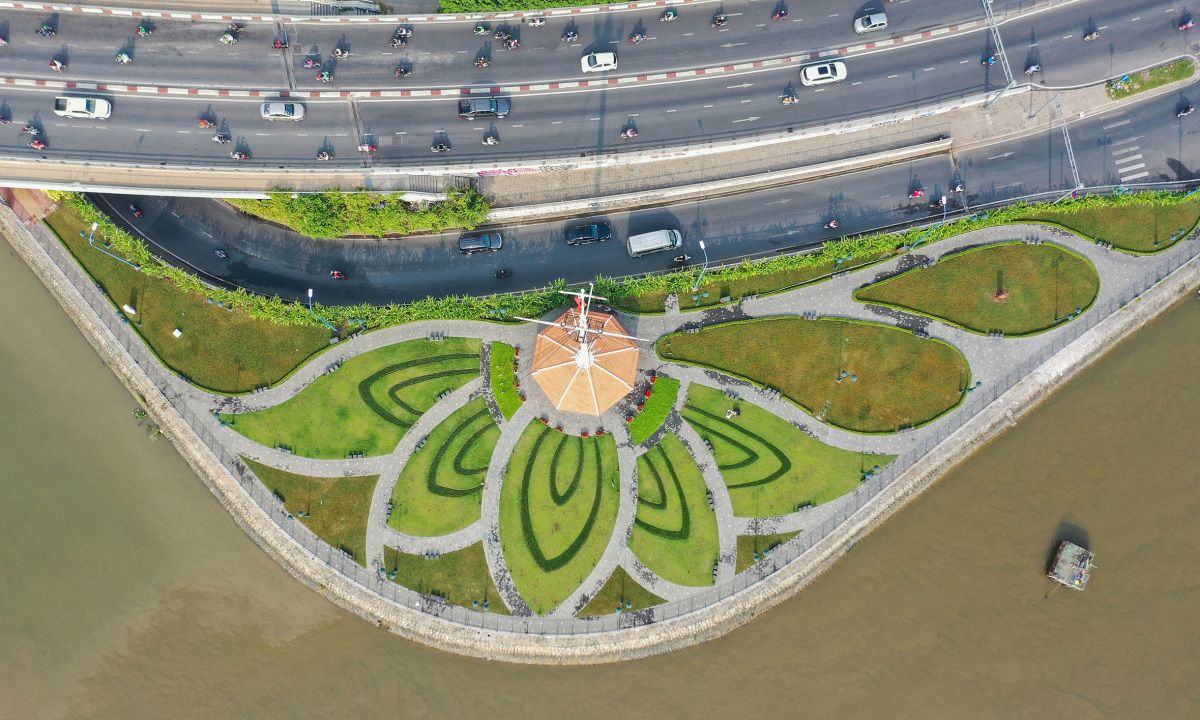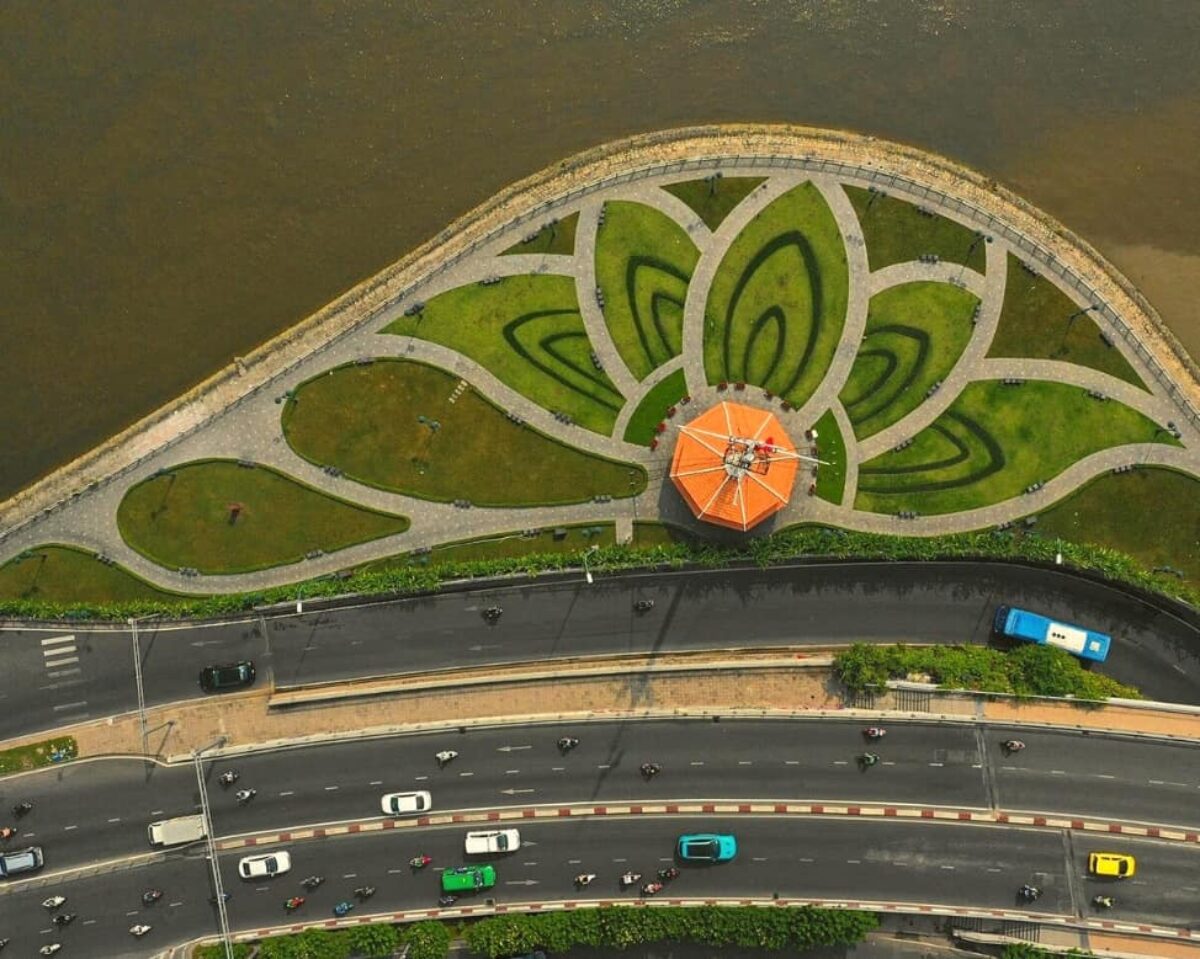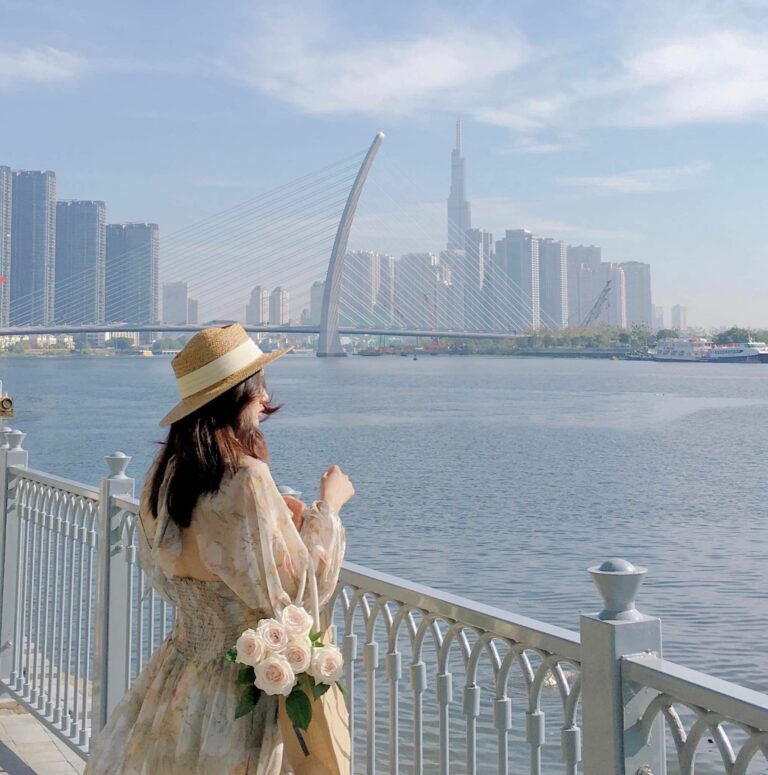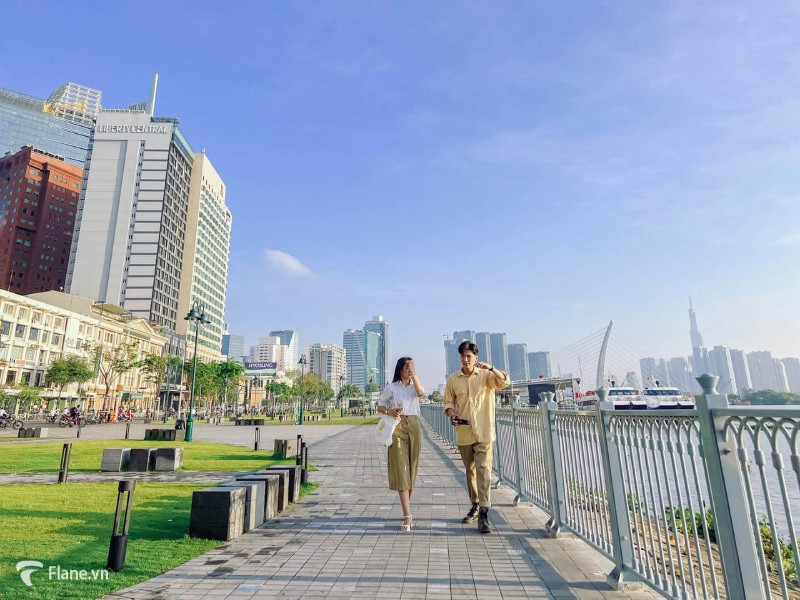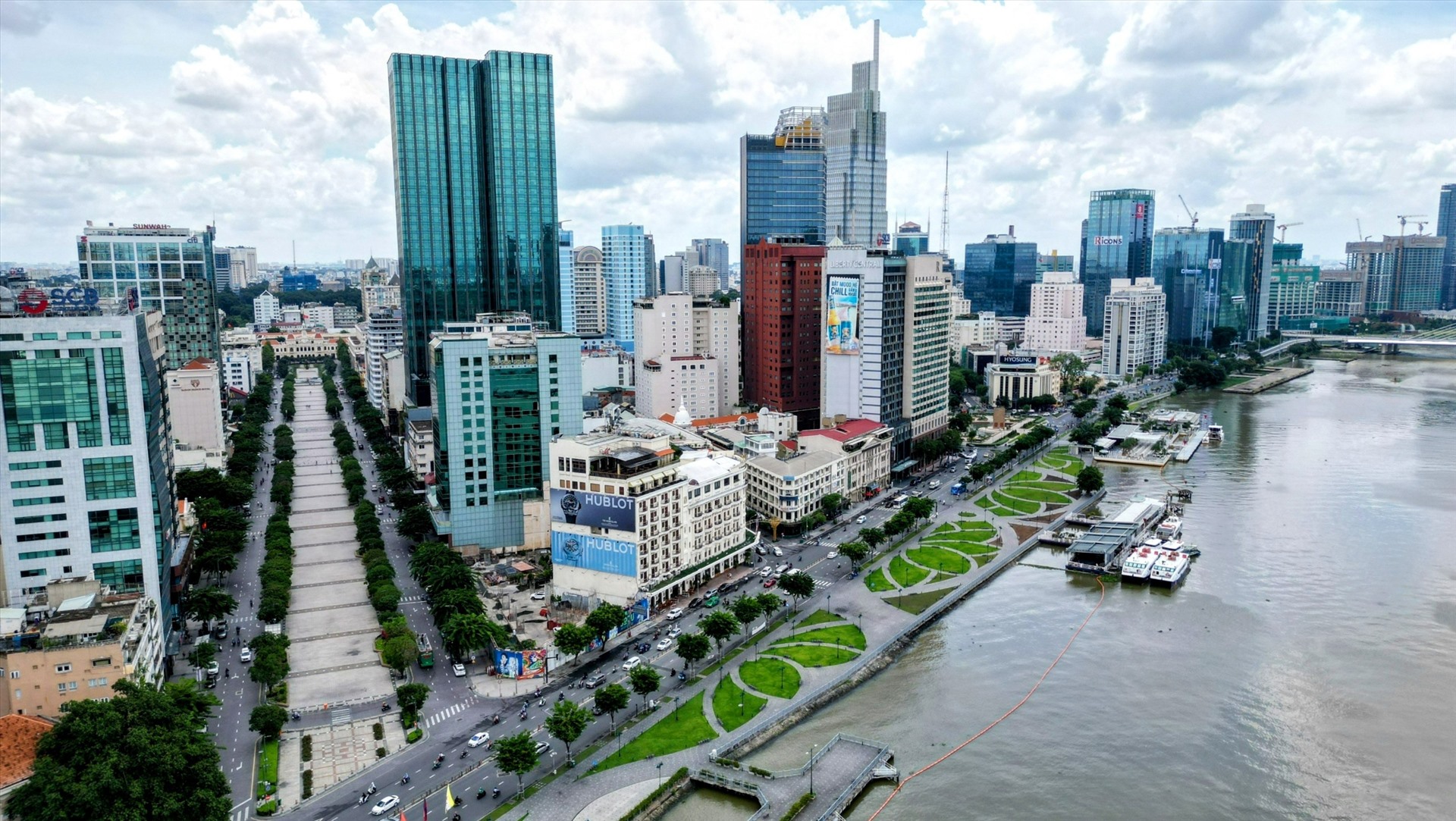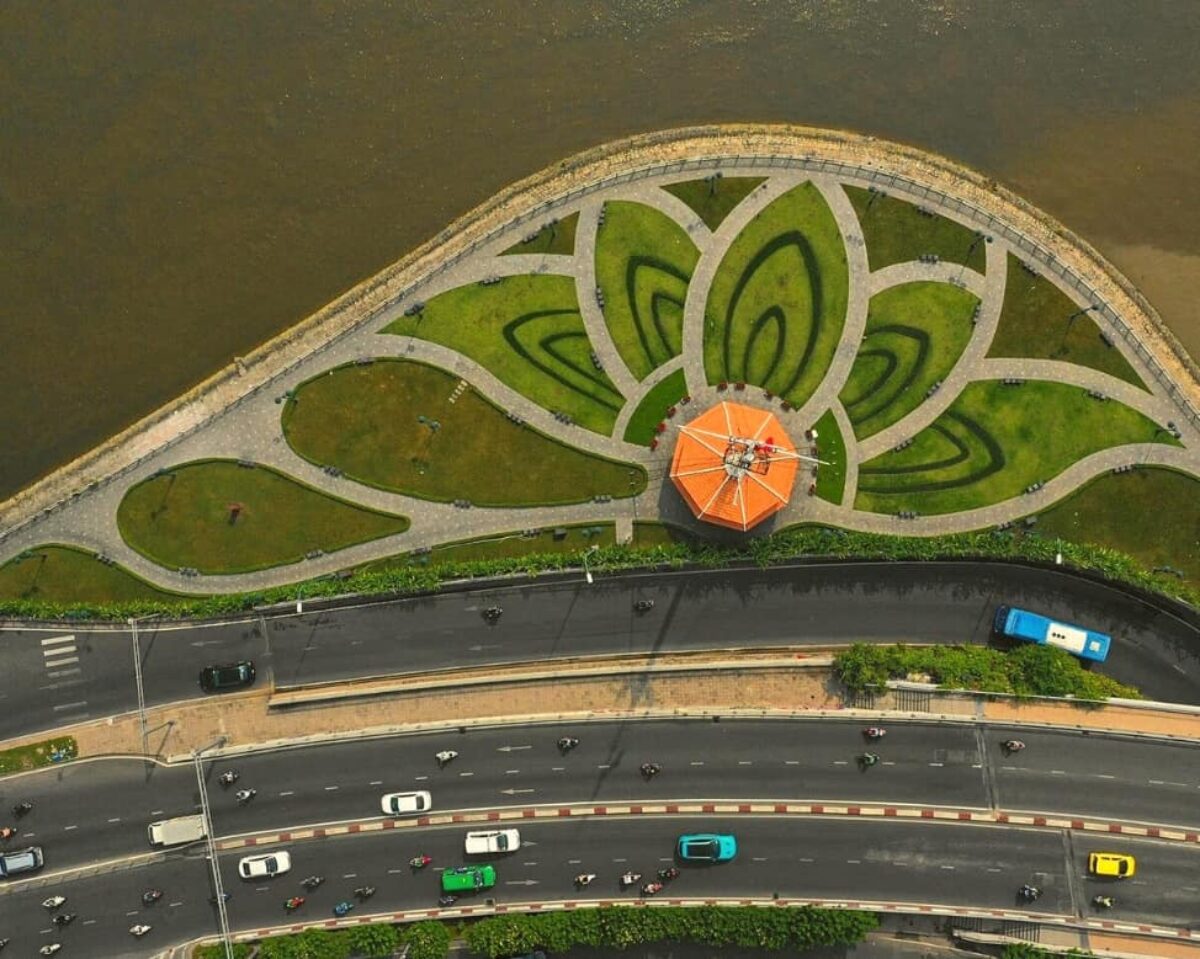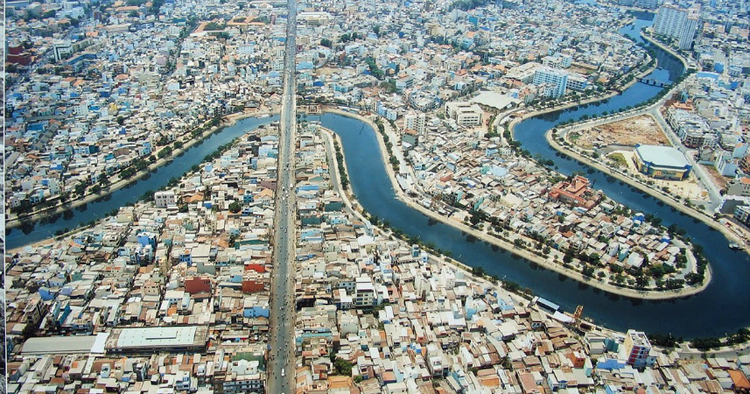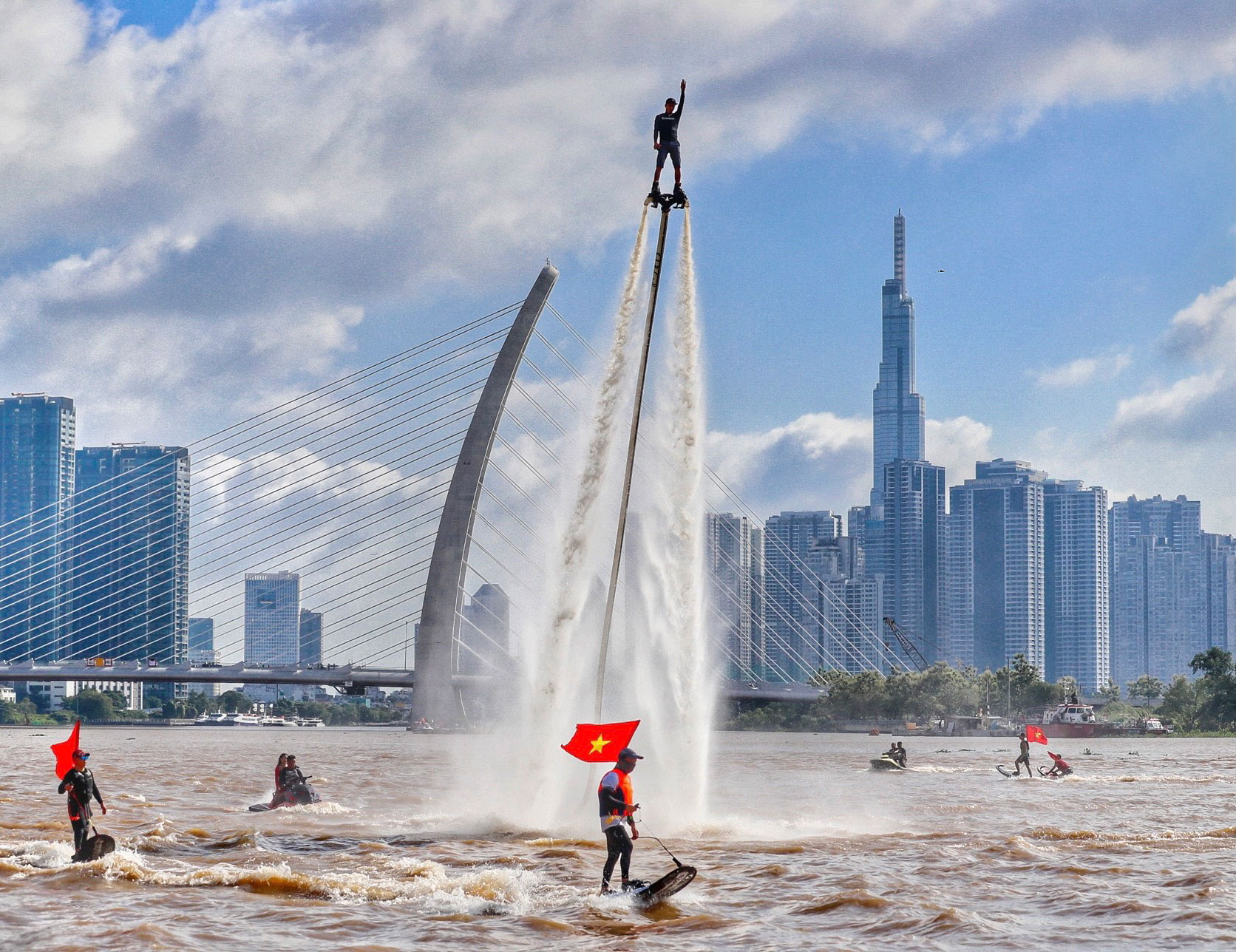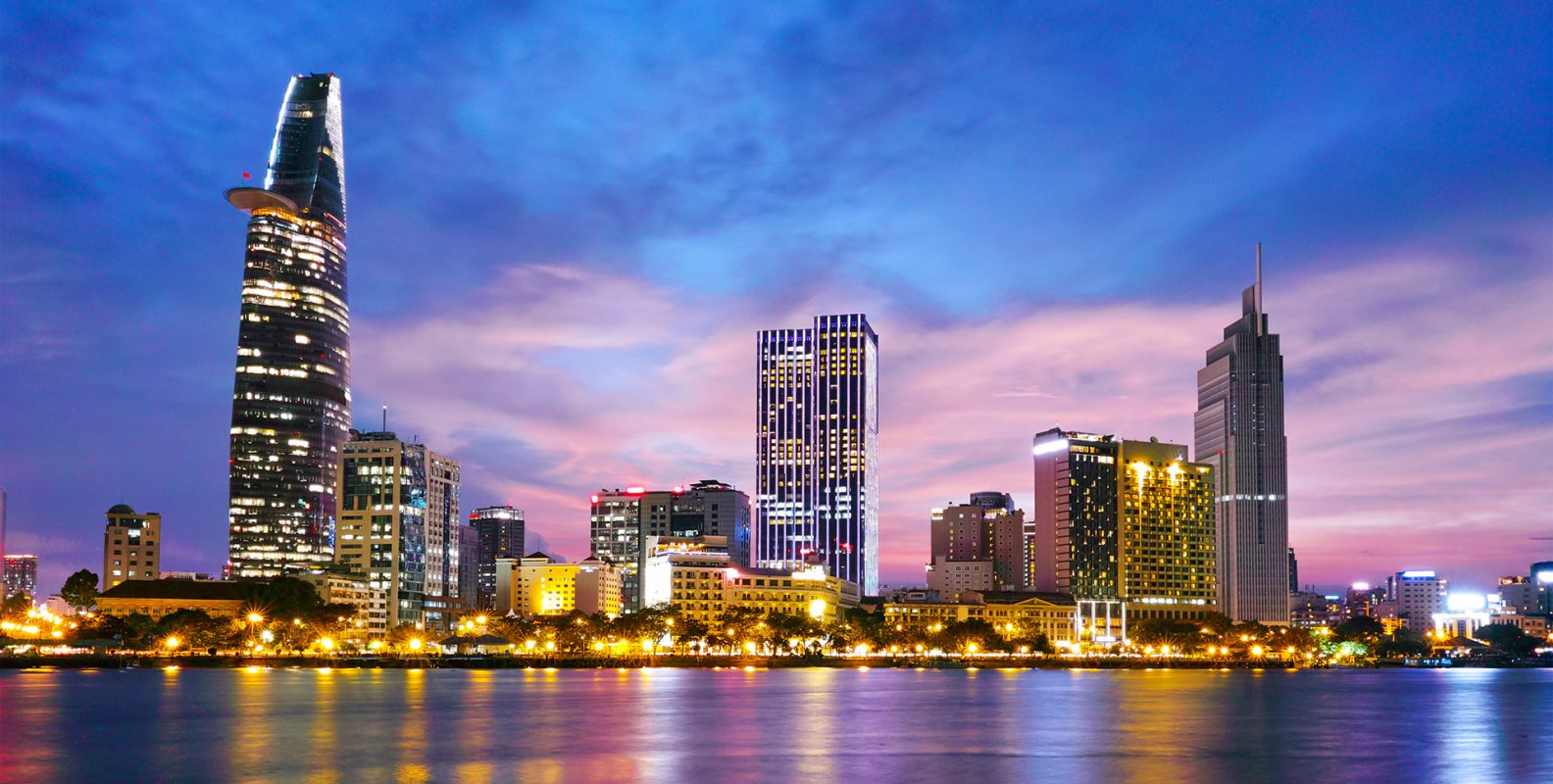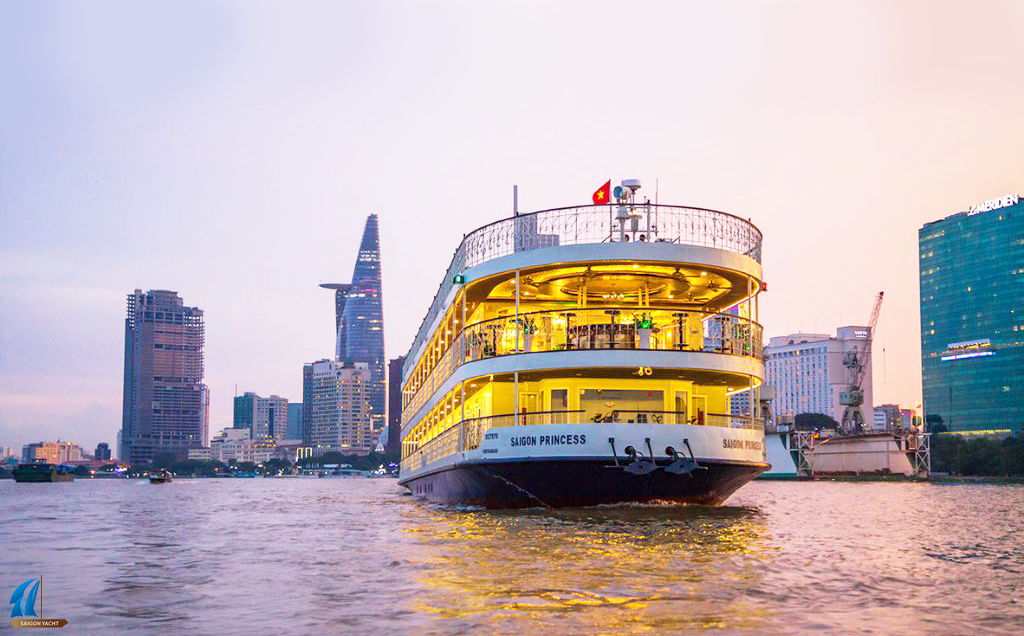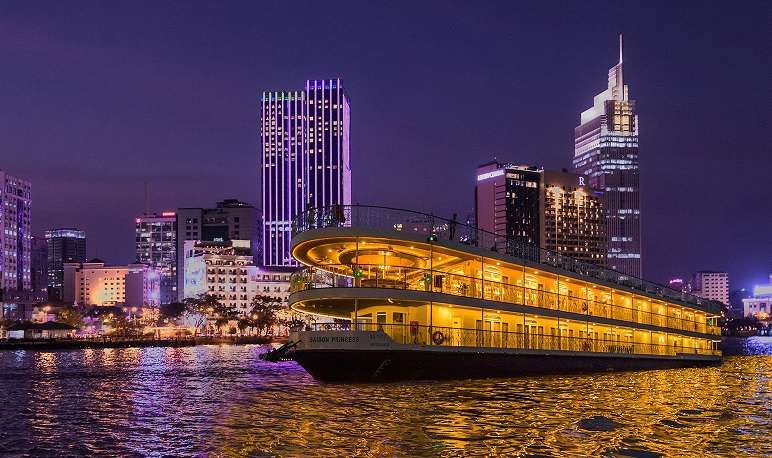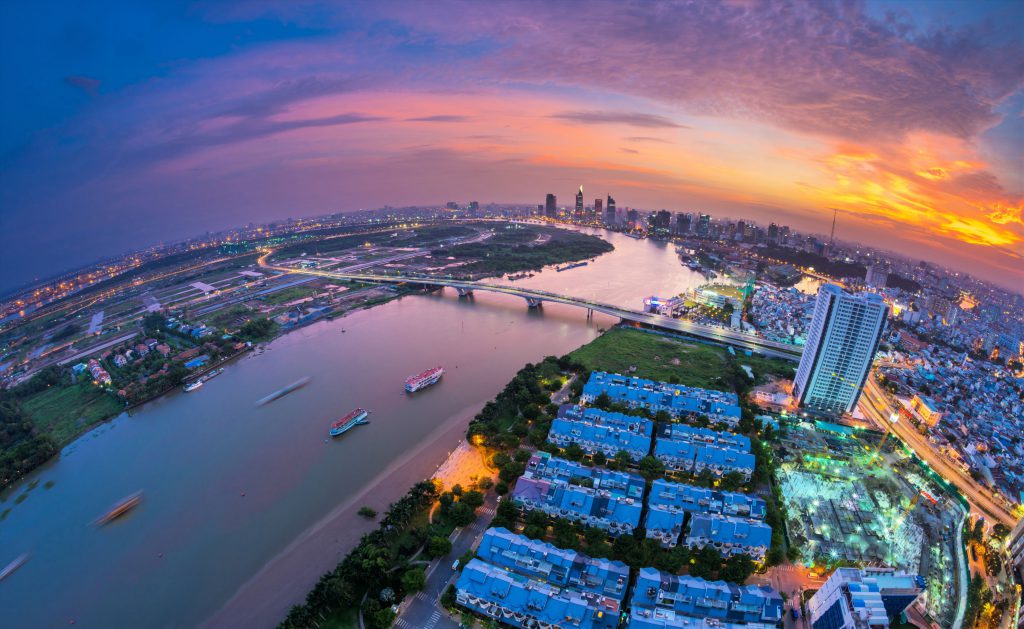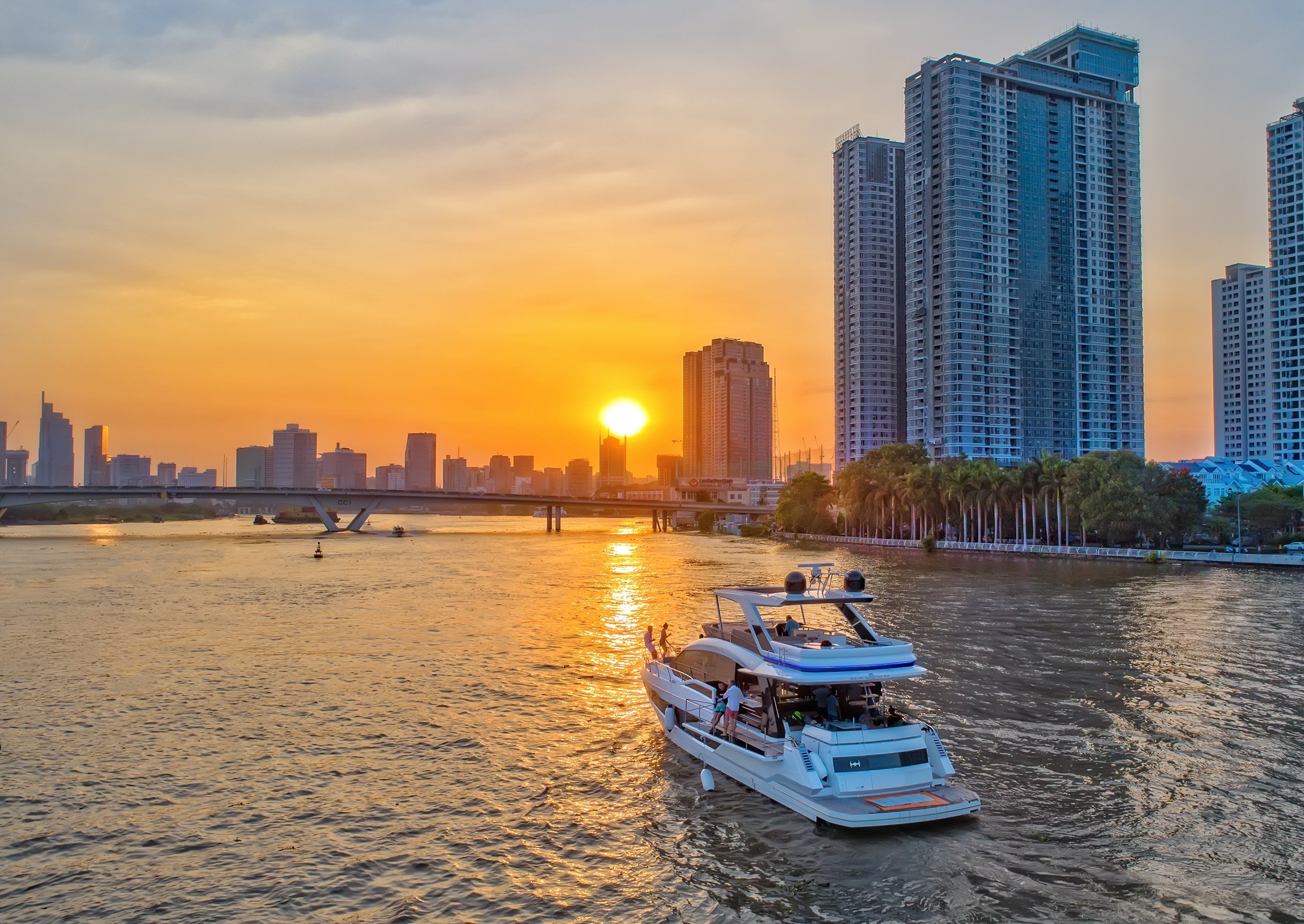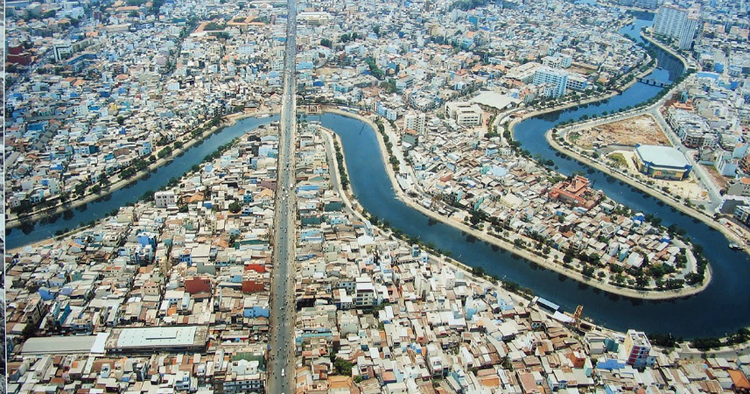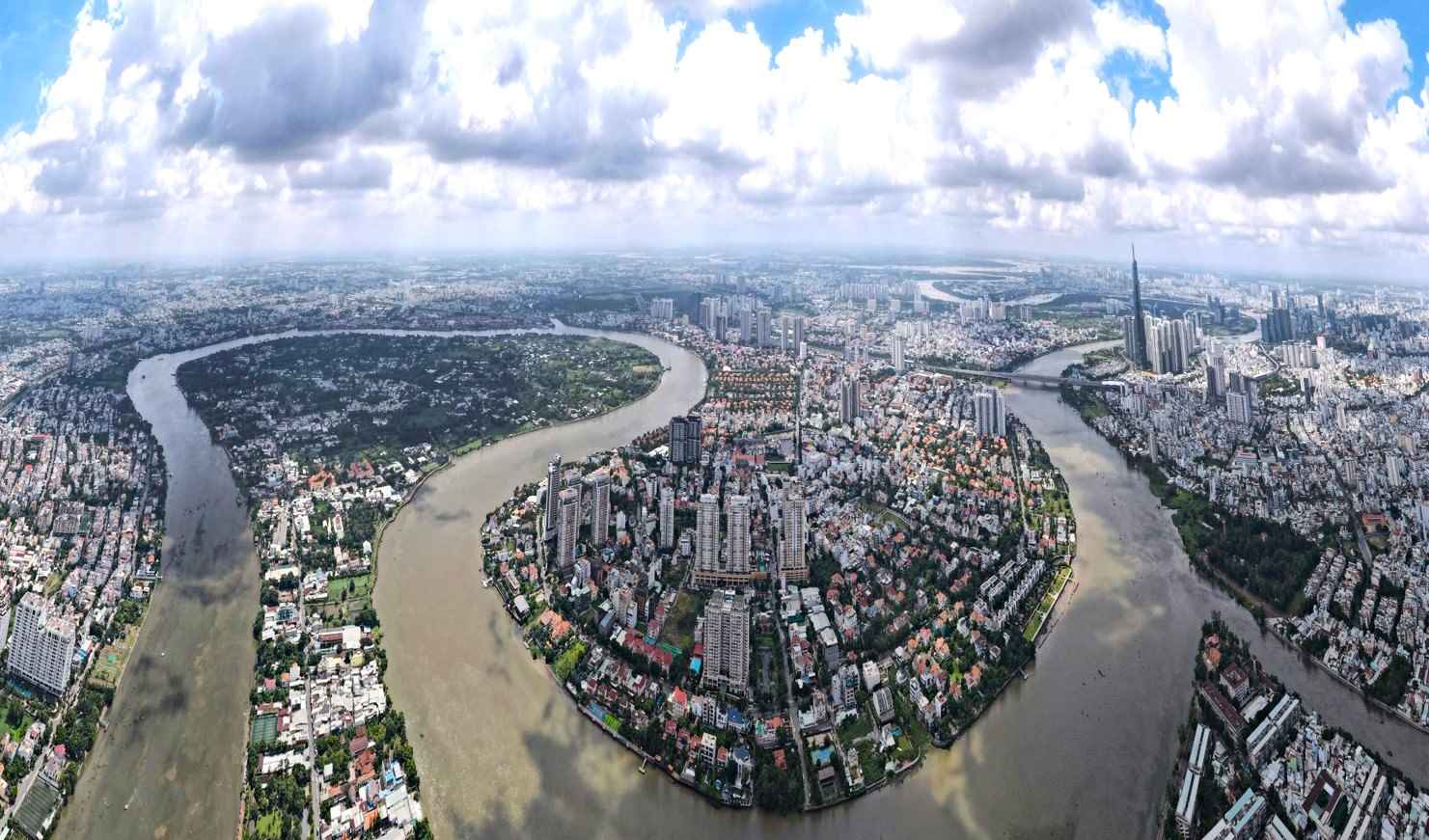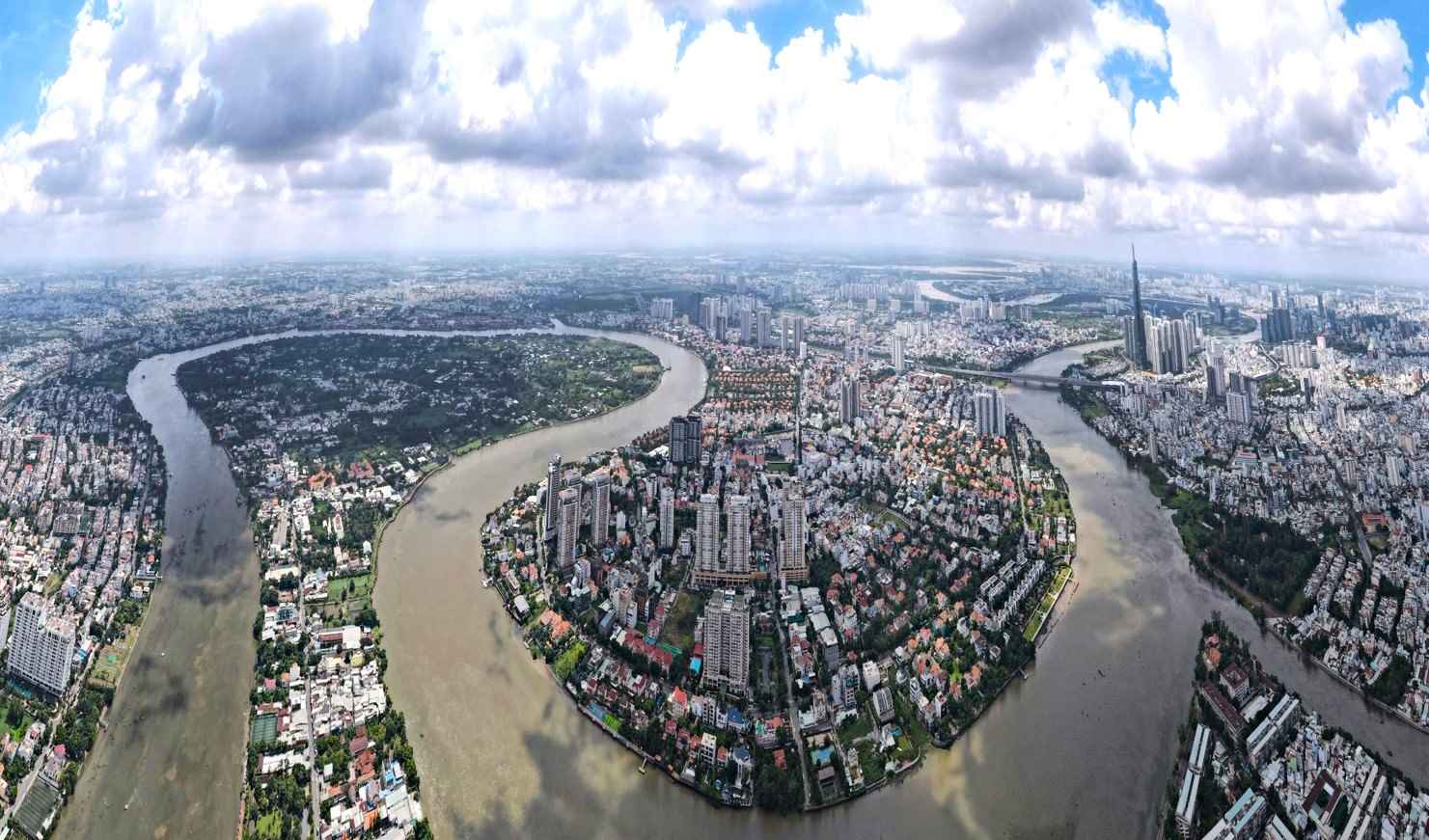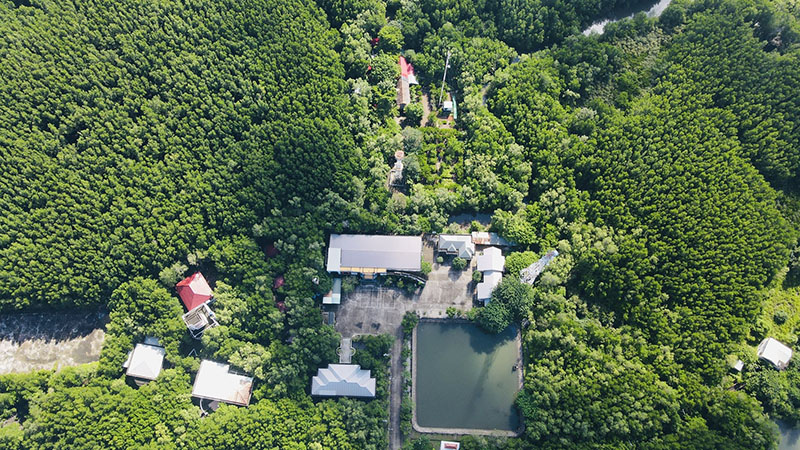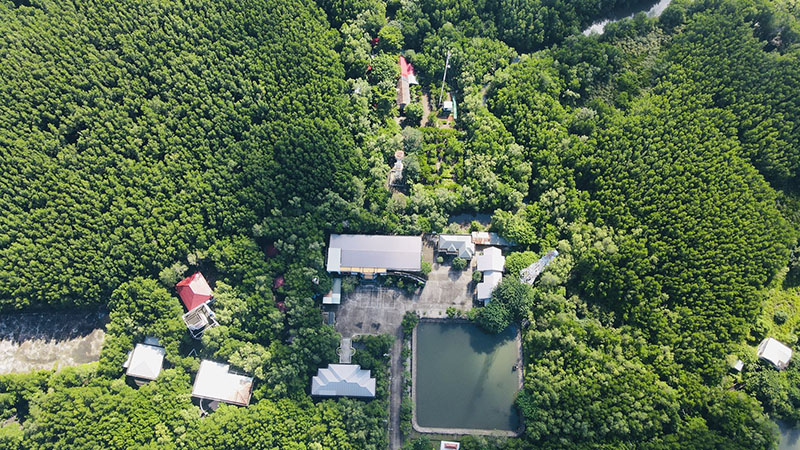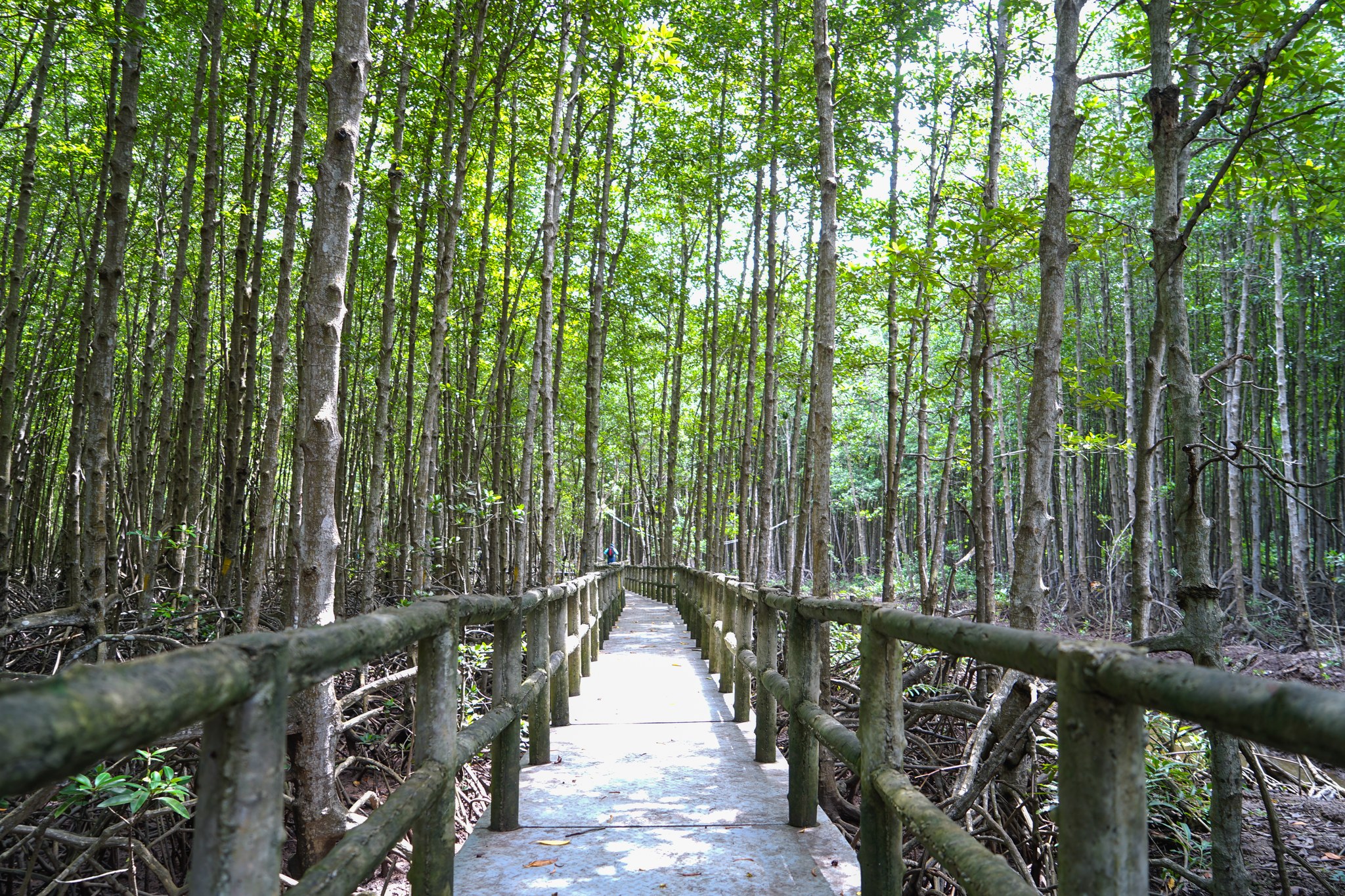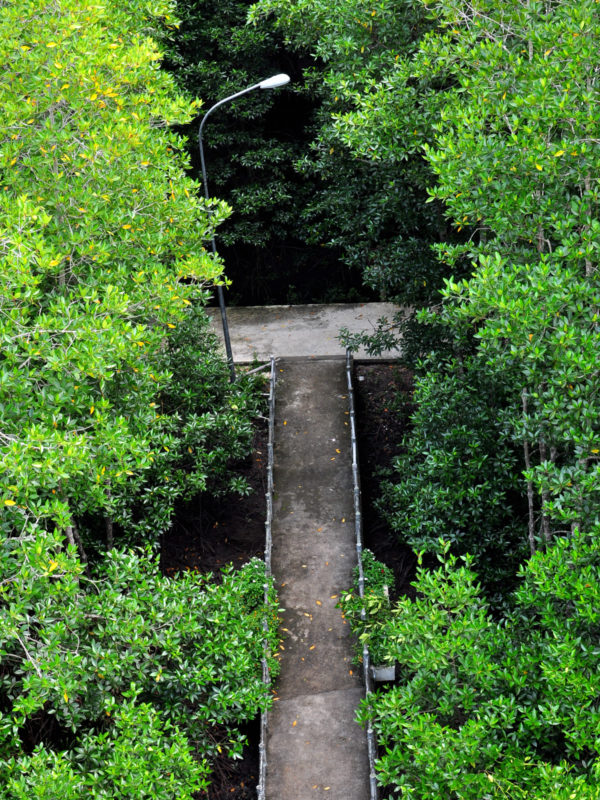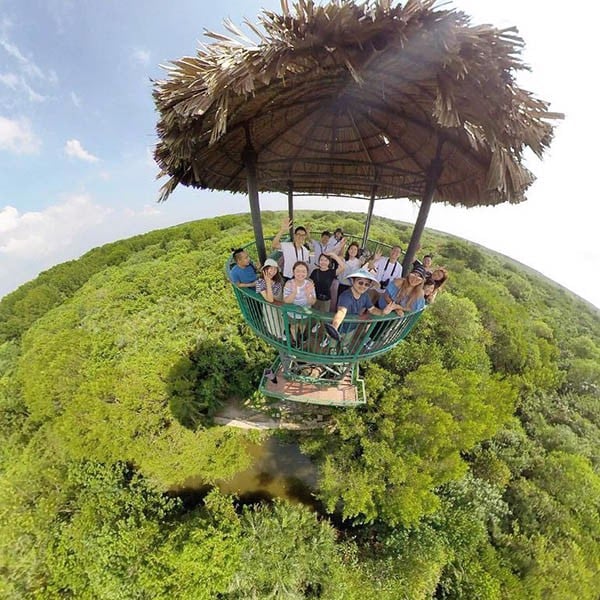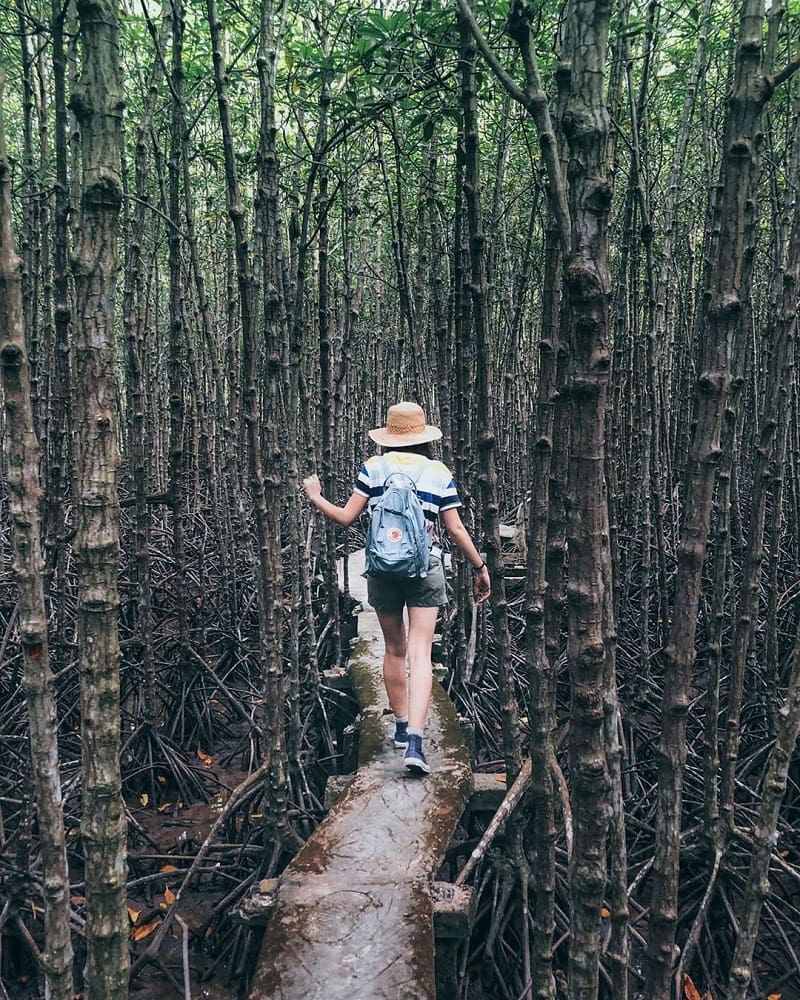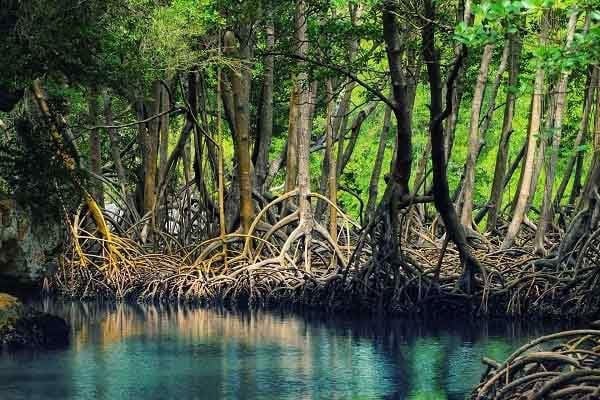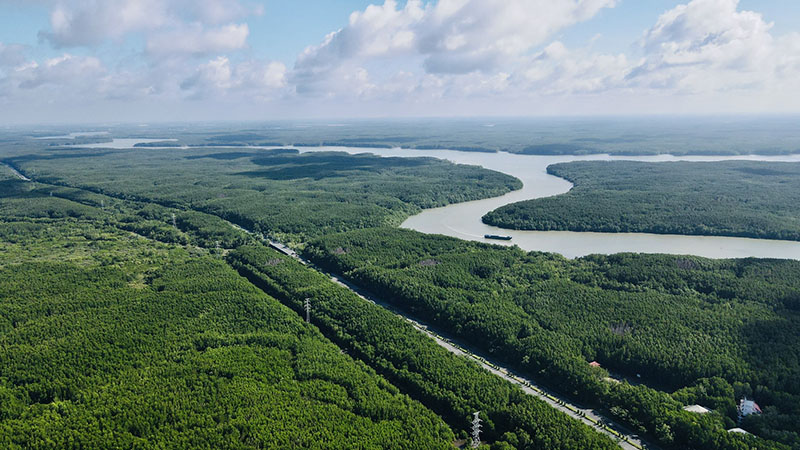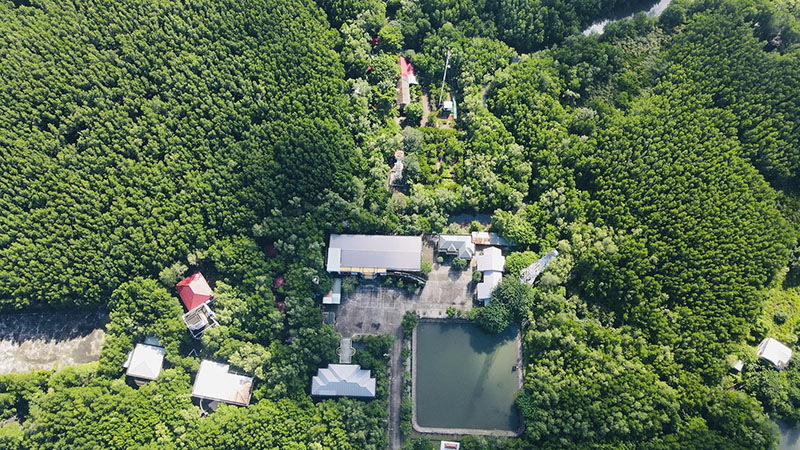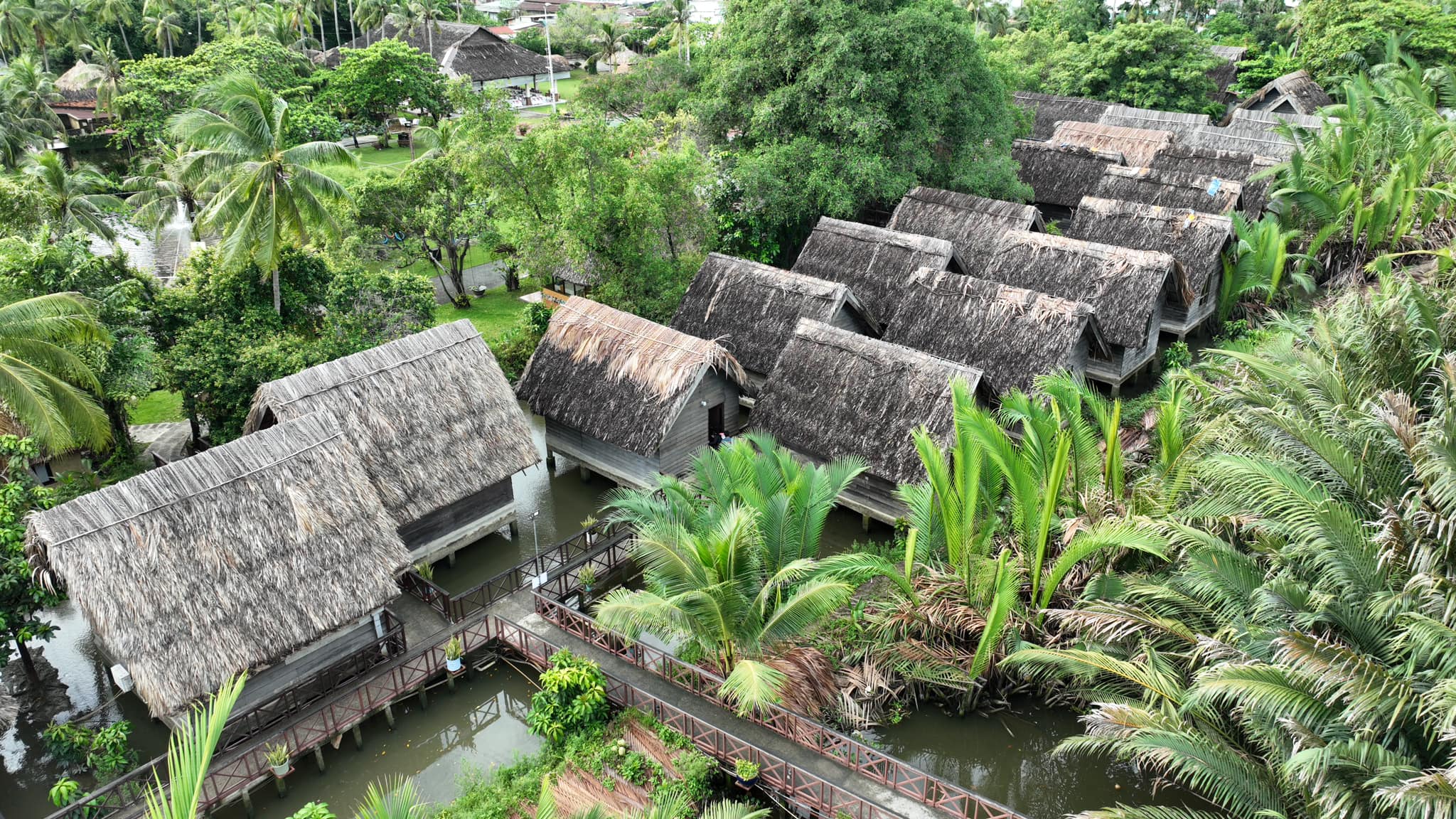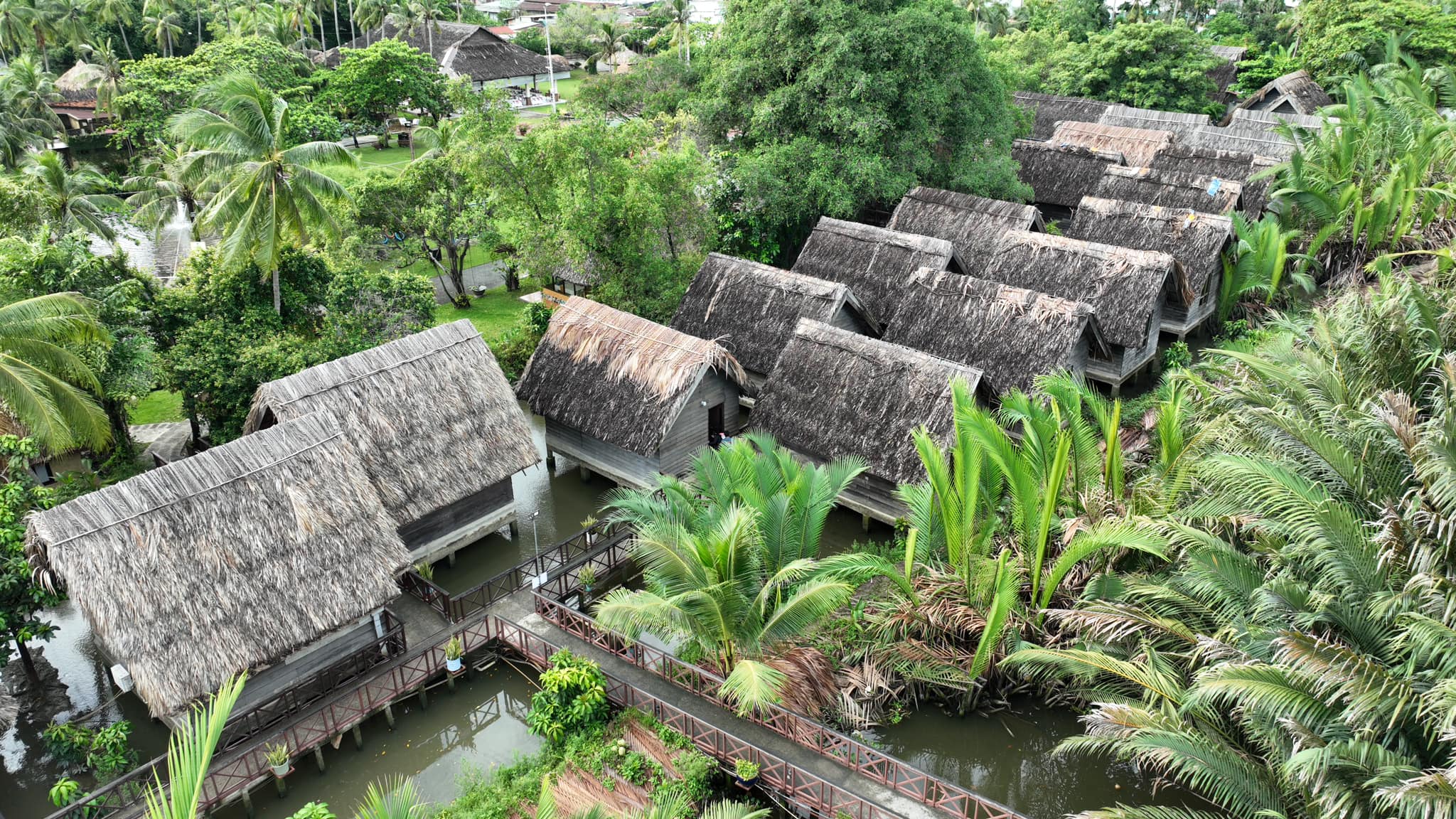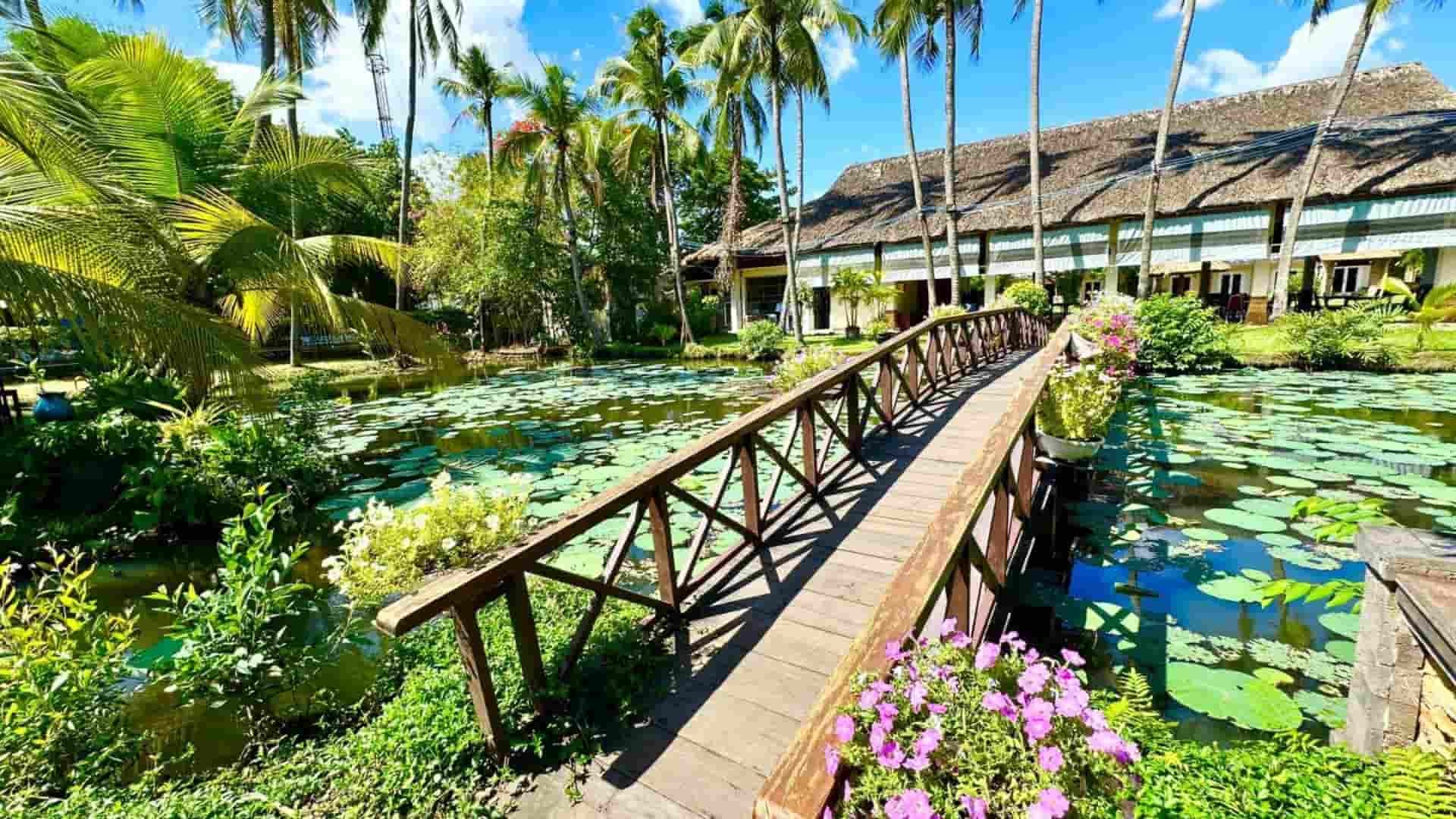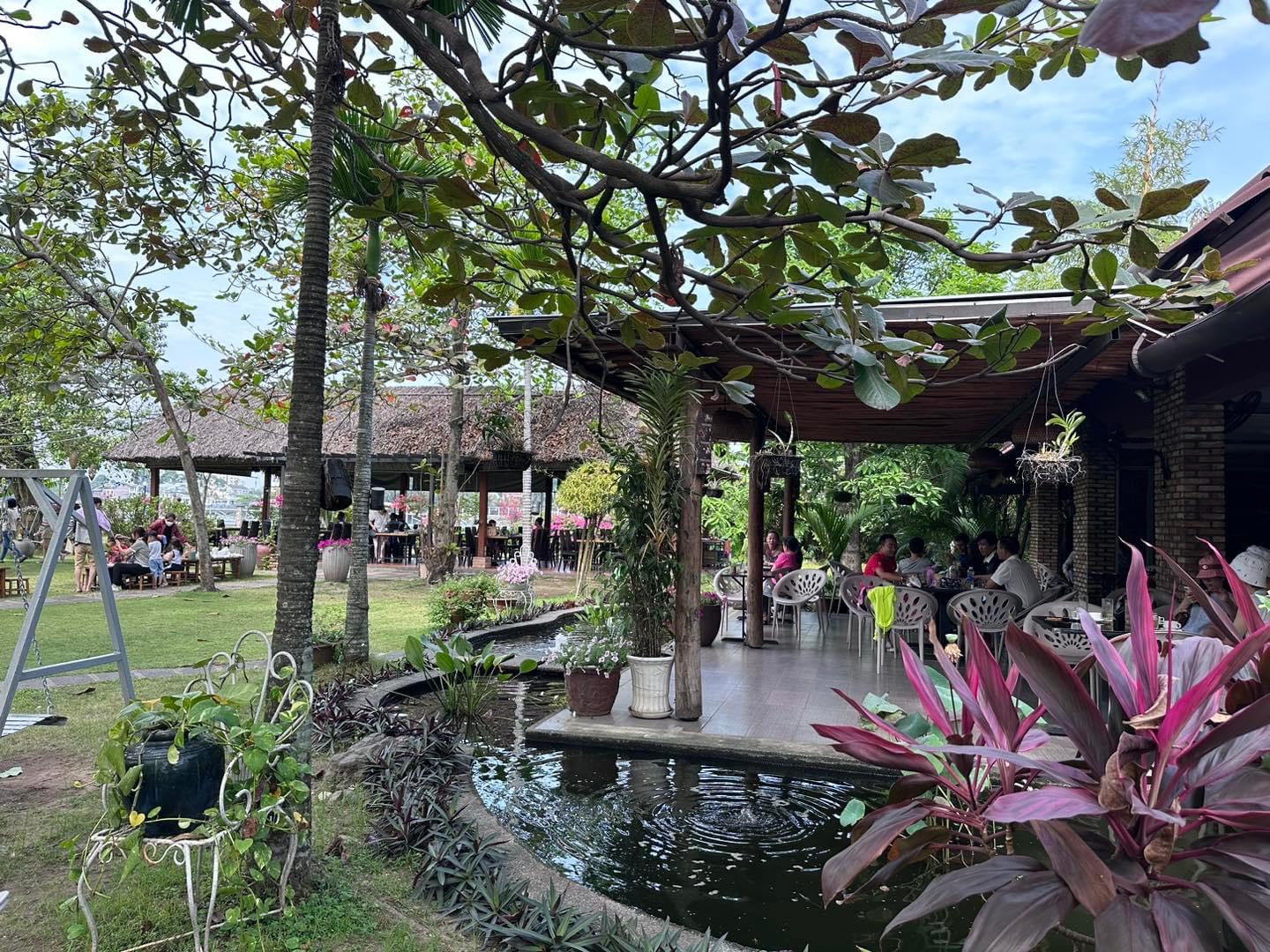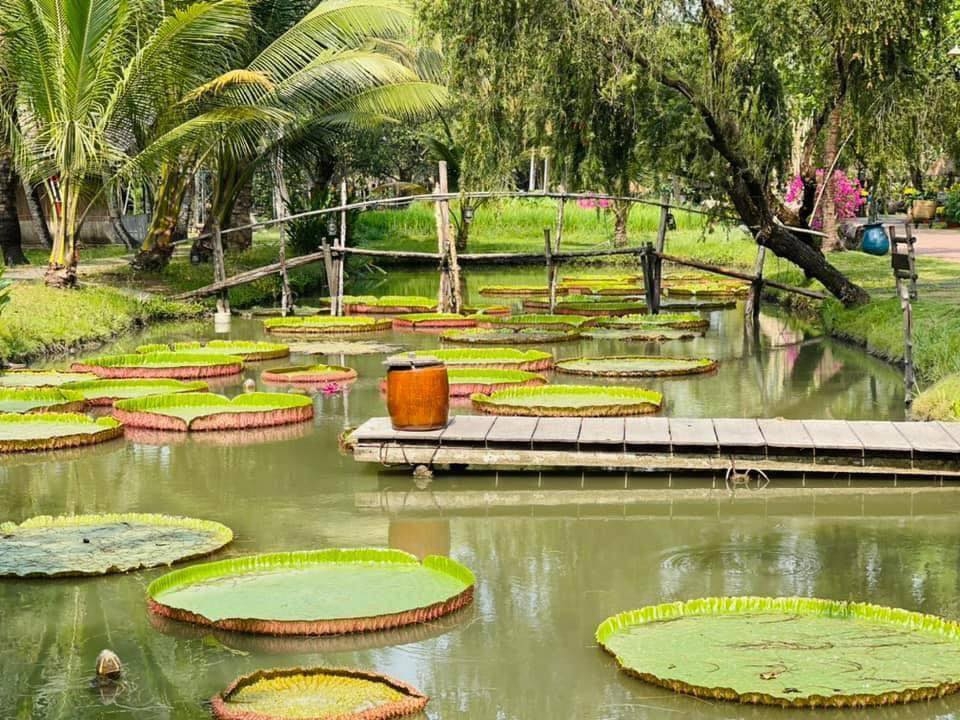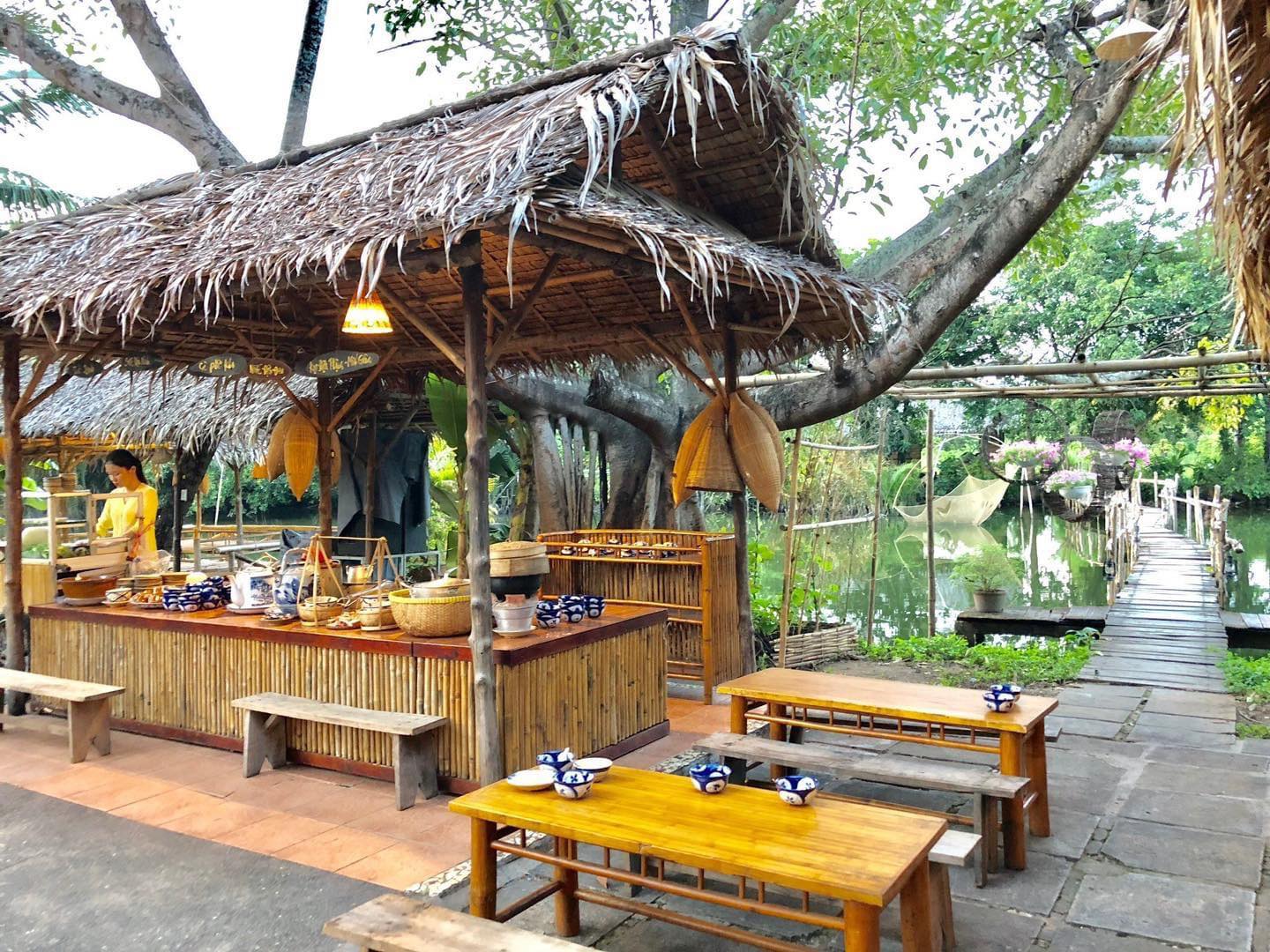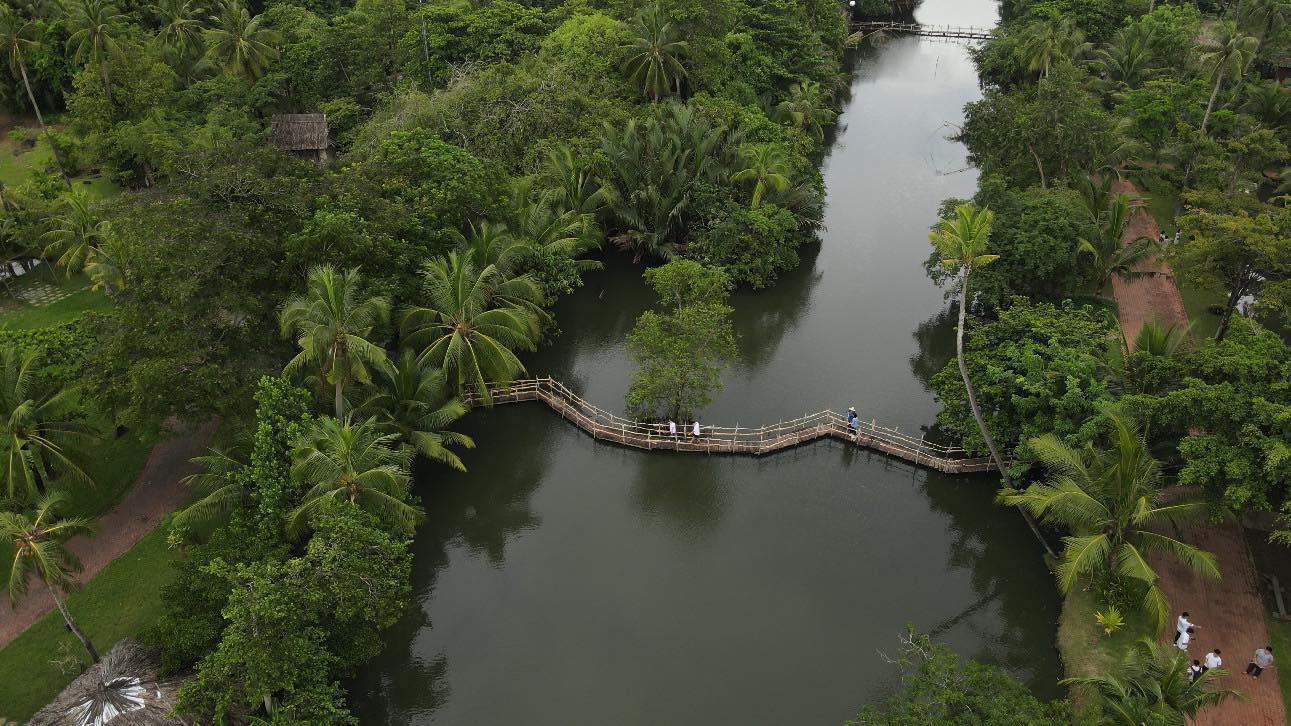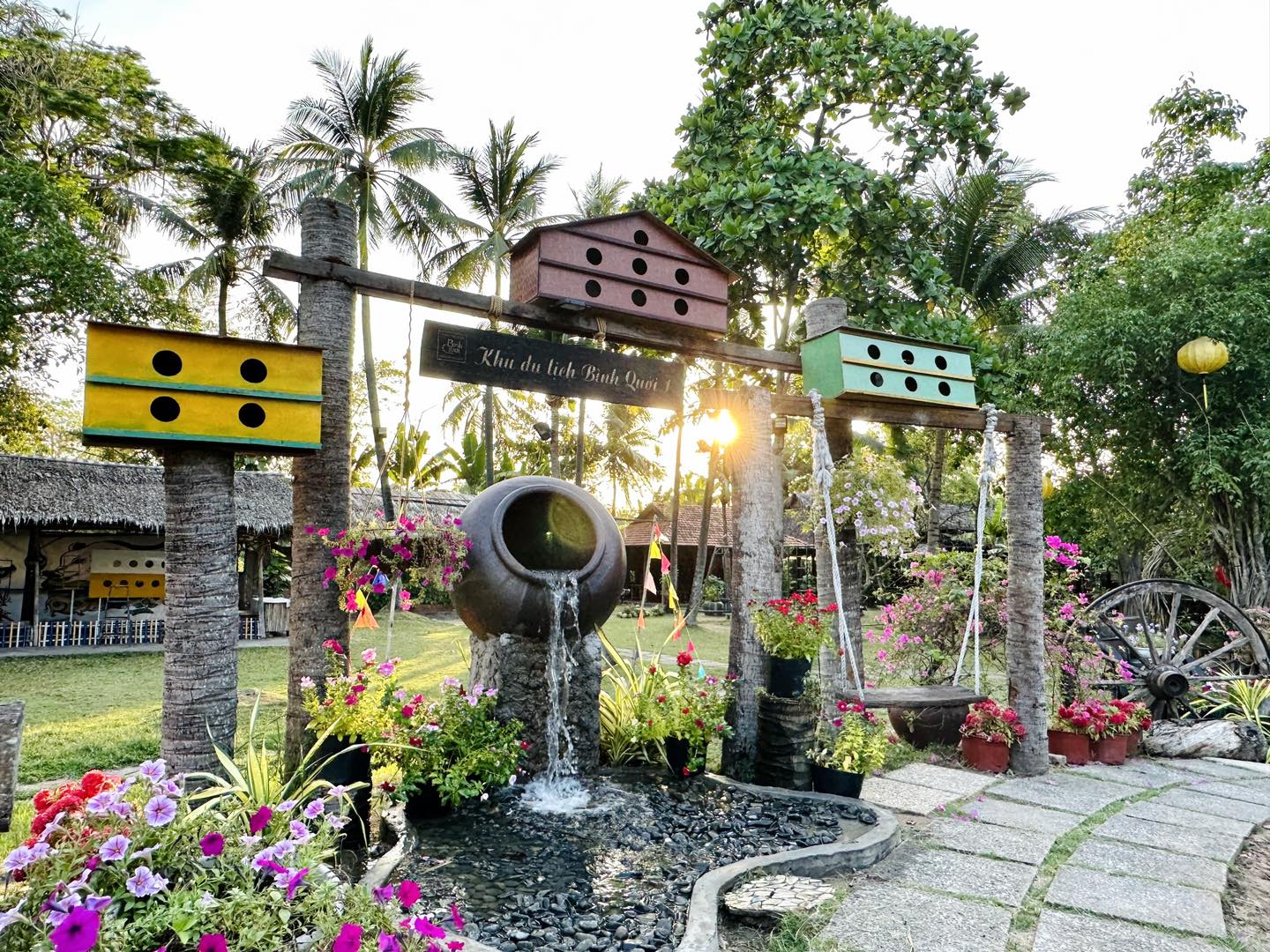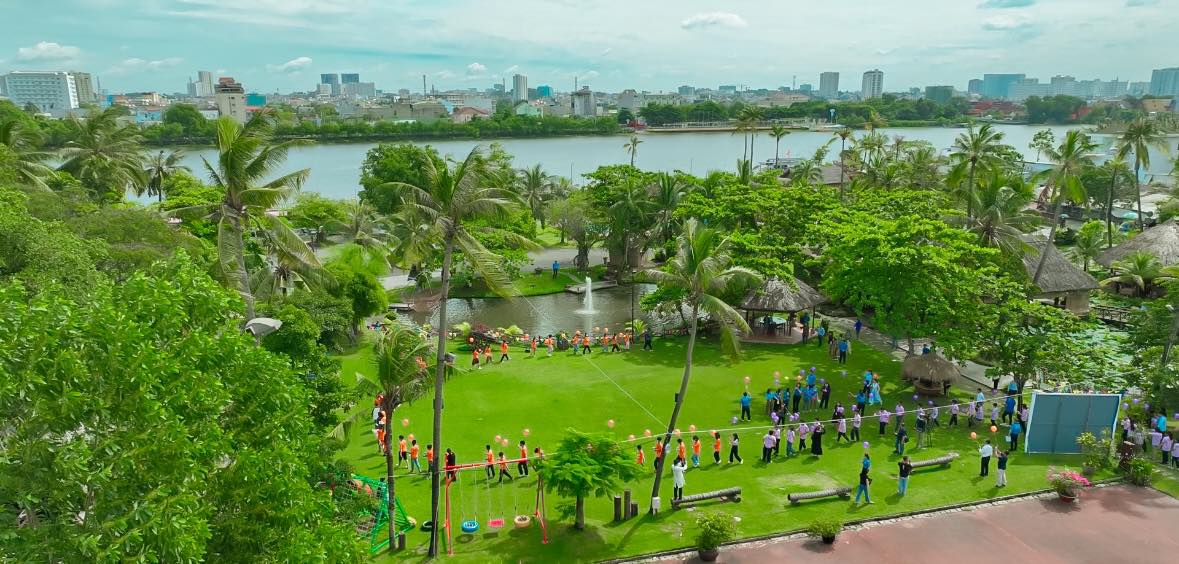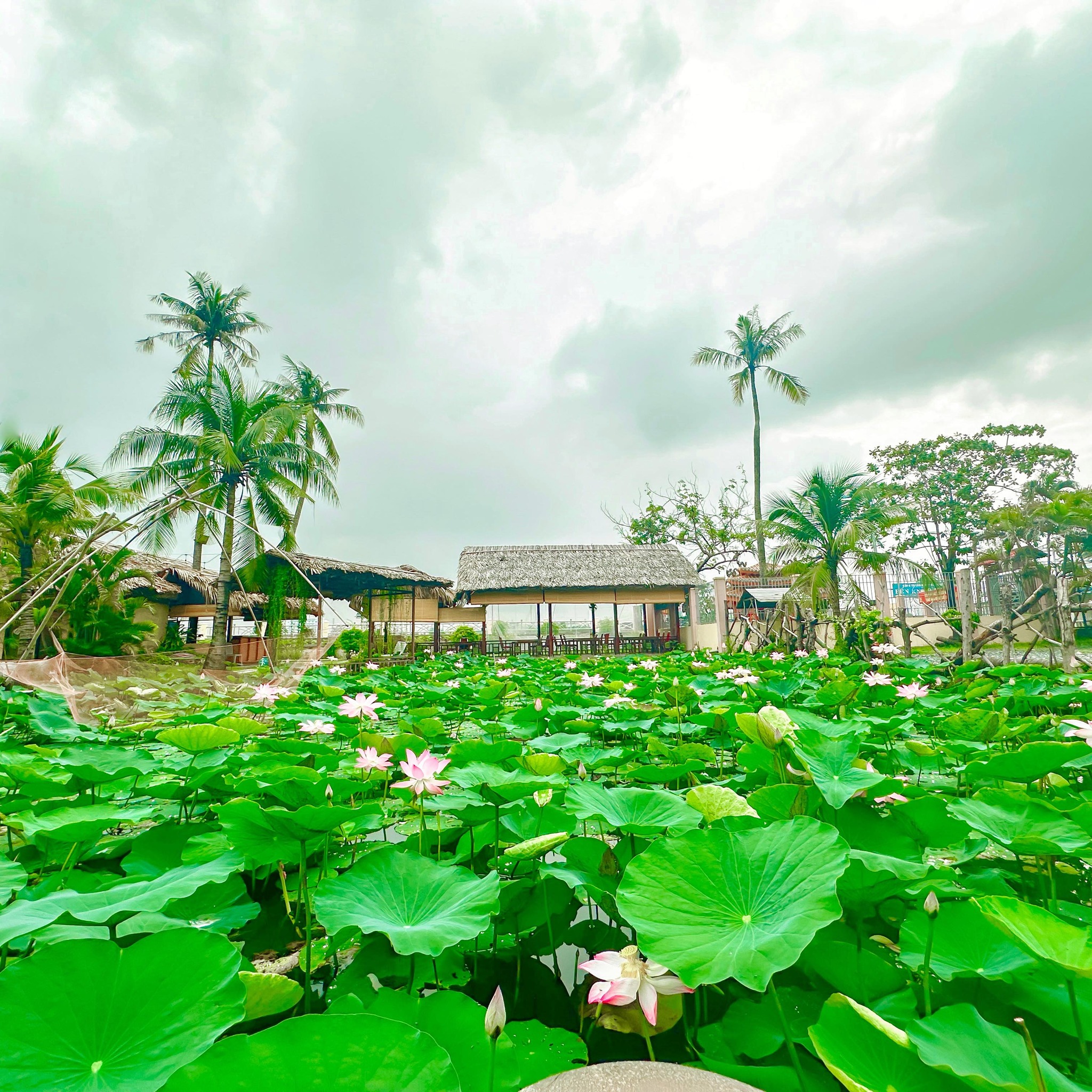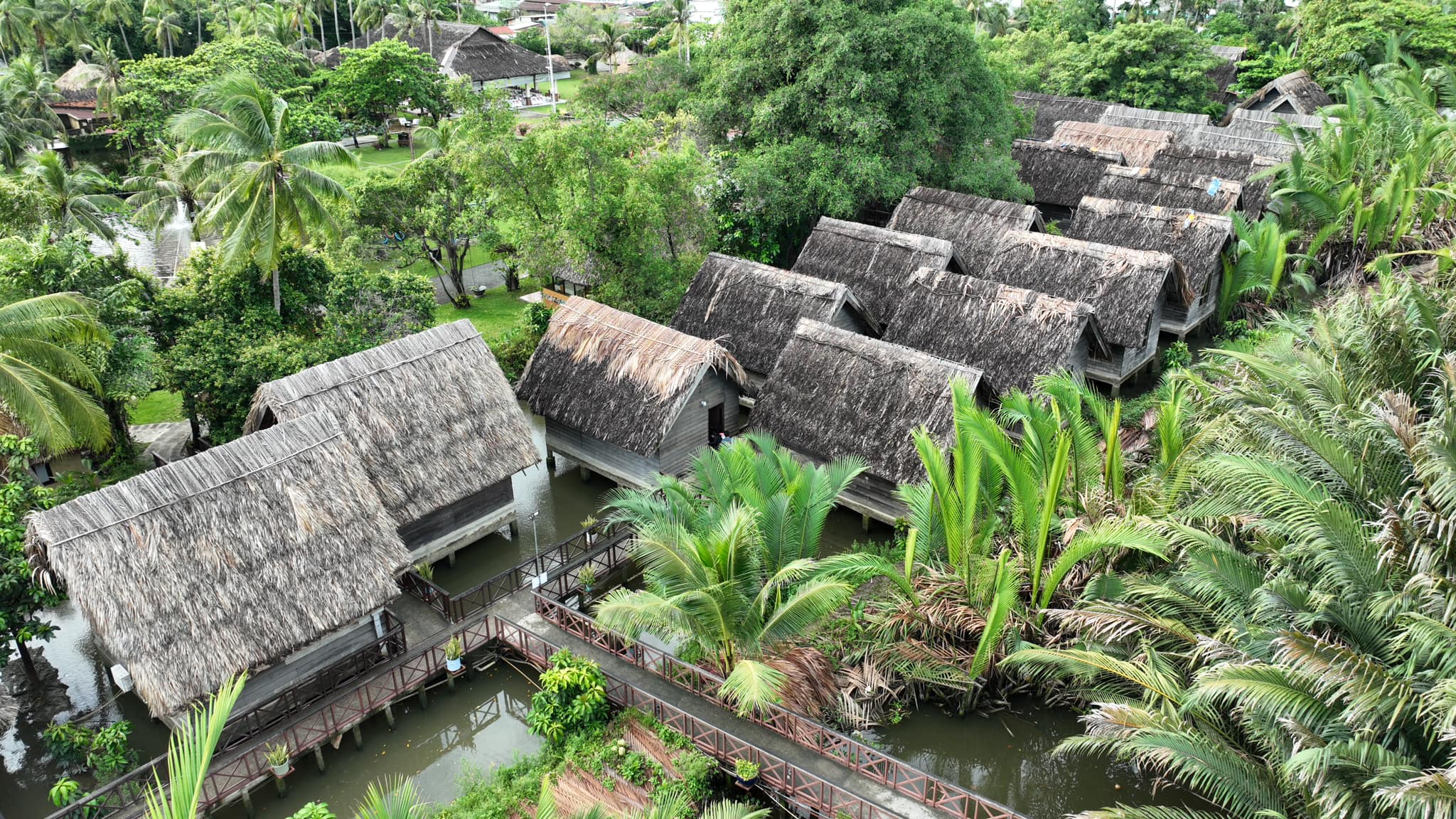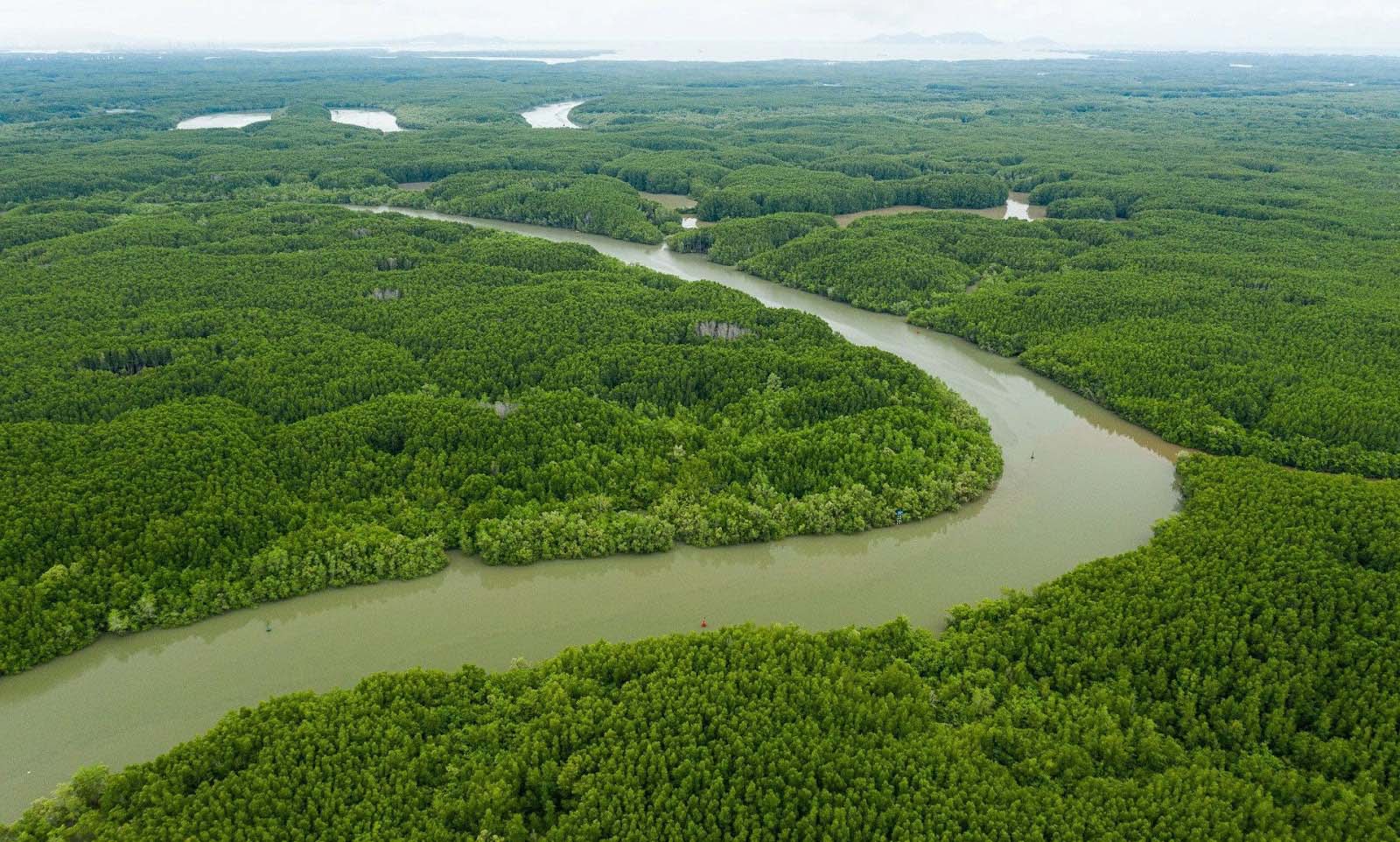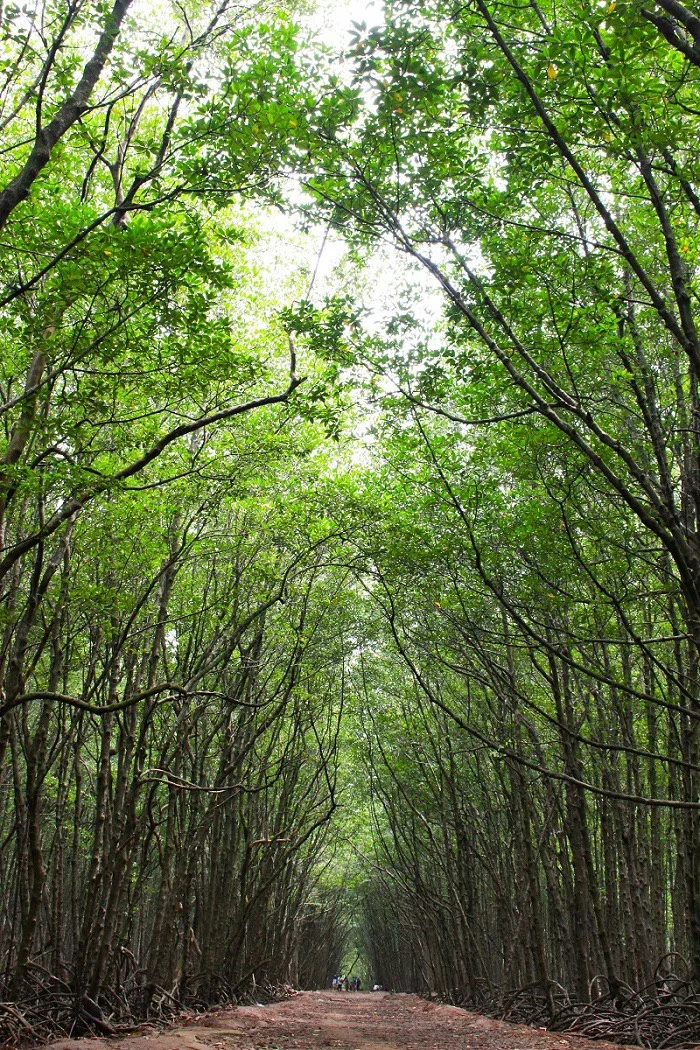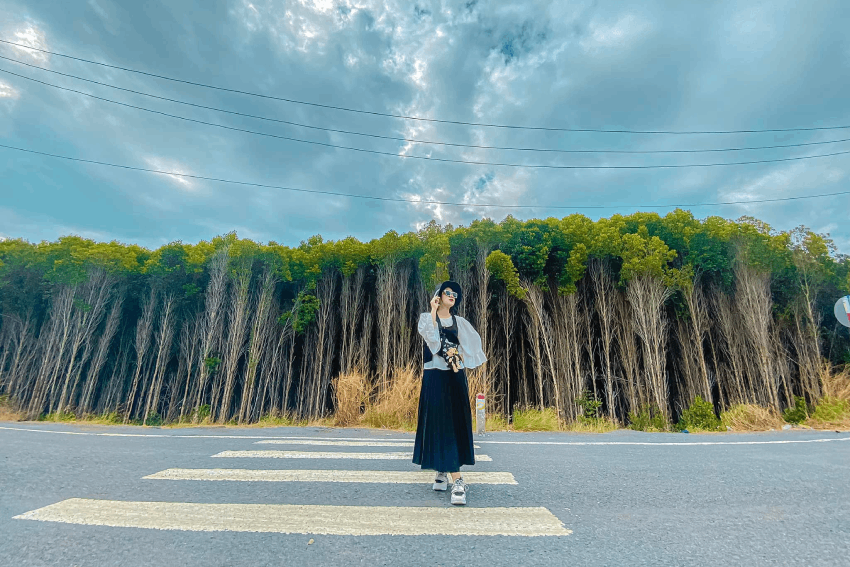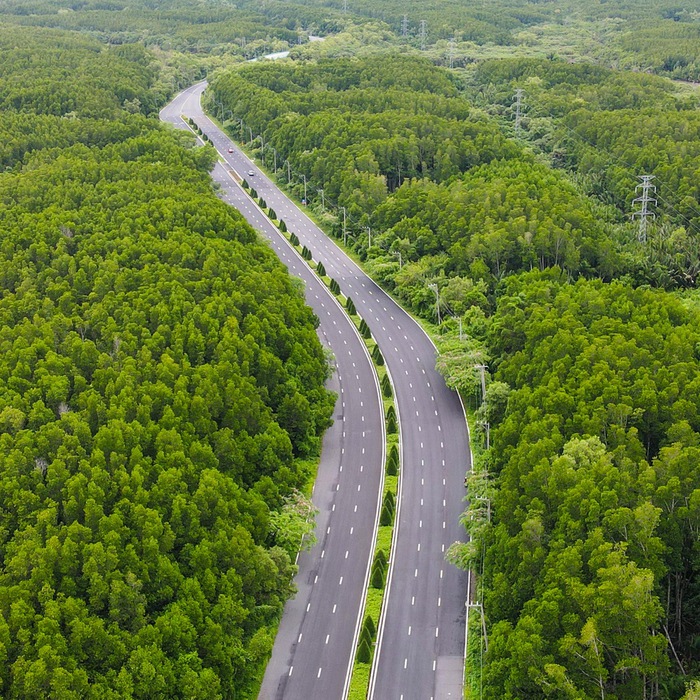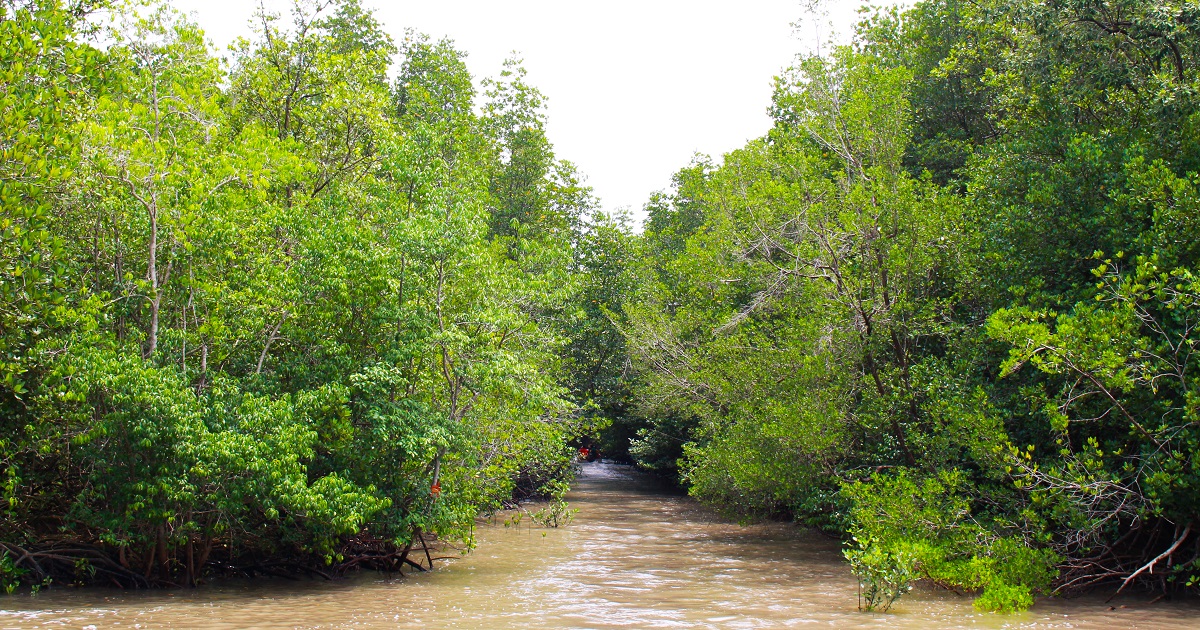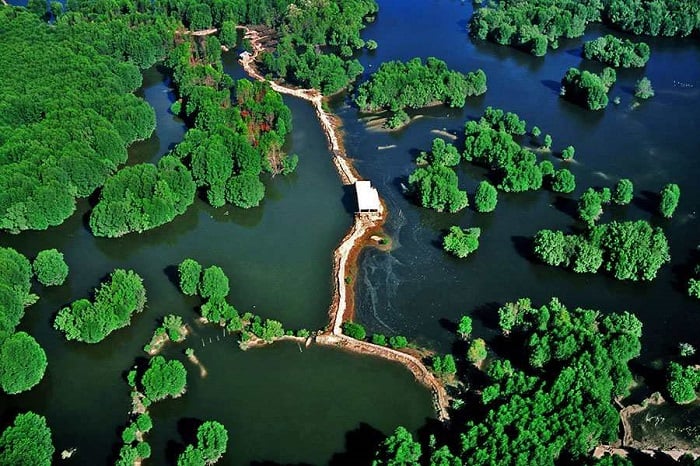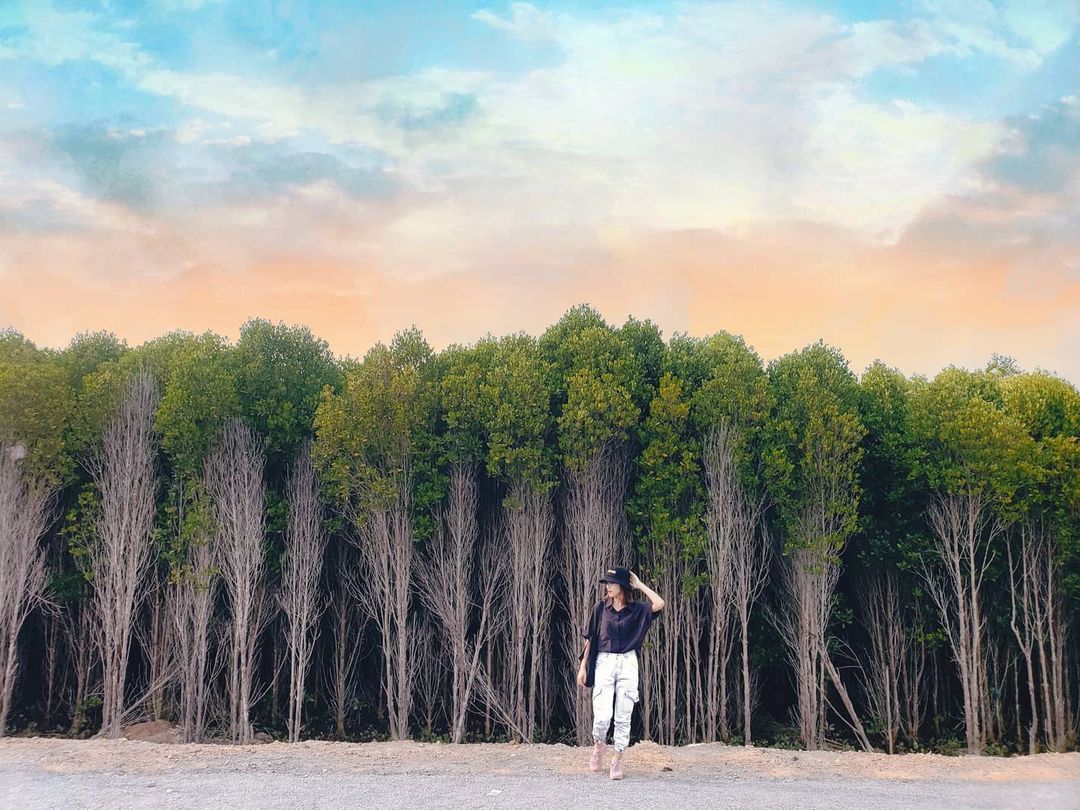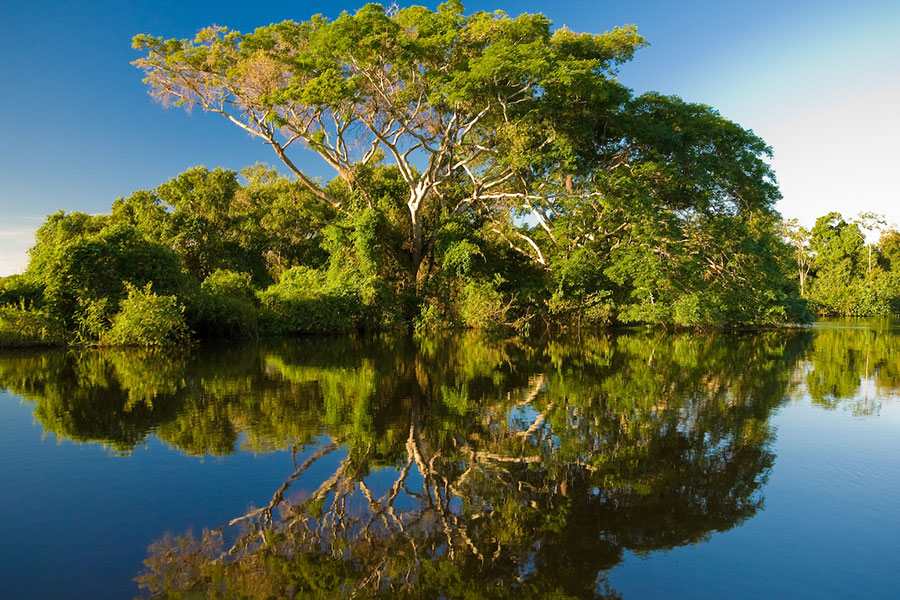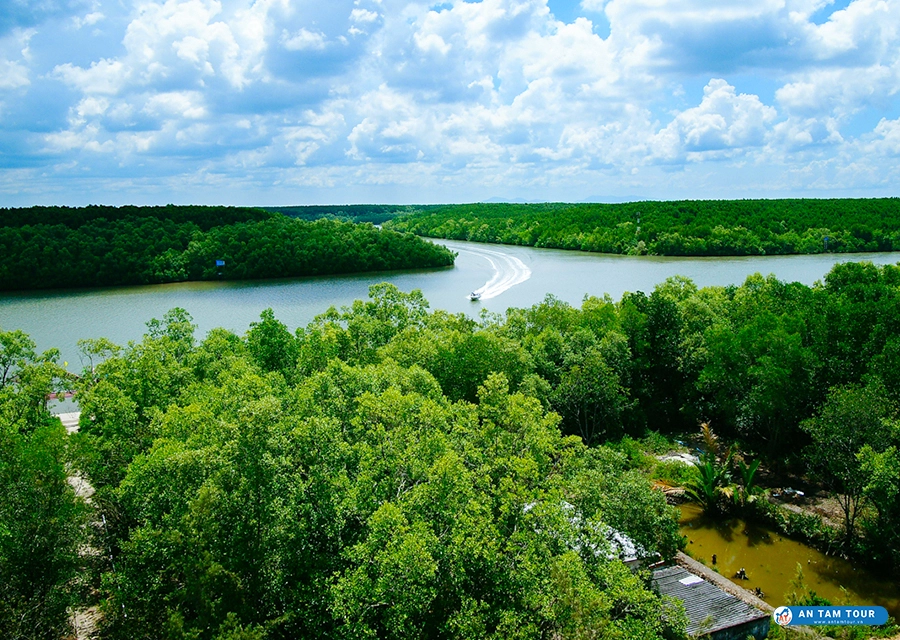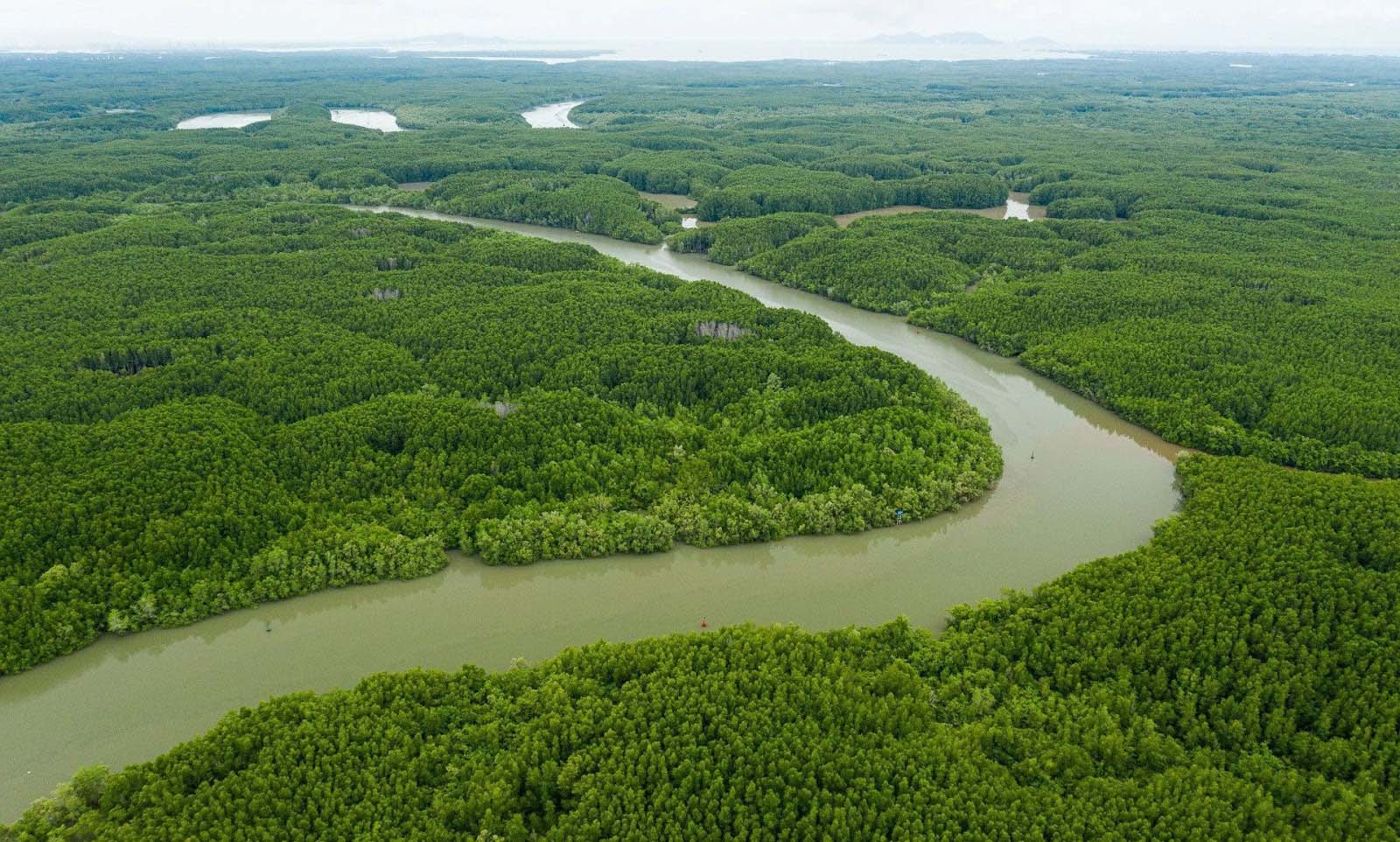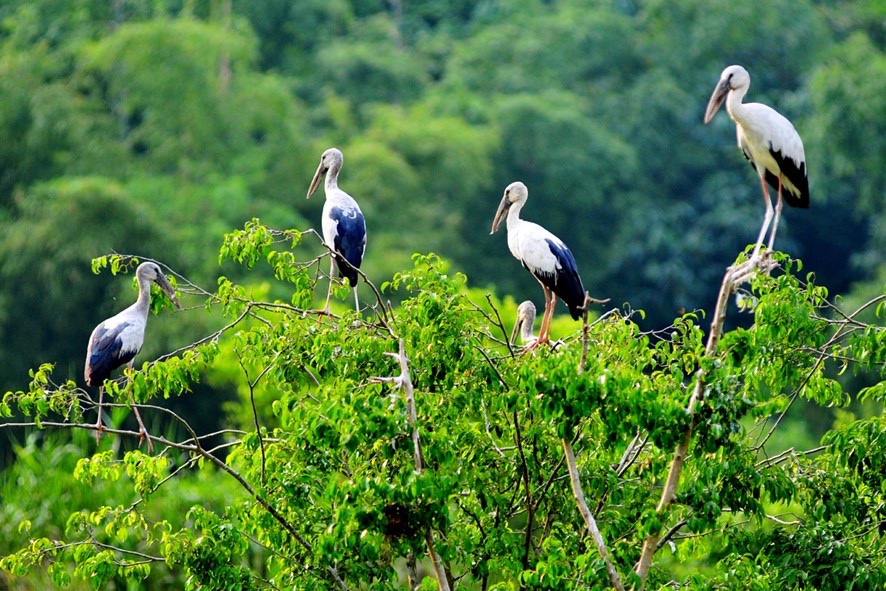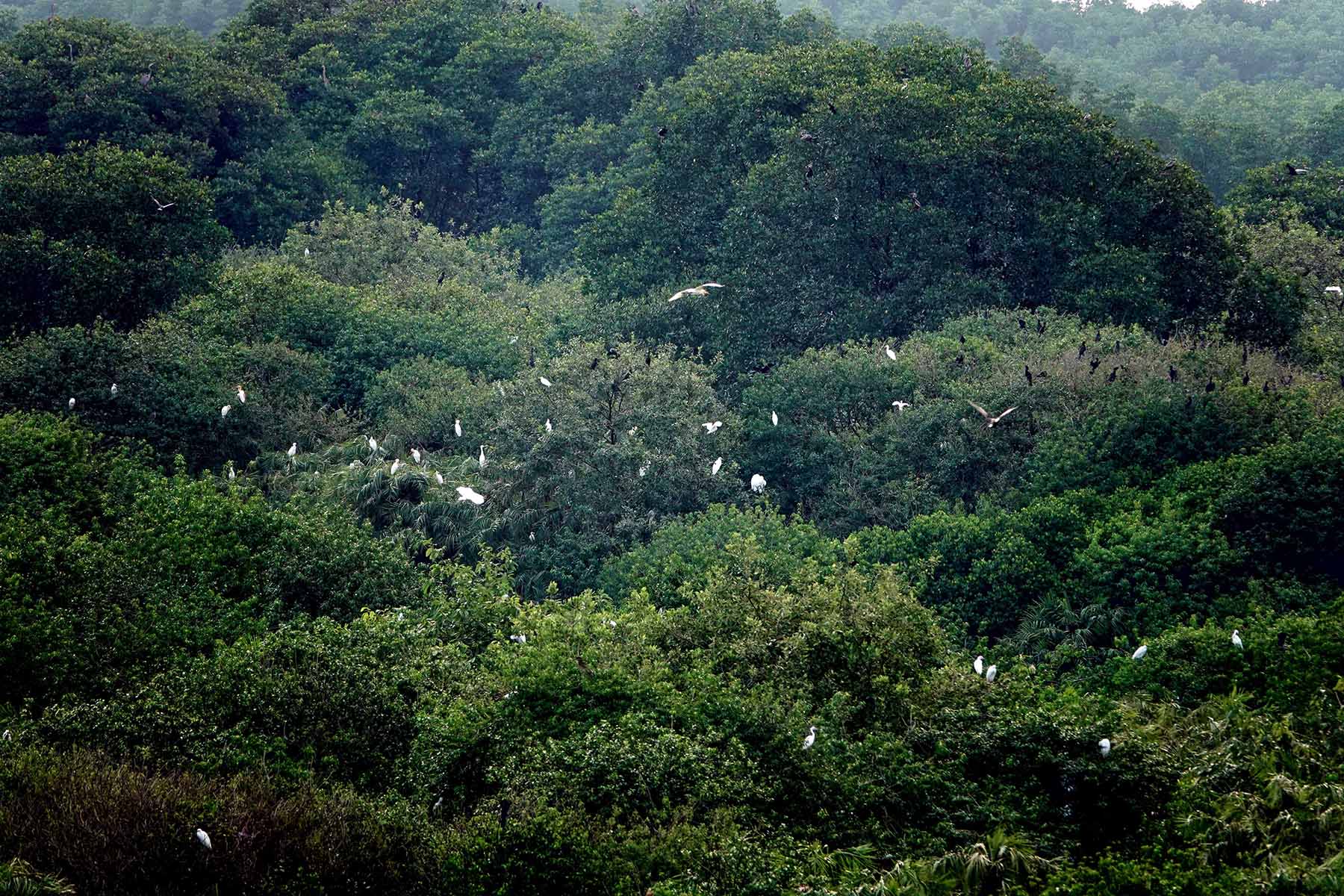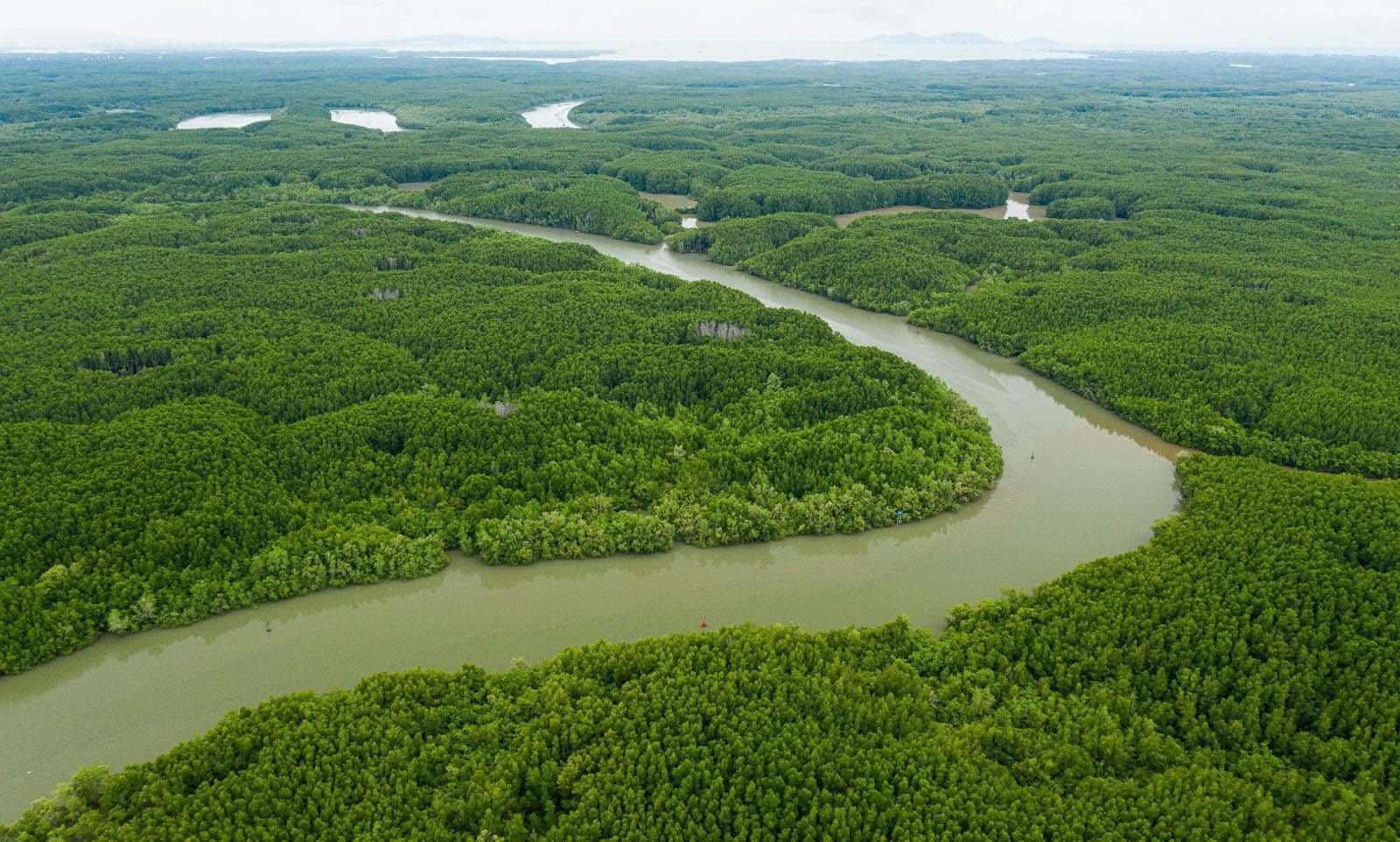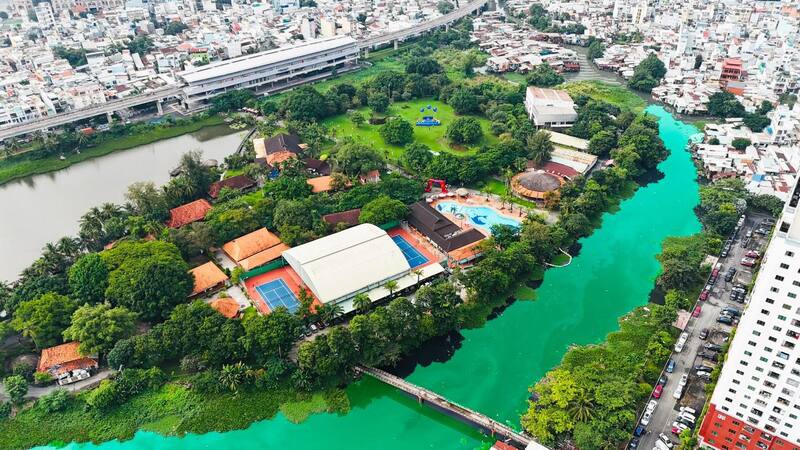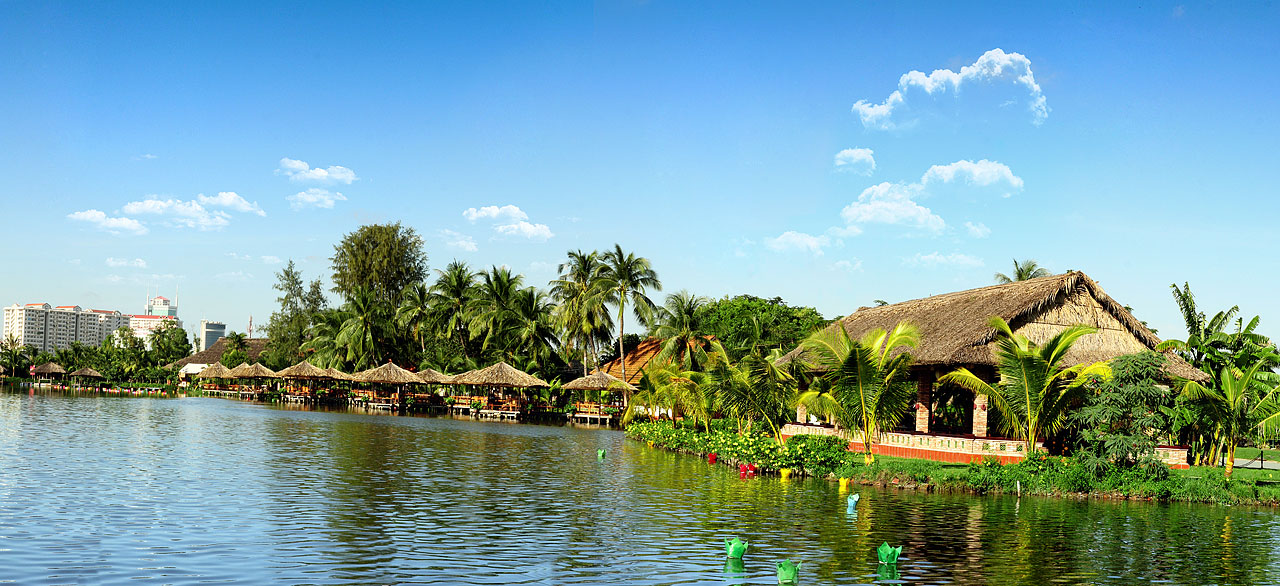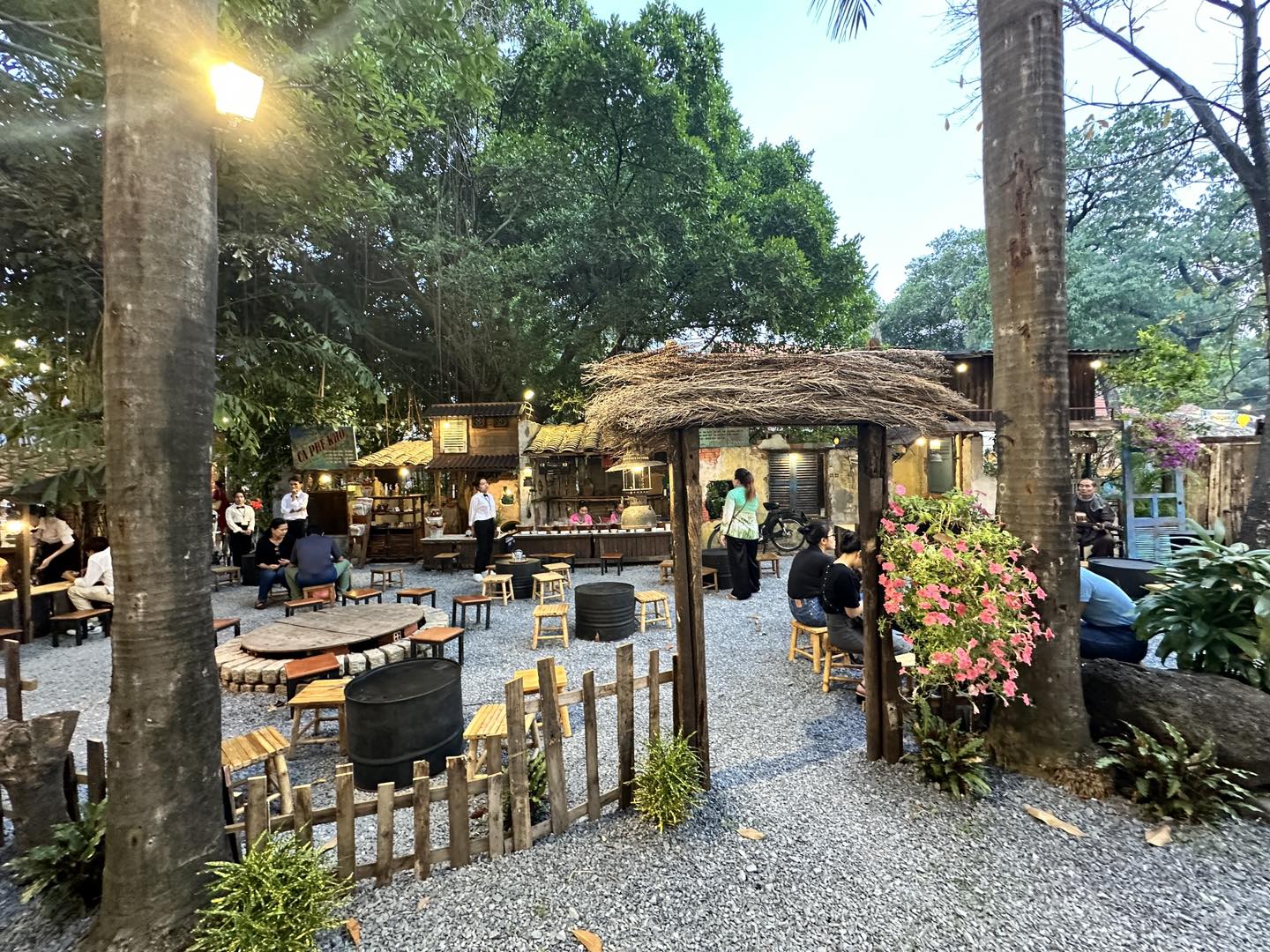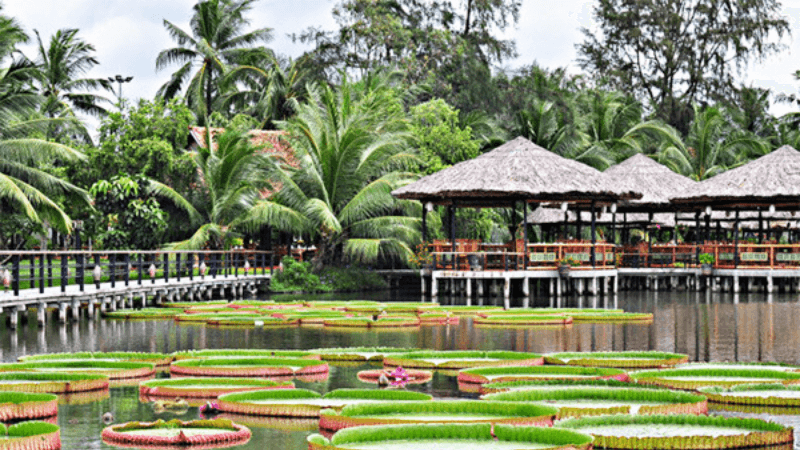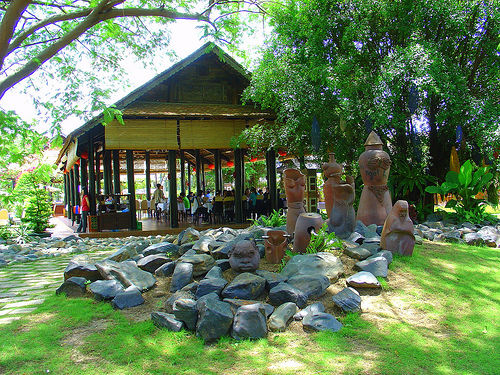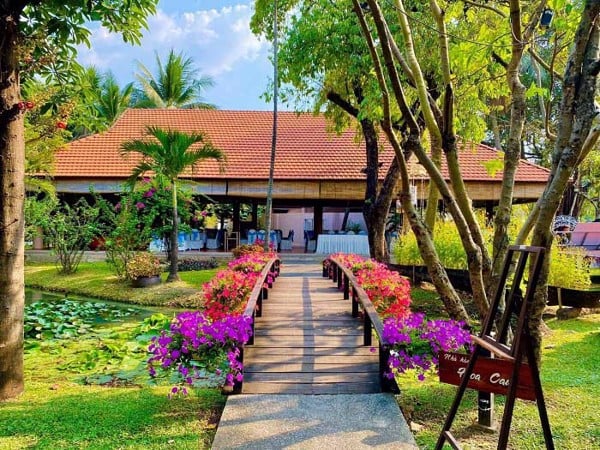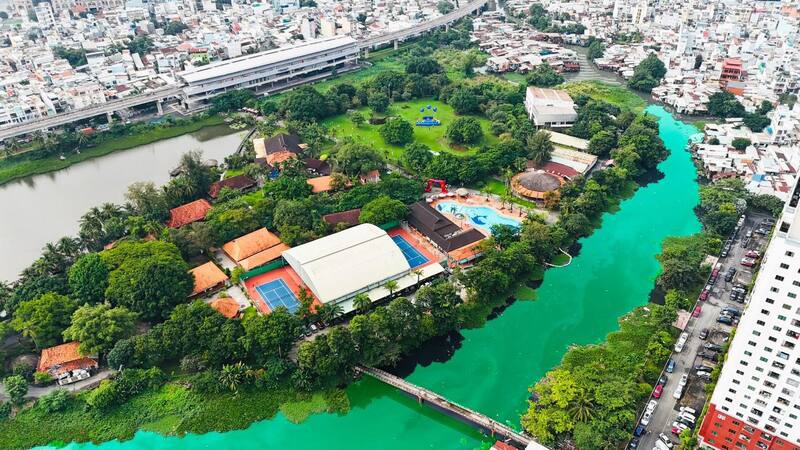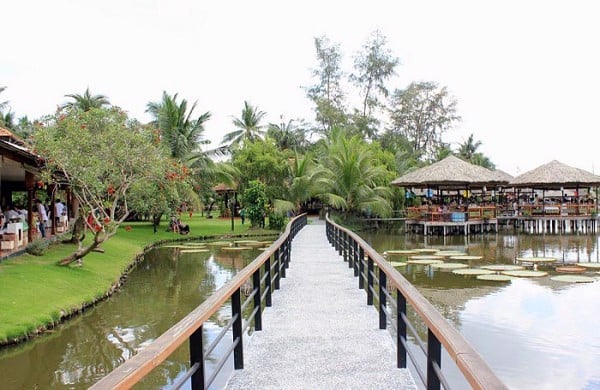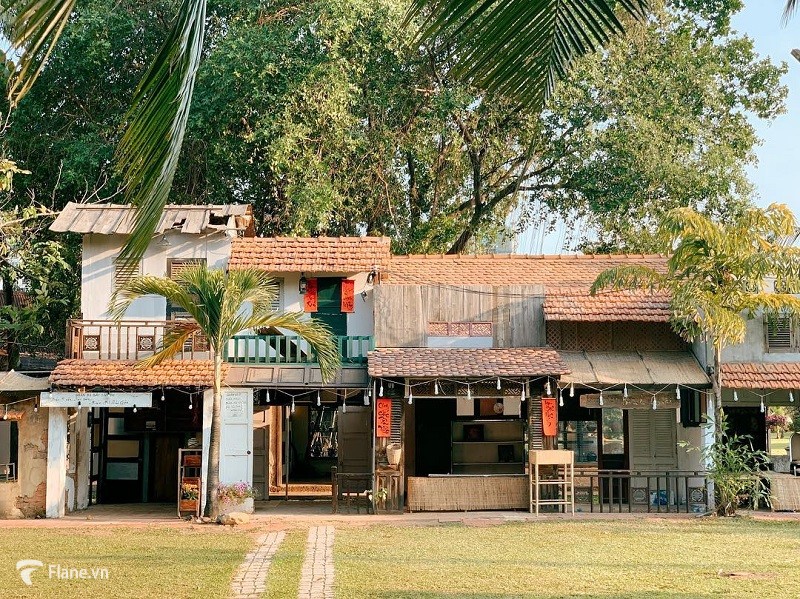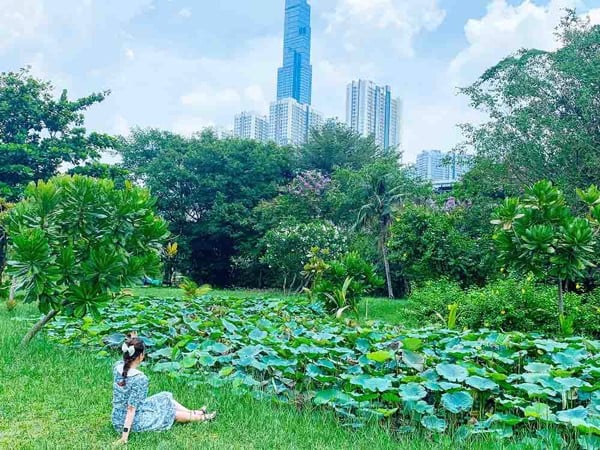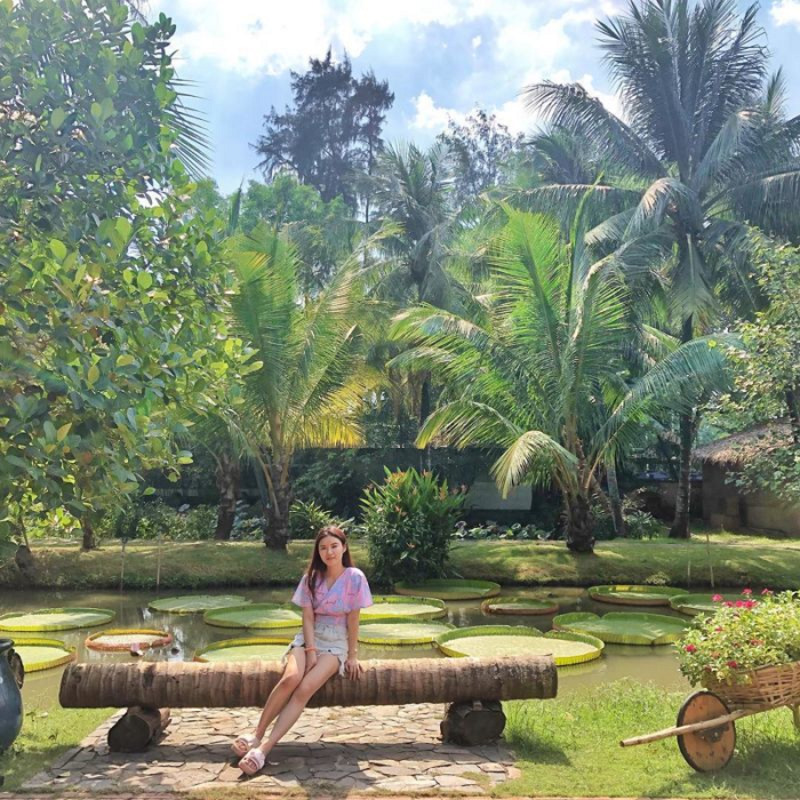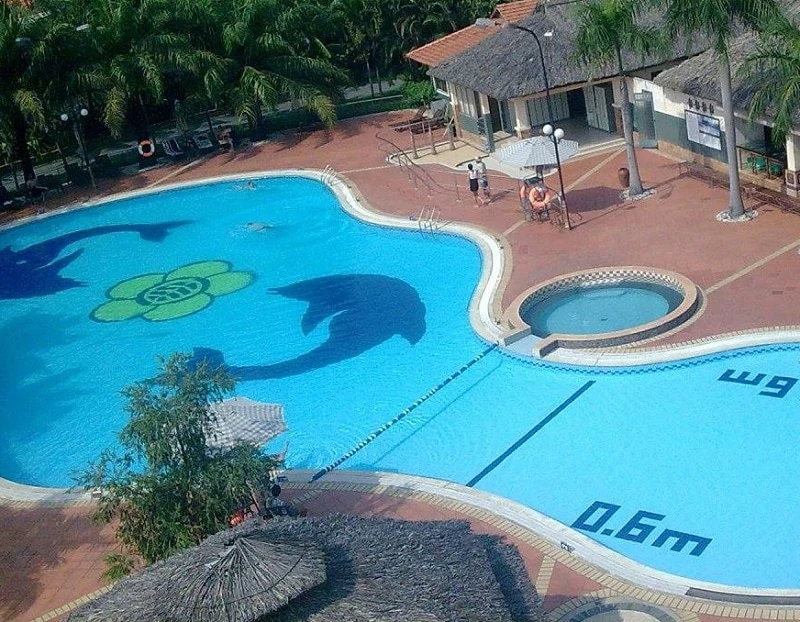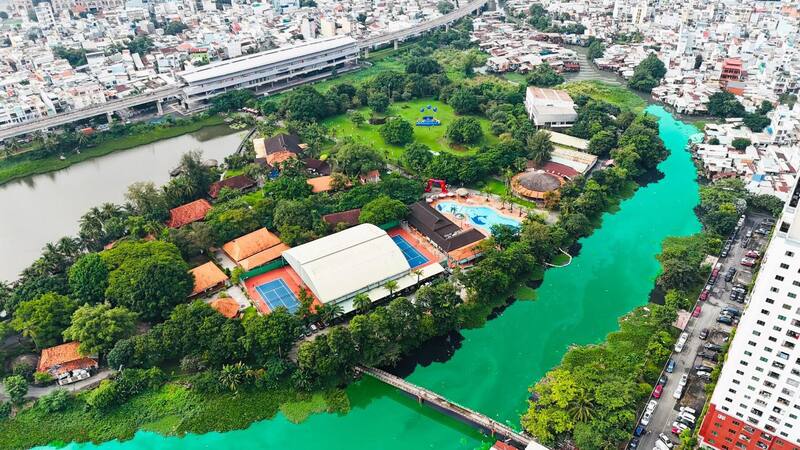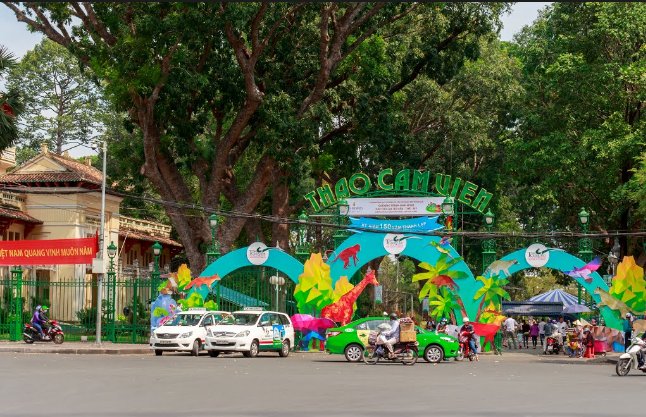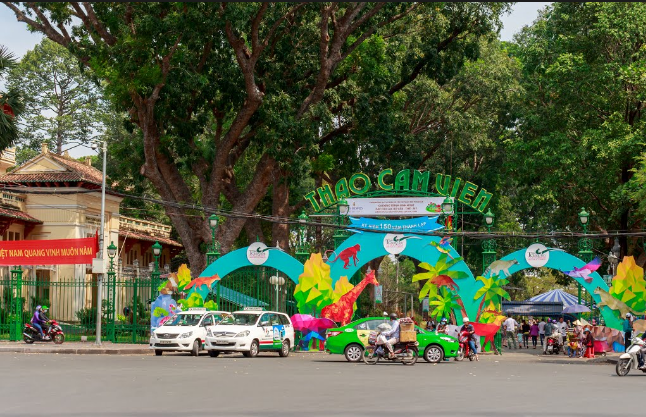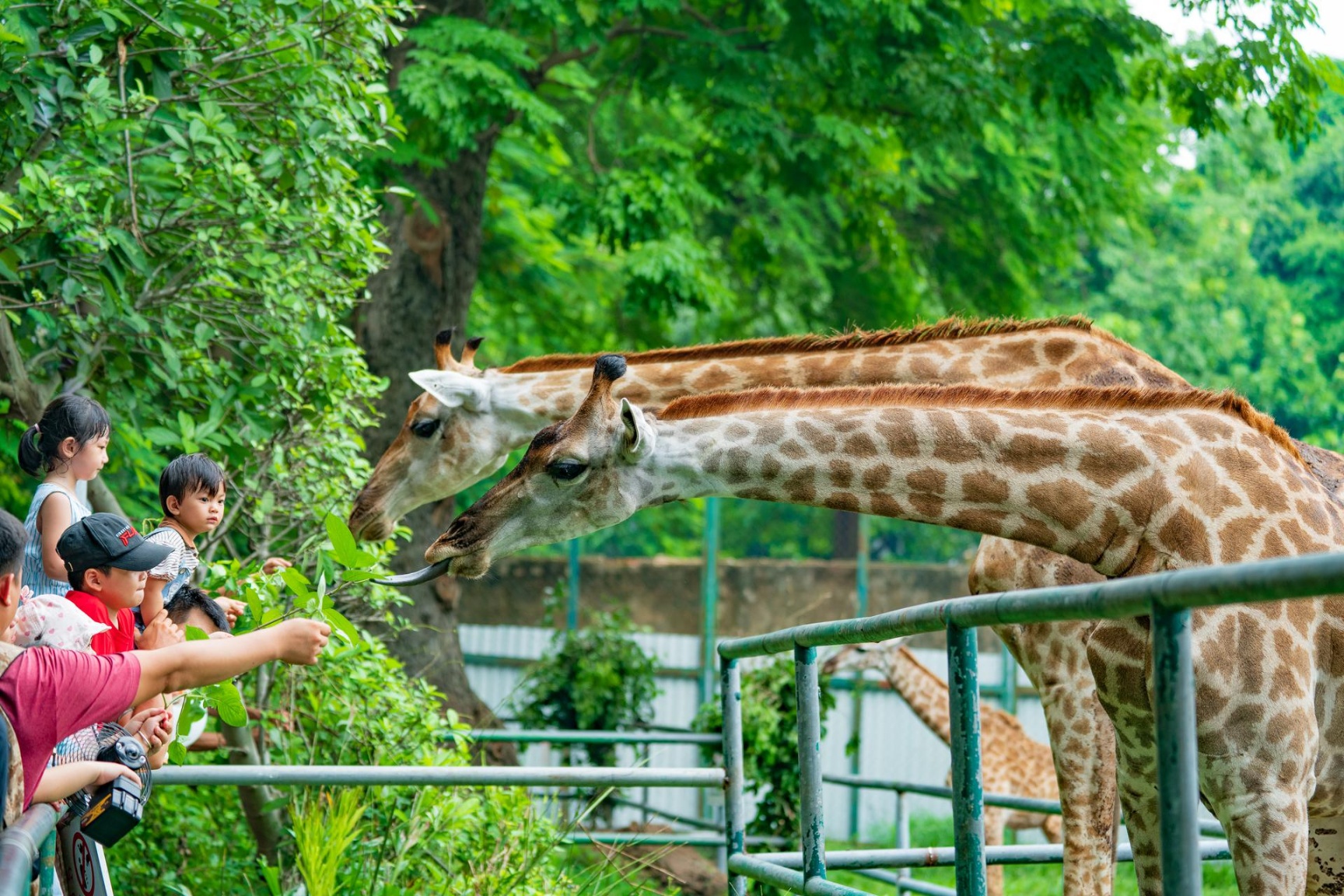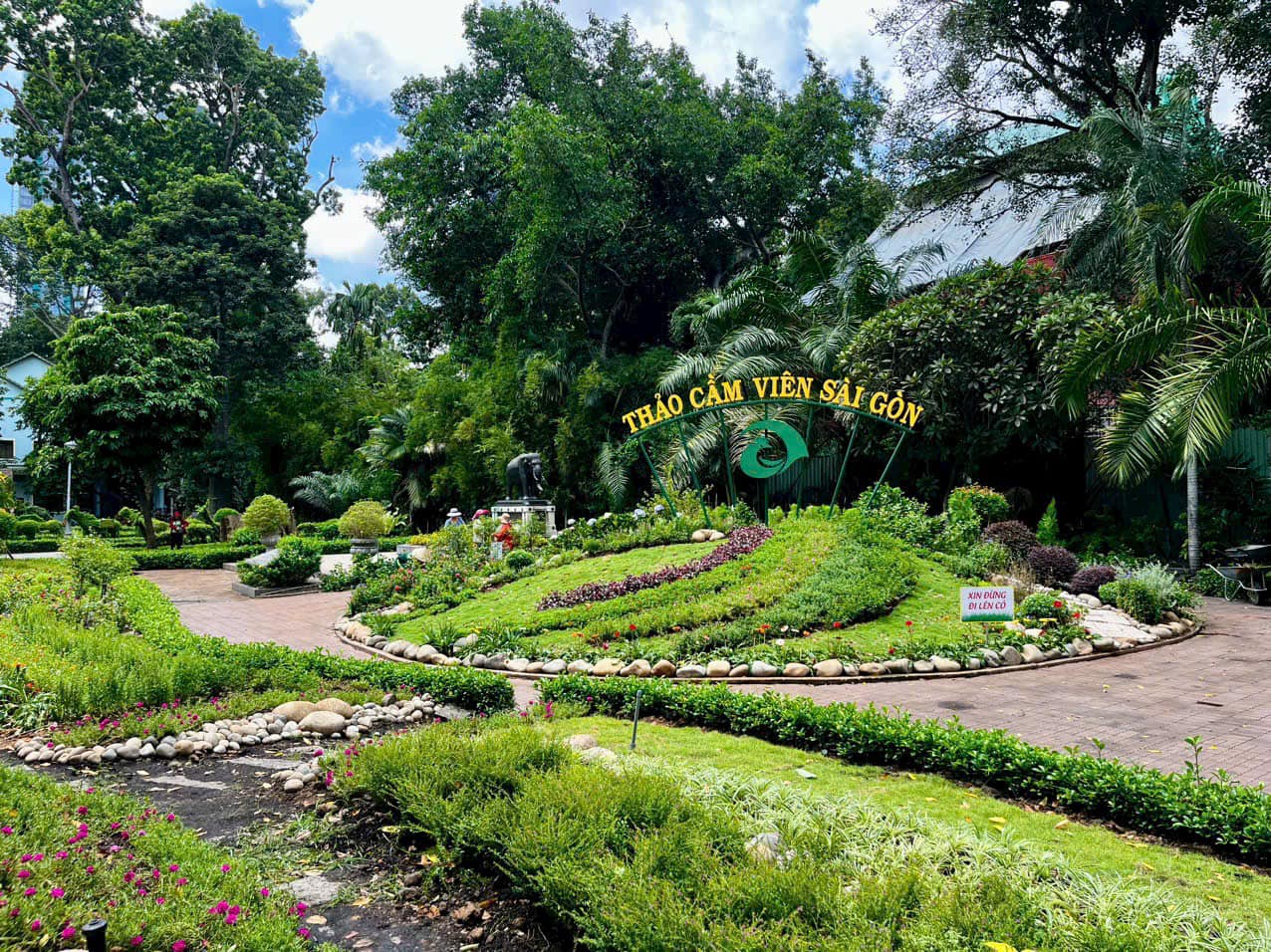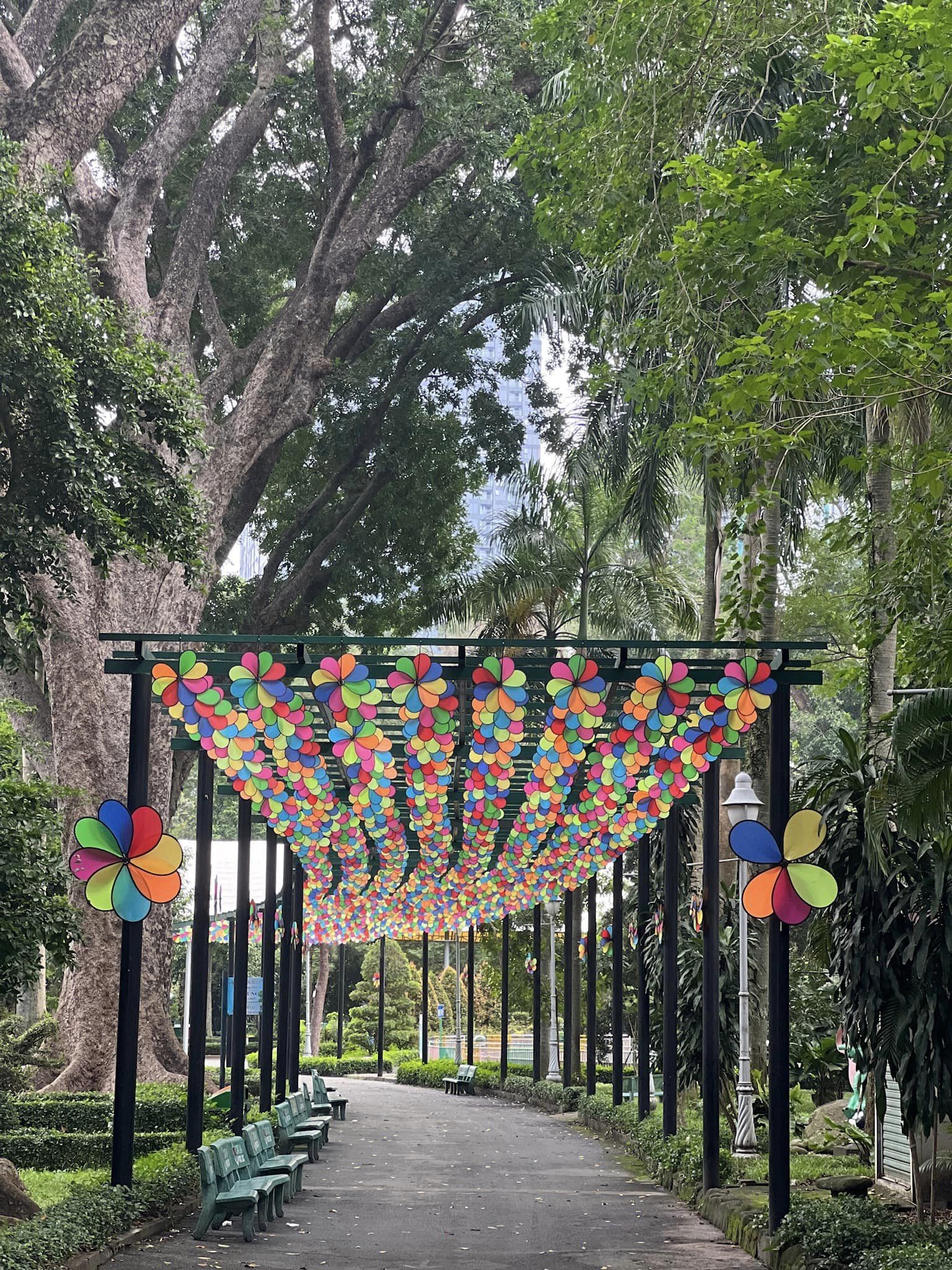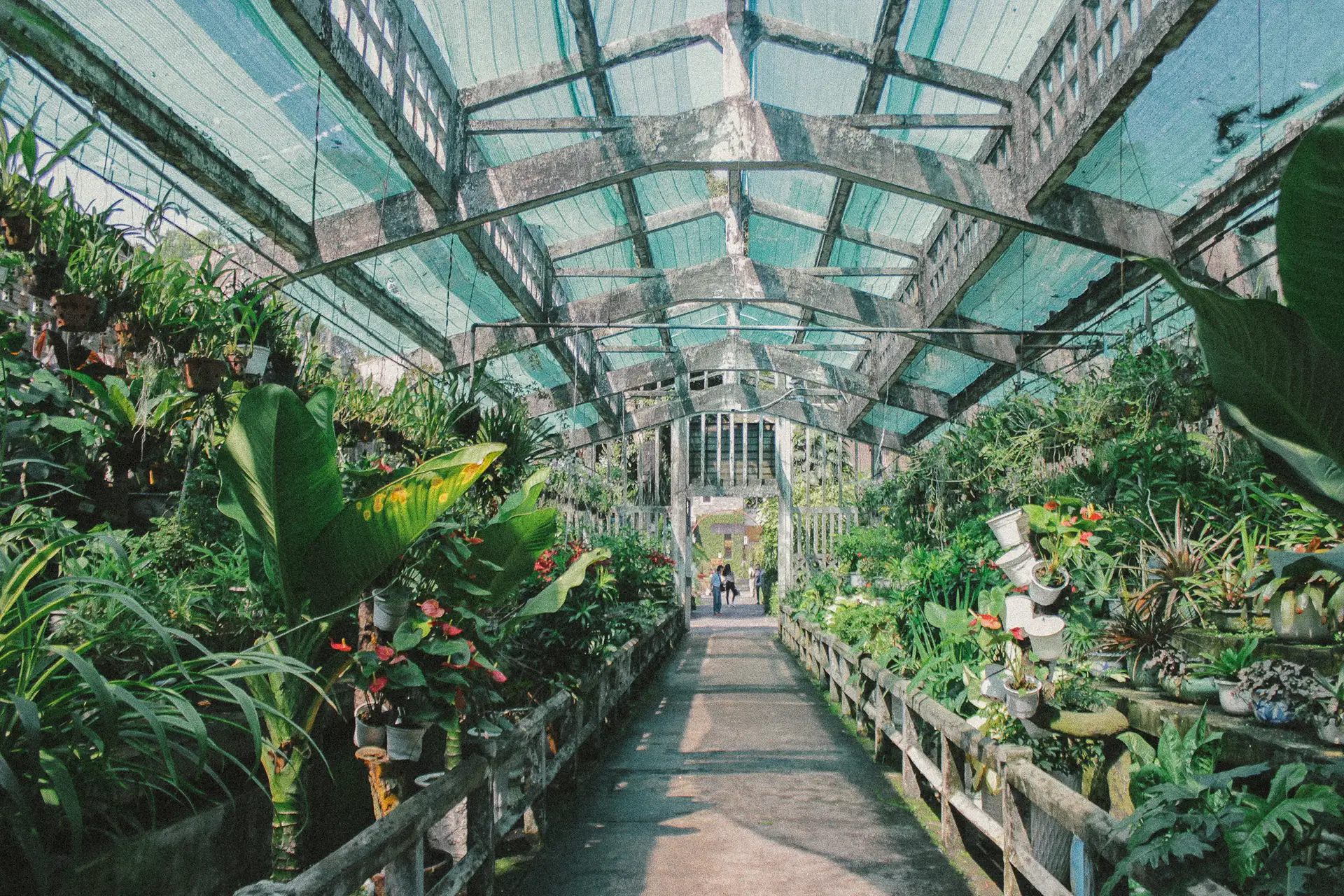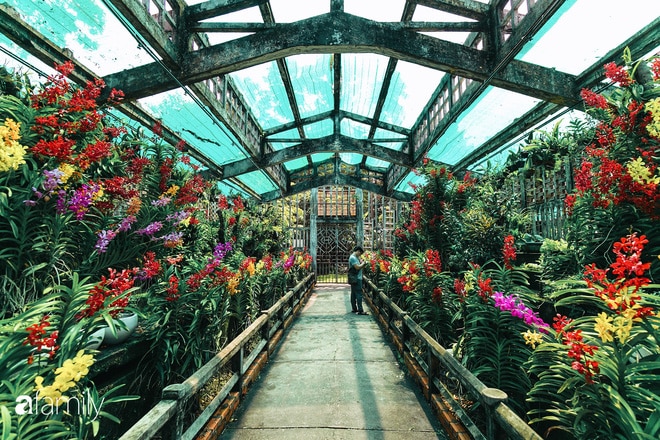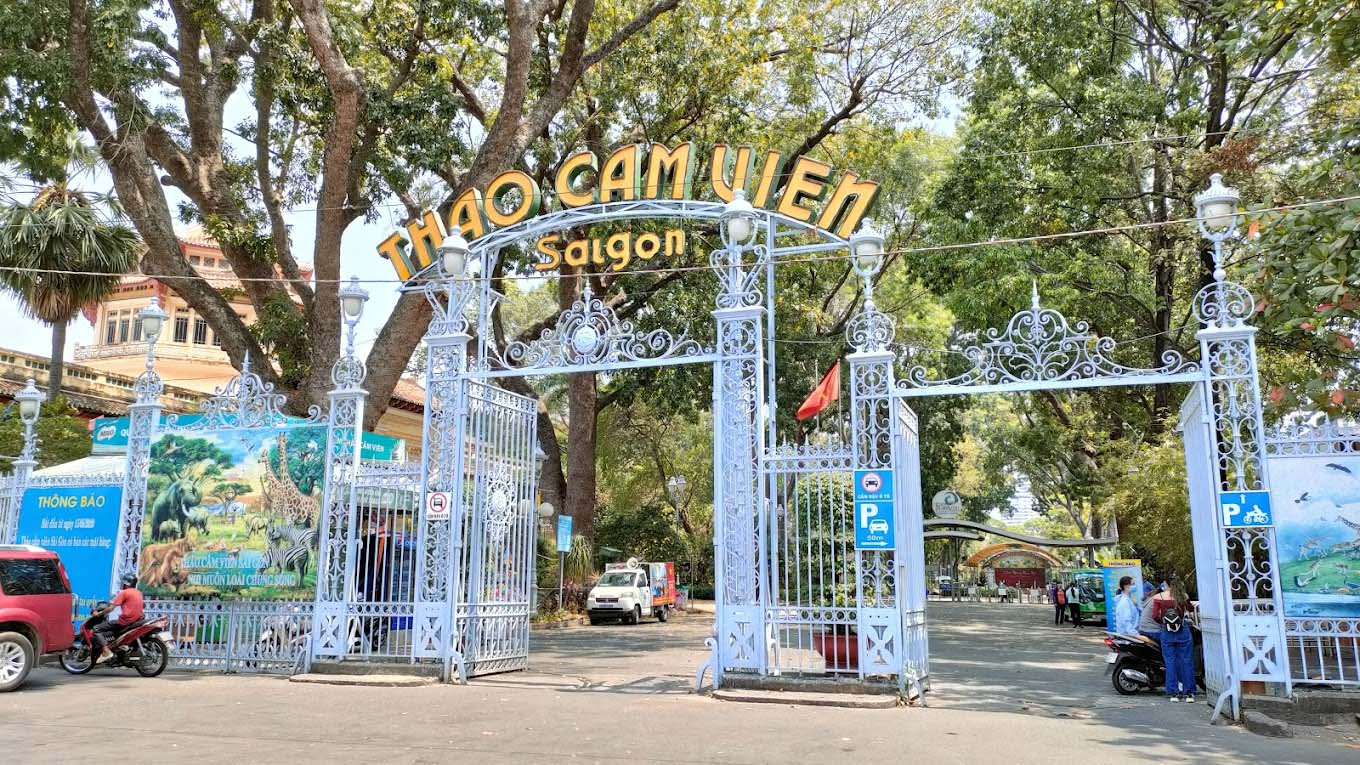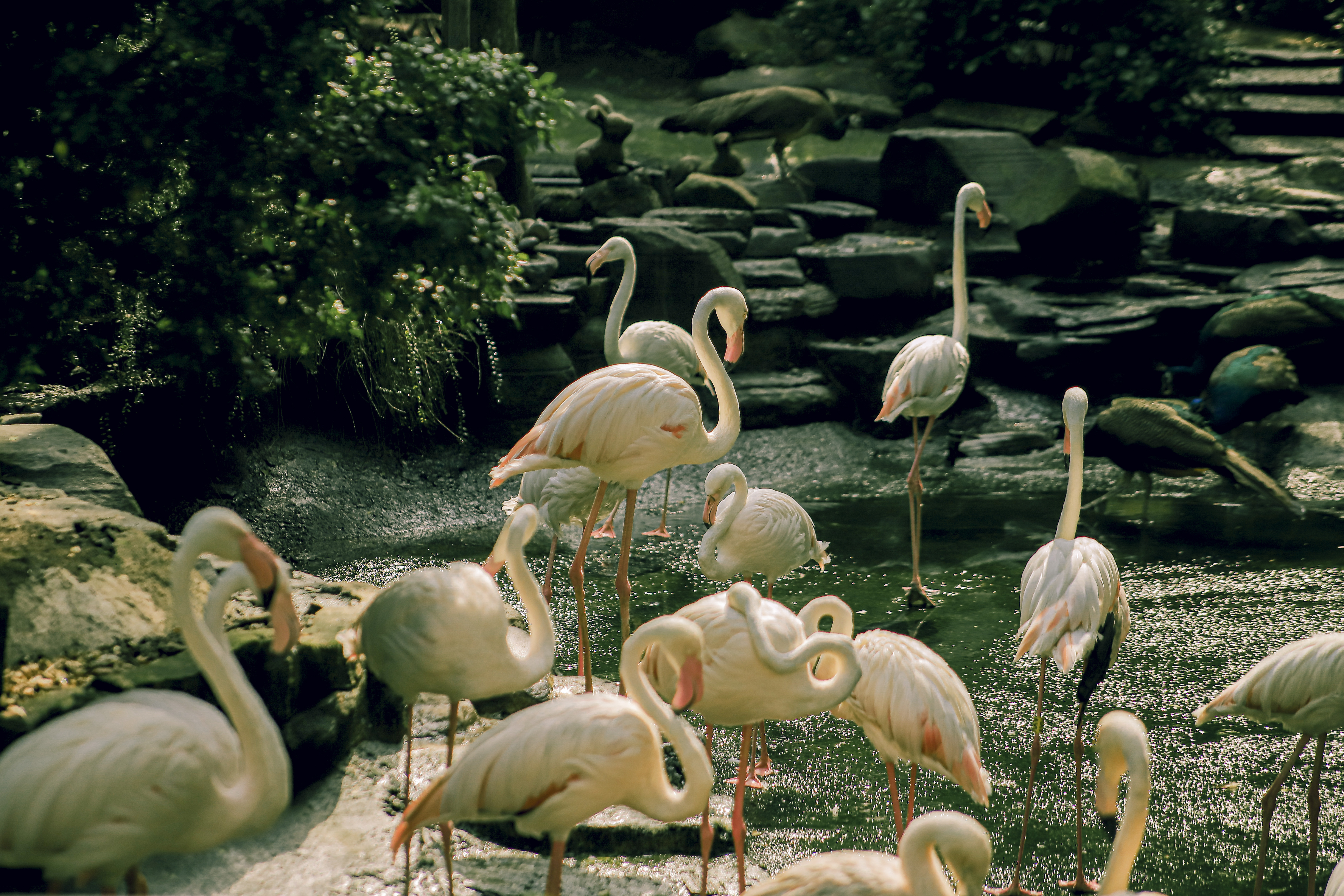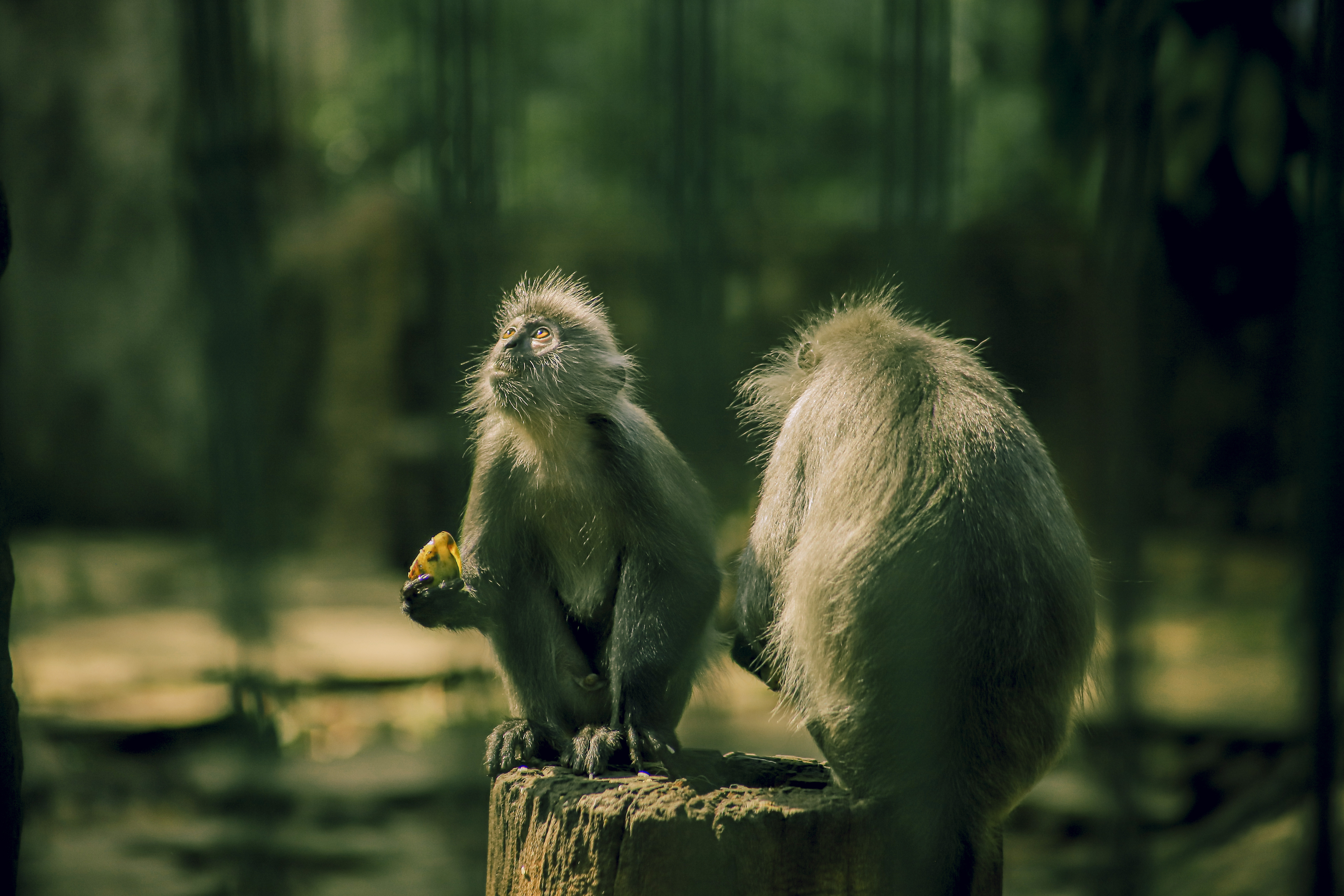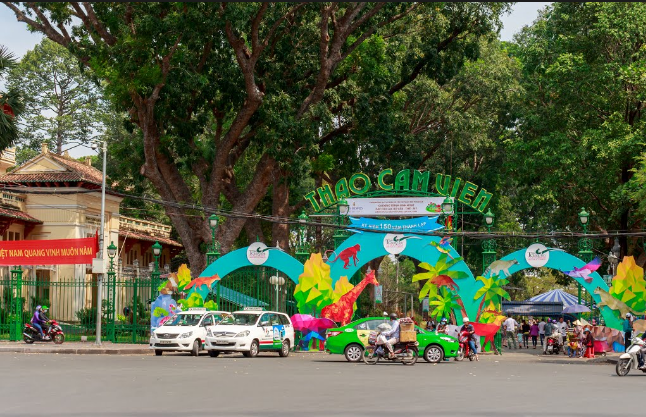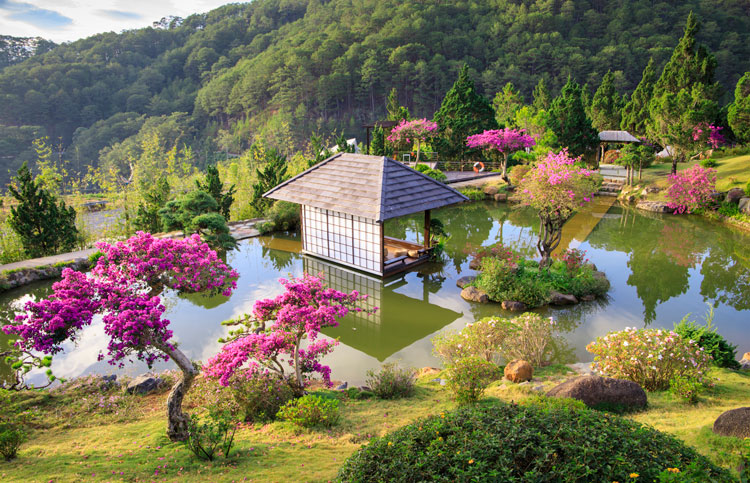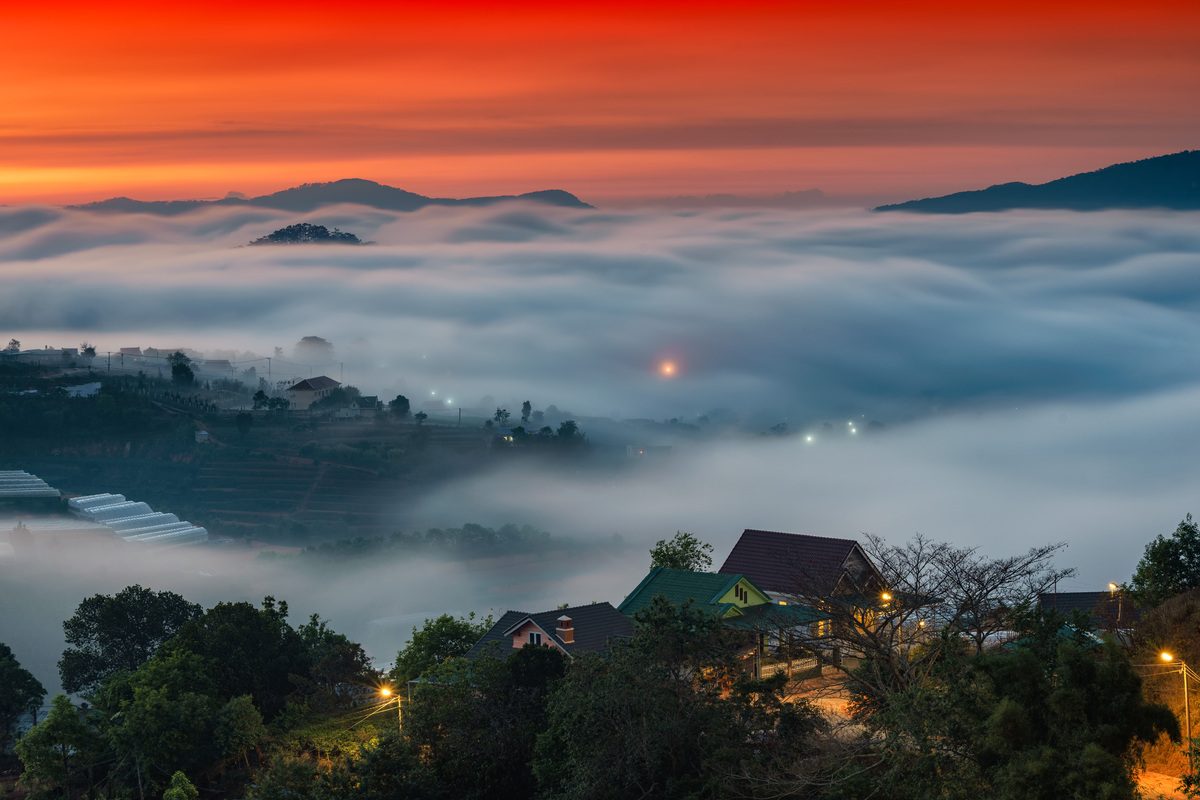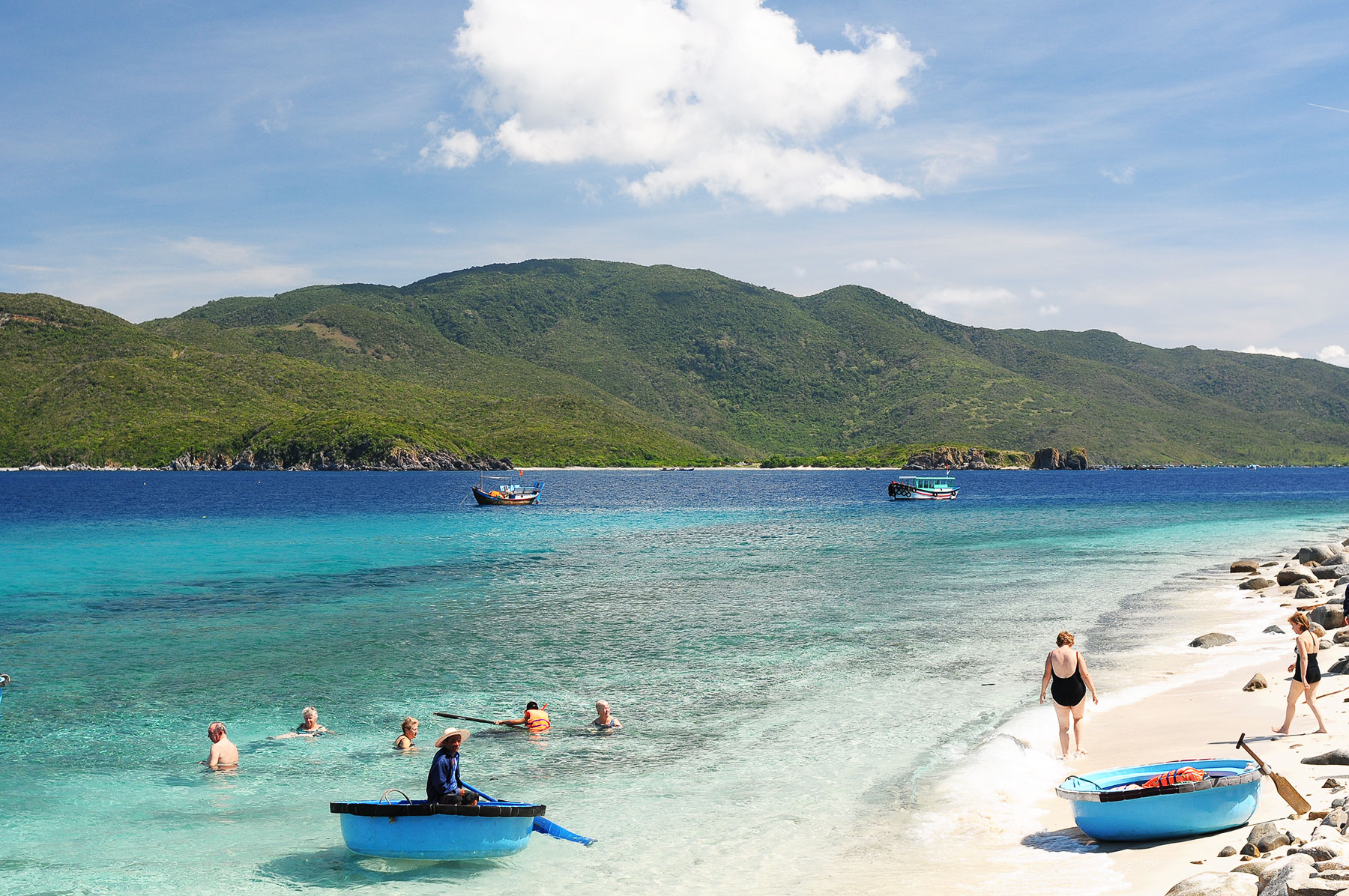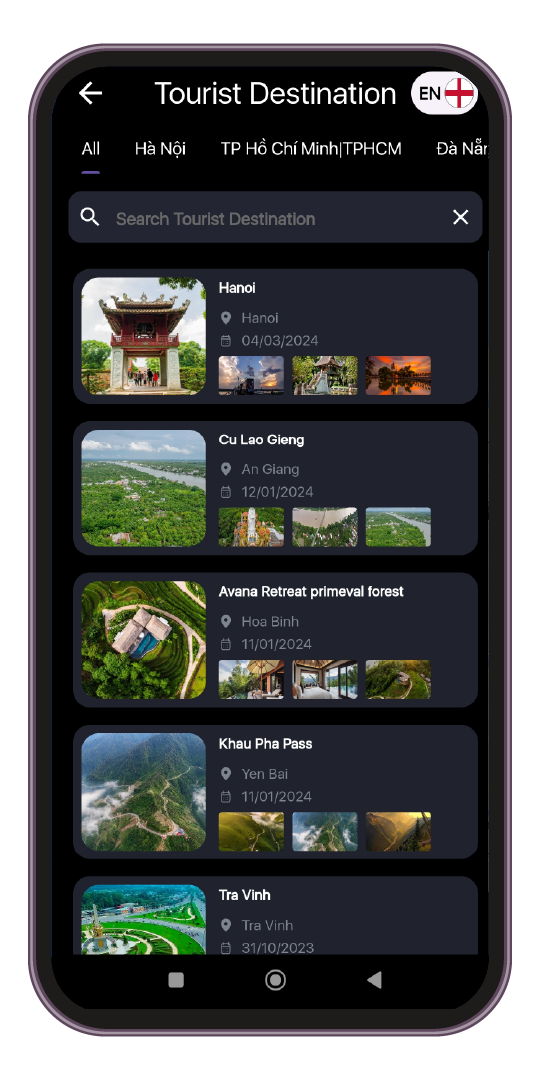Binh Dong wharf here not only used to be a busy trading point between Saigon and the Western provinces but also retains ancient cultural beauties, notably the flower boat wharf of each Tet and spring season. Following the flow With the passage of time, Binh Dong wharf still retains intact the vivid cultural beauty with unique traditional values in the heart of modern Saigon urban area. The typical scene here on Tet day is bustling on the wharf under the boat with bustling markets selling a variety of goods from food to ornamental plants and the spring flower market. The spring flower market in Binh Dong during the peak season has up to About 500 gardeners from Western provinces such as Long An, Tien Giang, Ben Tre, Dong Thap... participated with hundreds of potted ornamental plants. Flowers and ornamental plants of all kinds are blooming, bringing a brilliant space to the landscape here. According to recorded history, in the 18th century, a part of the Chinese people migrated from Bien Hoa (Dong Nai) to both sides of the Tau Hu canal. They traded and established businesses here, making this place become busy and bustling and creating a premise for establishing Binh Dong wharf. By the 19th century, Binh Dong wharf was officially formed during the urban development process in Gia Dinh (Saigon) along with other famous wharves such as Ham Tu wharf, Bach Dang wharf, Thanh wharf, Nghe wharf... This place has become the gateway for trade between Saigon and neighboring provinces, especially the western provinces of the Southern region. Today, there are still rows of ancient houses built in the 20th century in the style of townhouses, two stories high and tiled roofs. Although it has been renovated a lot, in general it still retains the bold architectural features of the old Binh Dong wharf. The marina opposite the row of ancient houses, although not as busy as before, is still a place to anchor and trade many boats from far away to Saigon. On Tet, Binh Dong wharf stands out with the image of hundreds of boats. Transporting flowers and ornamental plants from gardeners to serve the Lunar New Year such as: bonsai pots, apricot blossoms, large kumquats or ornamental flowers such as marigolds, porcelain flowers, orchids, Da Lat flowers, Confetti,... diverse colors, types, prices, carefully trimmed, uniquely shaped to attract buyers. Besides the main trade of rice, Binh Dong wharf also Trade in fruits and household items is very busy. Visitors coming here can shop for many different products to serve their needs. It is no coincidence that Binh Dong Wharf has become one of the hot places in Saigon. When coming here, visitors will have countless ideal check-in points such as: Pedestrian bridge number 7 across Binh Dong wharf and Vo Van Kiet street. This place is beautifully decorated to help visitors take in the entire scene of the spring flower market. Besides, visitors can also listen to amateur music and take souvenir photos... At Binh Dong wharf, Ward 13, District 8, there are many large old warehouses with very beautiful architecture. These warehouses create a different, simple, simple yet sophisticated space. At alley number 505 Binh Dong, there is a miniature landscape specially designed in the style of the cozy space of the ethnic Tet, with the image of a familiar grandfather. This will definitely be an interesting check-in point for visitors. Don Ca Tai Tu is a typical cultural feature of Southern Vietnam. Coming to Binh Dong wharf, in addition to admiring the blooming flowers and checking in to beautiful locations, visitors can also enjoy amateur music on boats floating on the river. Each boat follows a river bank to perform for the people. The performance program includes ancestral songs in amateur folk music, Vong Co singing, excerpts from classic Cai Luong plays, and songs with themes of spring, homeland, and country. Among the pagodas at Binh Dong wharf, District 8, Long Hoa pagoda stands out as a temple belonging to the Northern sect, located at 360A Binh Dong wharf, Ward 15, District 8, City. Ho Chi Minh. Long Hoa Pagoda divides the main hall into 2 parts: the Dai Hung Bao hall upstairs has a 3m high statue worshiping Buddha Shakyamuni, and the lower floor is the lecture hall. The back area of the main hall displays the Medicine Master Palace with 3,000 Medicine Buddha statues along with the Eighteen Arhats and Tripitaka. Behind the Duoc Su Palace is the Quan Am Cac built on the lake. In 1996, the pagoda was rebuilt as large and beautiful as it is today. Binh Dong Wharf is an attractive tourist destination not to be missed every time you visit Saigon. Coming here, you will experience a very old Saigon mixed with modern rhythms that no matter where you go, you will never forget this special impression.
Ho Chi Minh City 630 view From November to March
Ngày cập nhật : 06/12/2024


 vn
vn en
en ja
ja ko
ko zh
zh


















